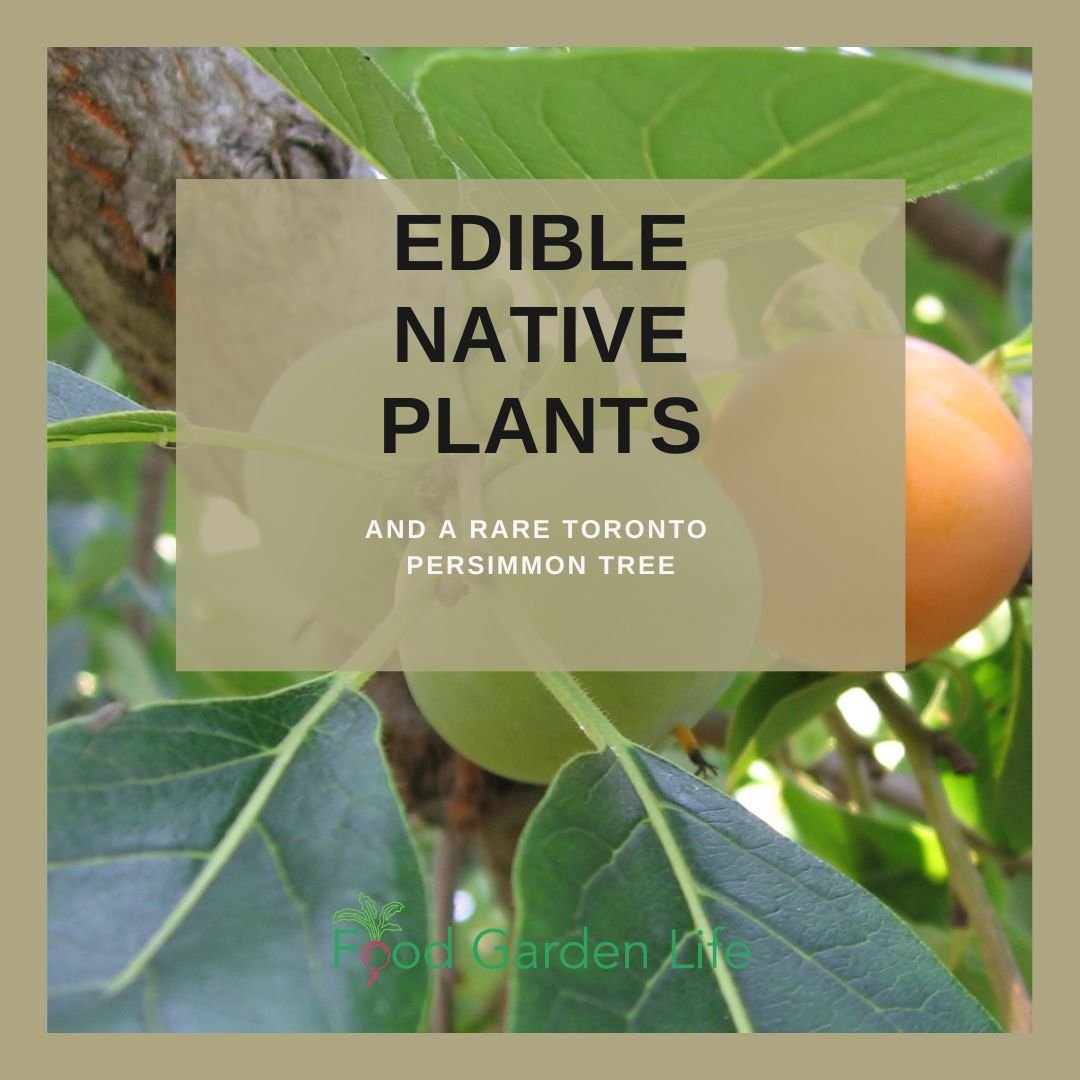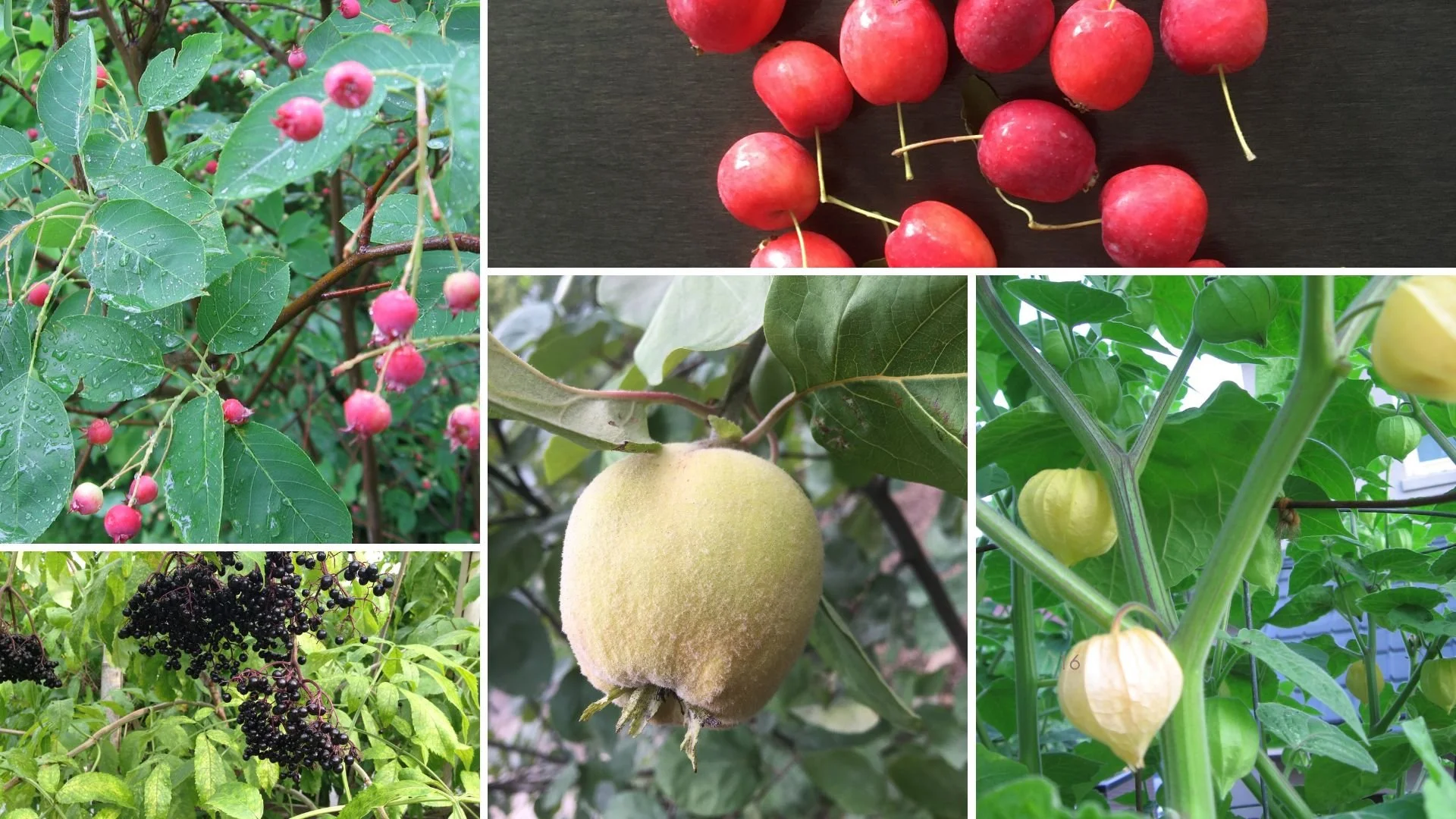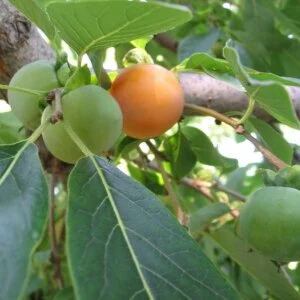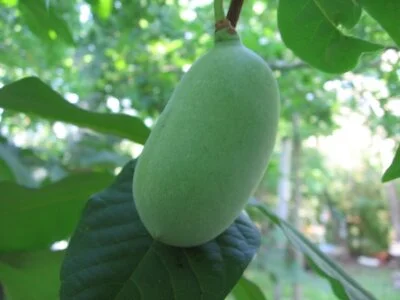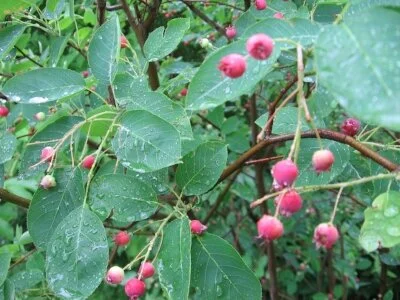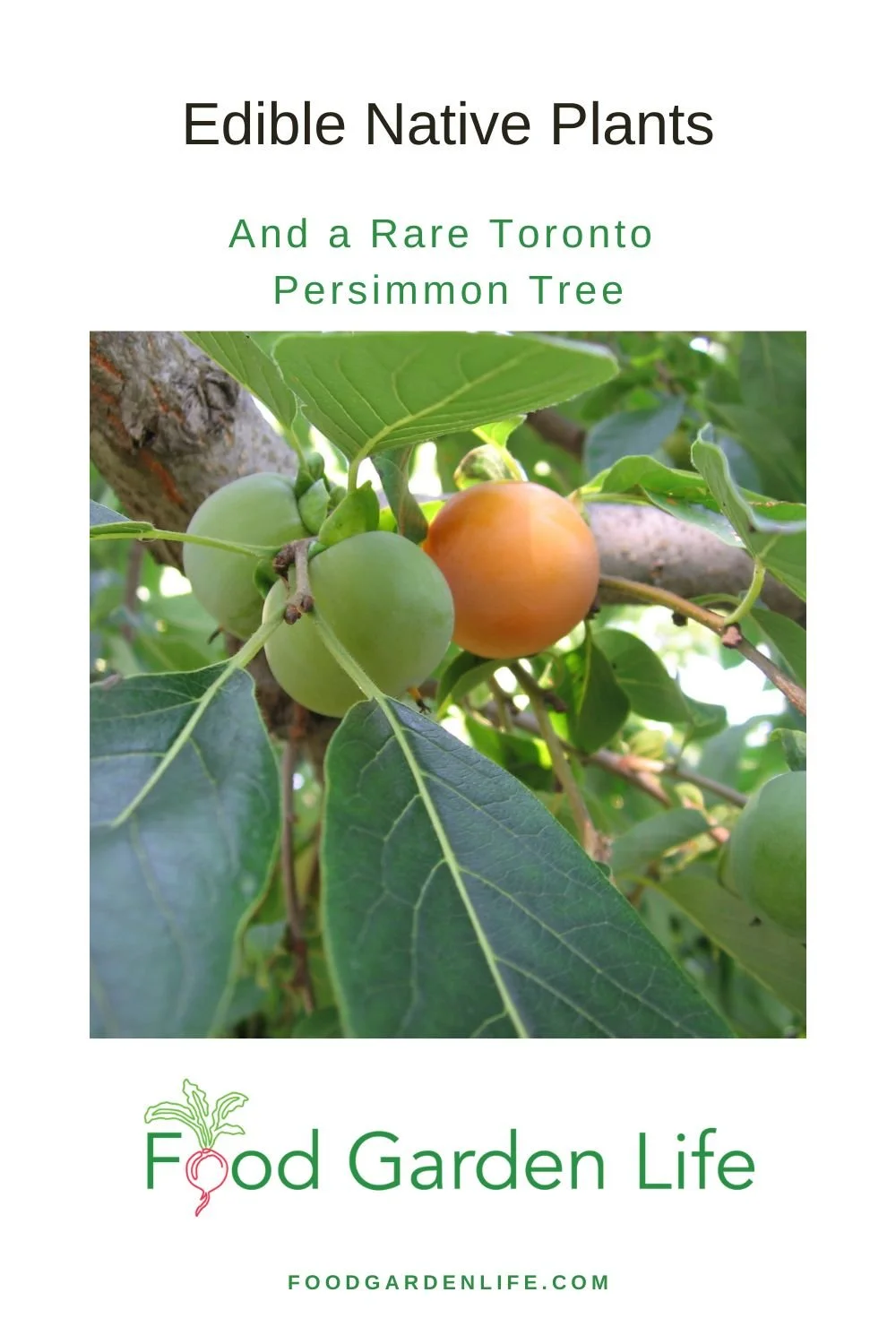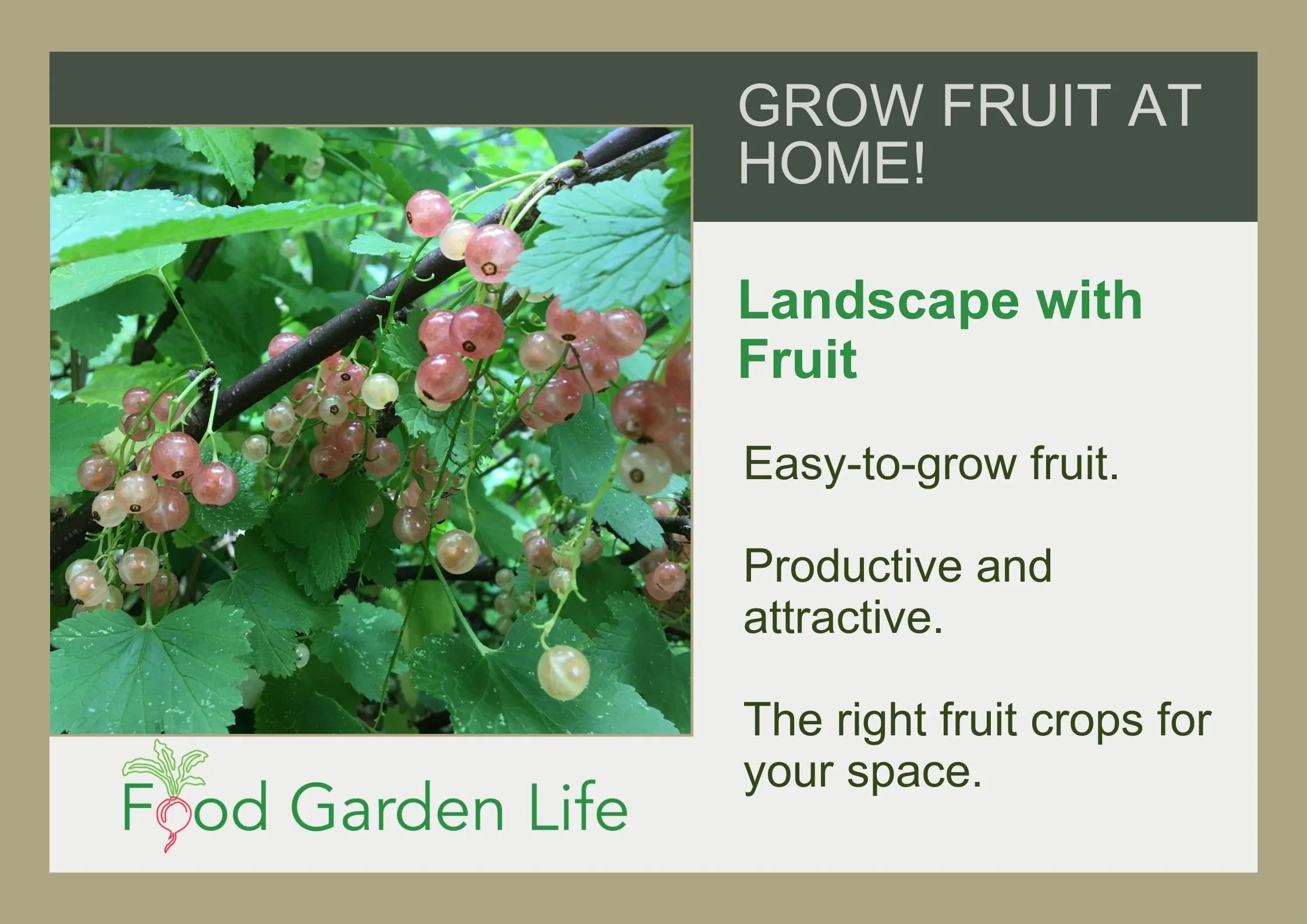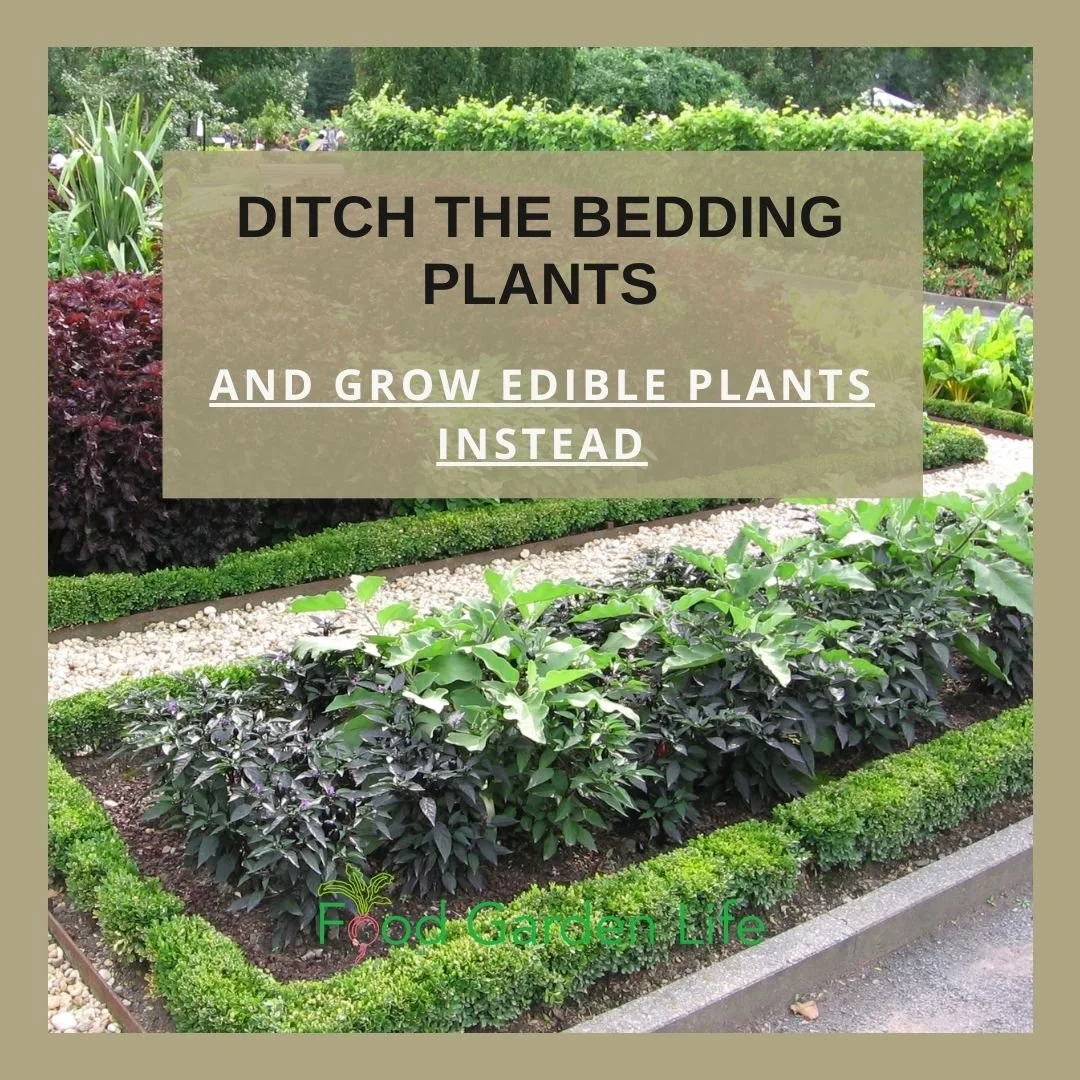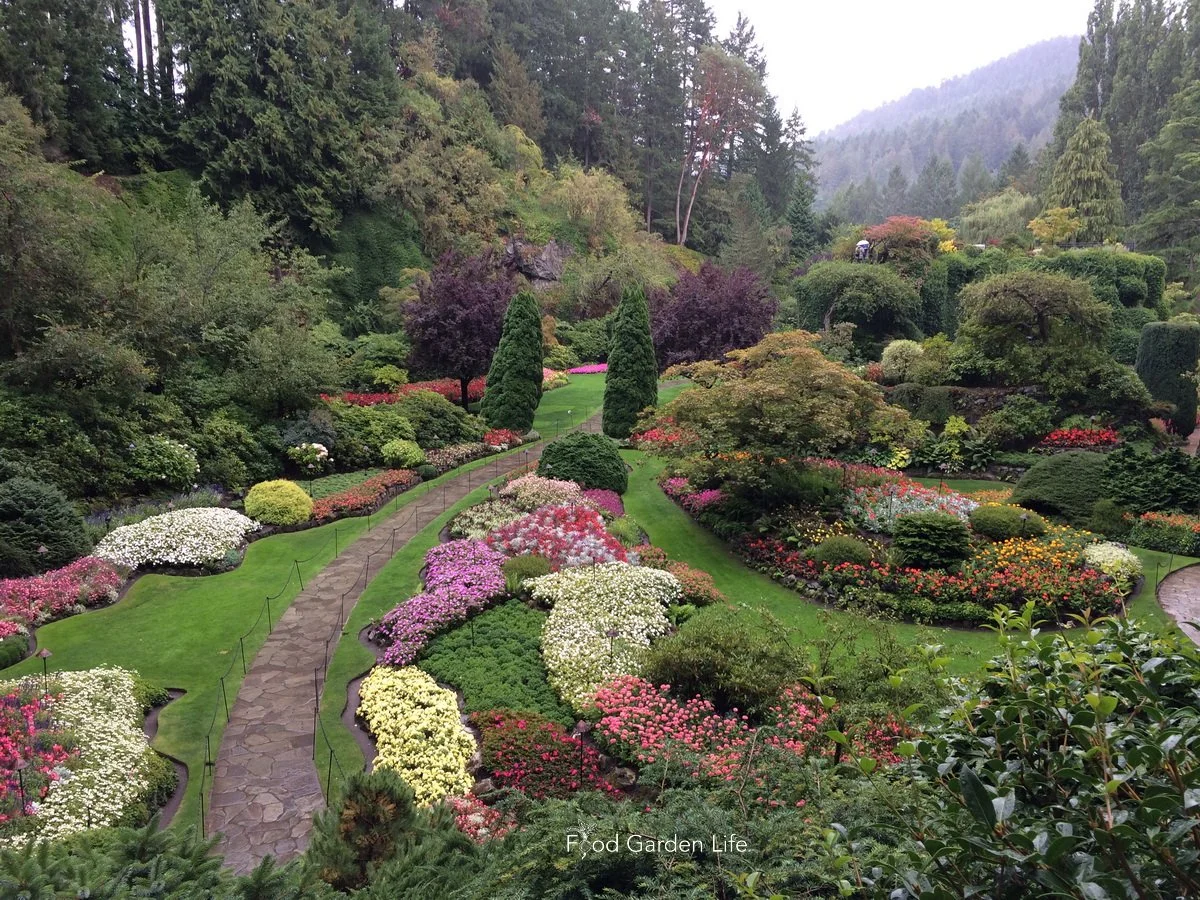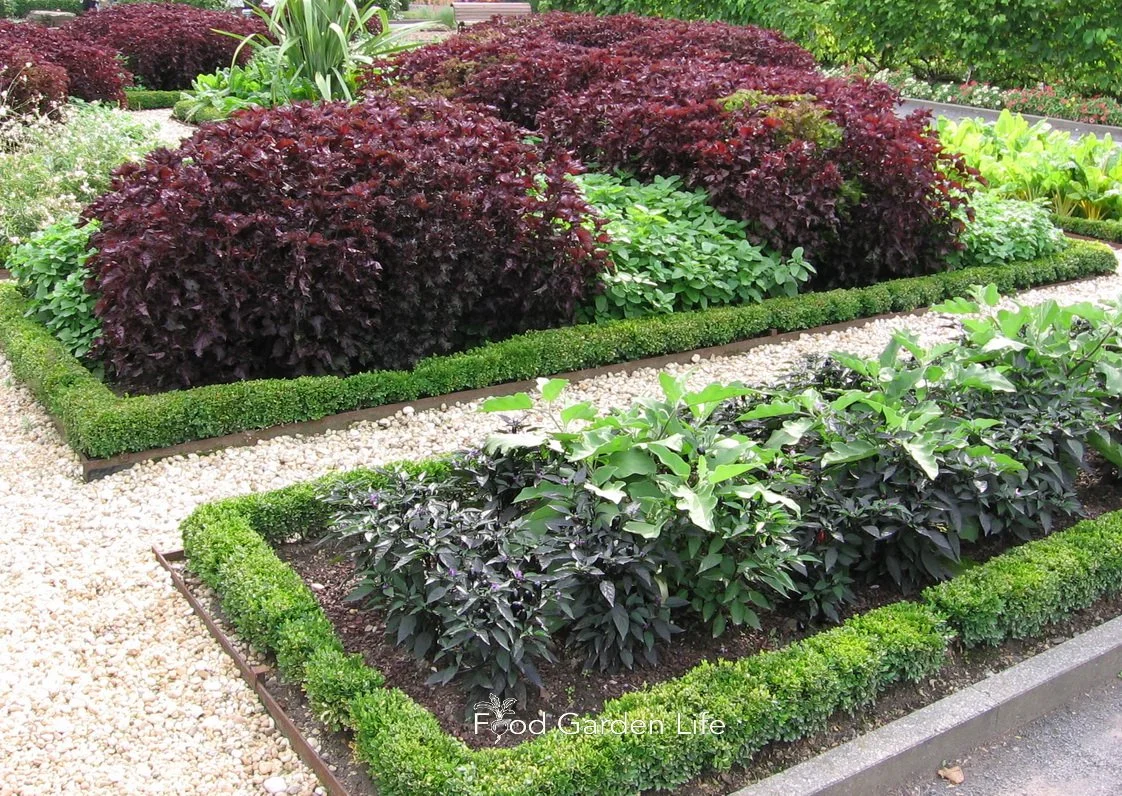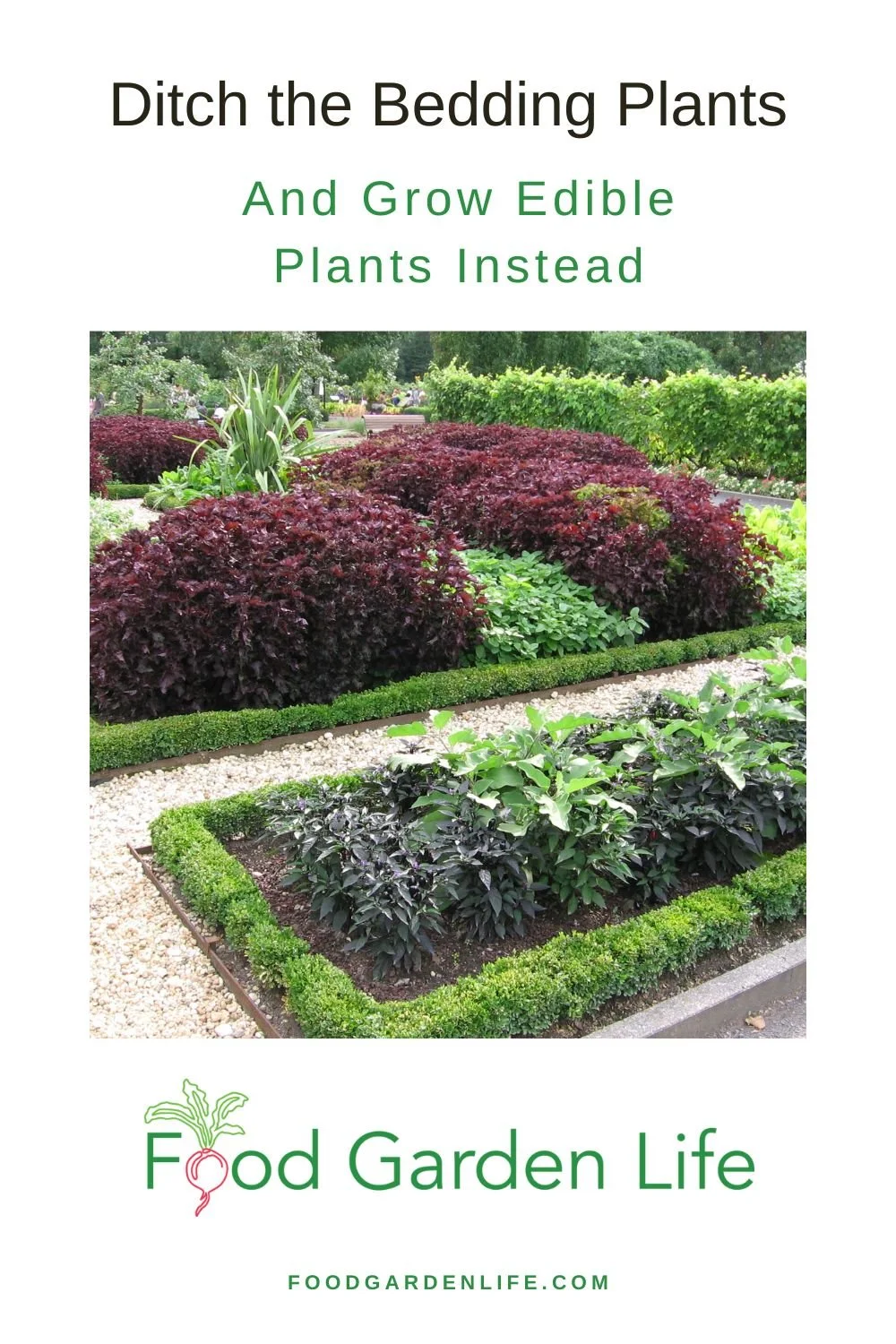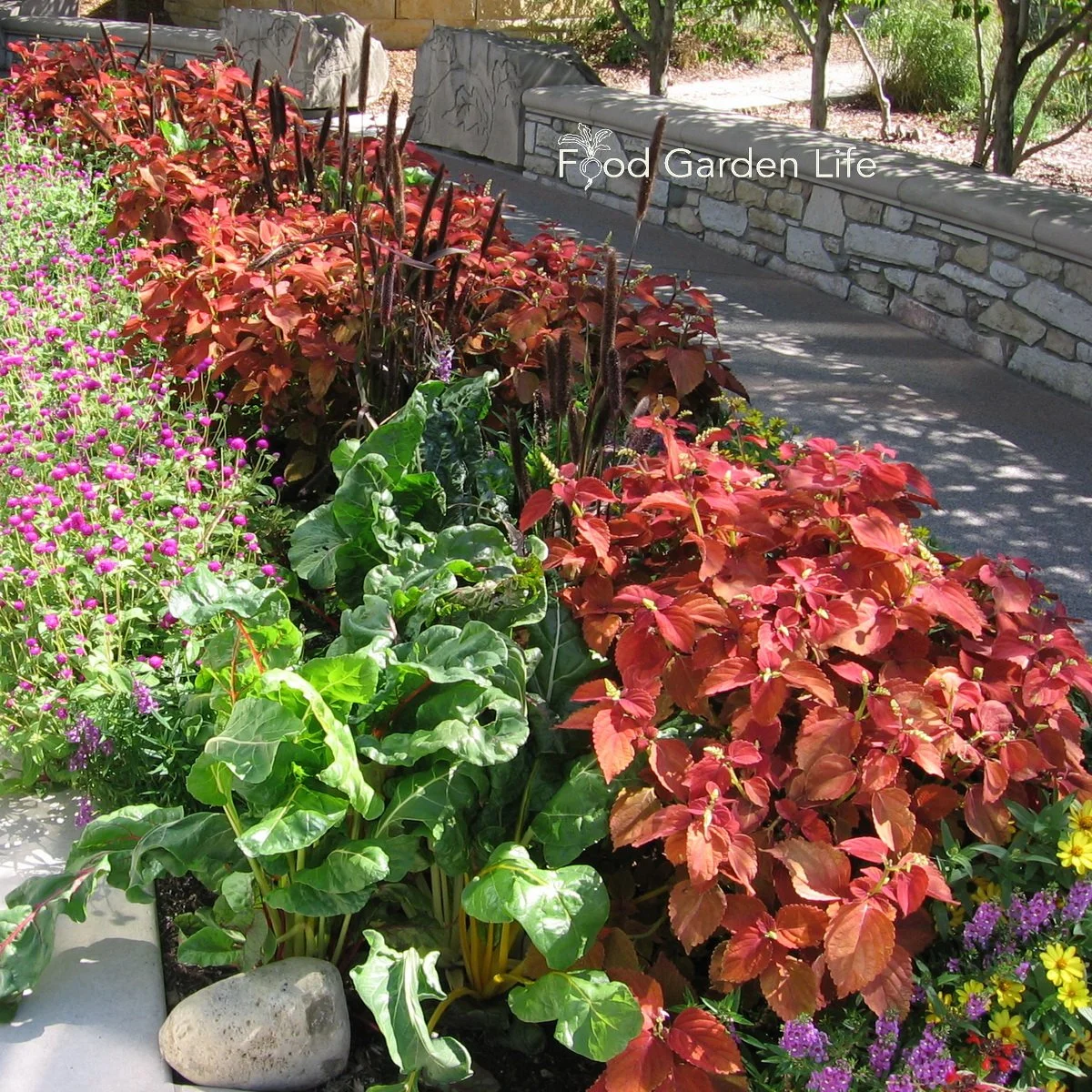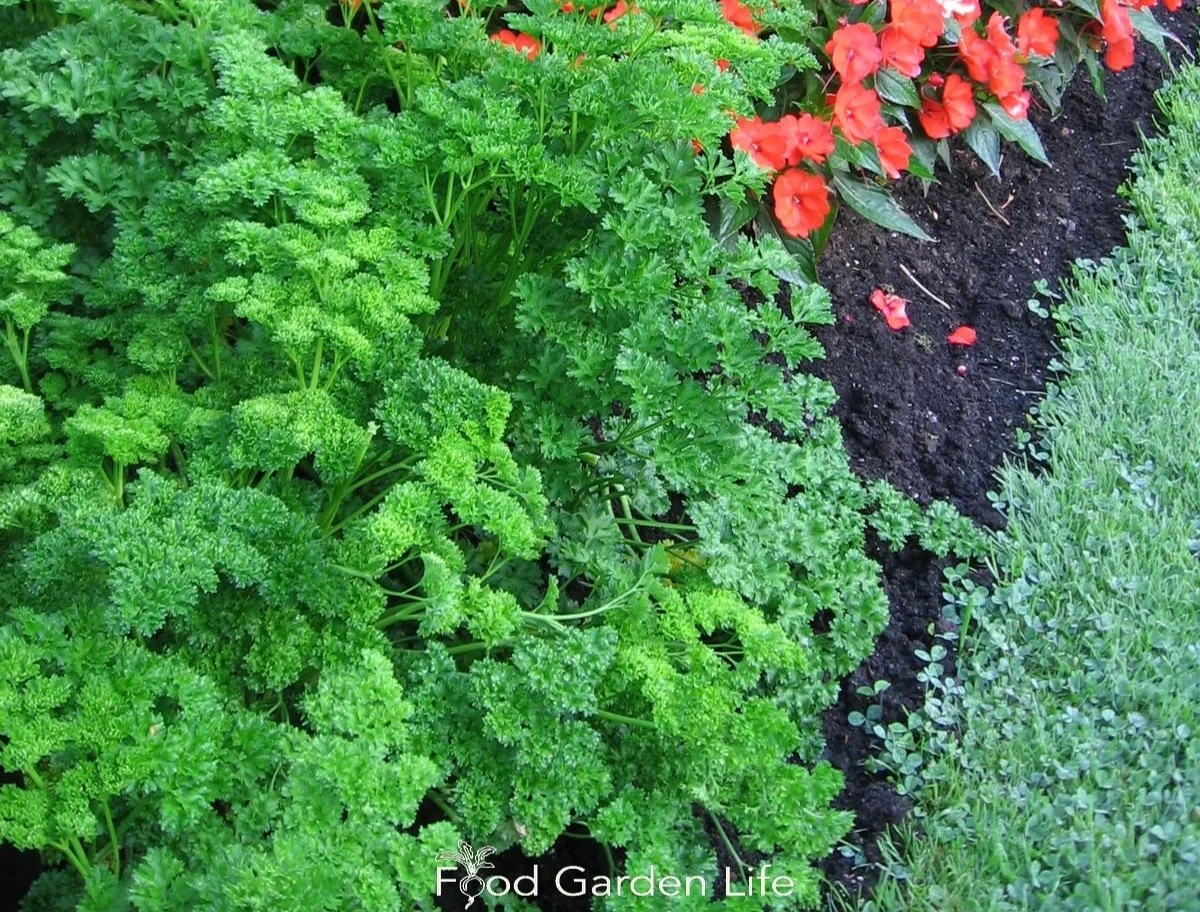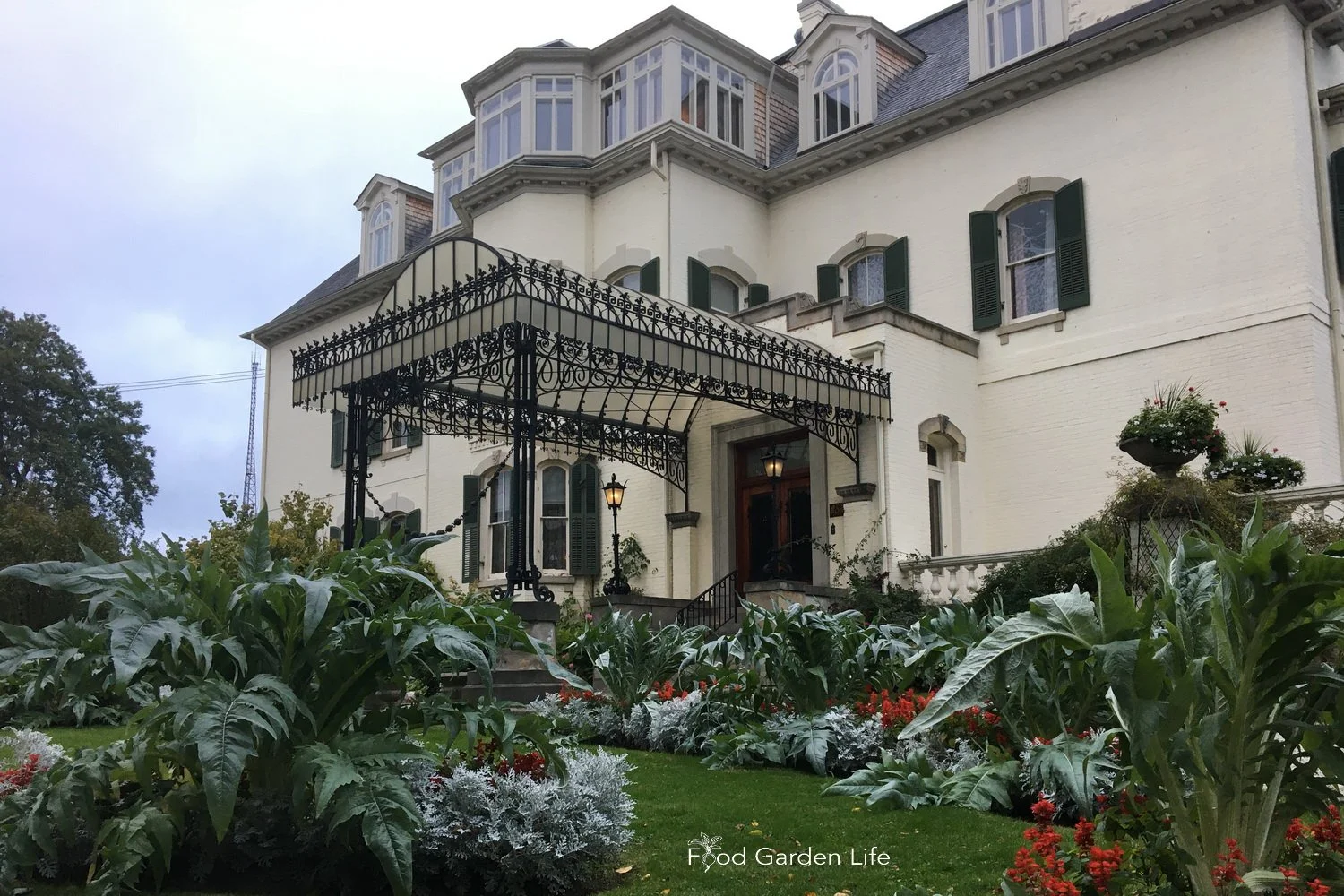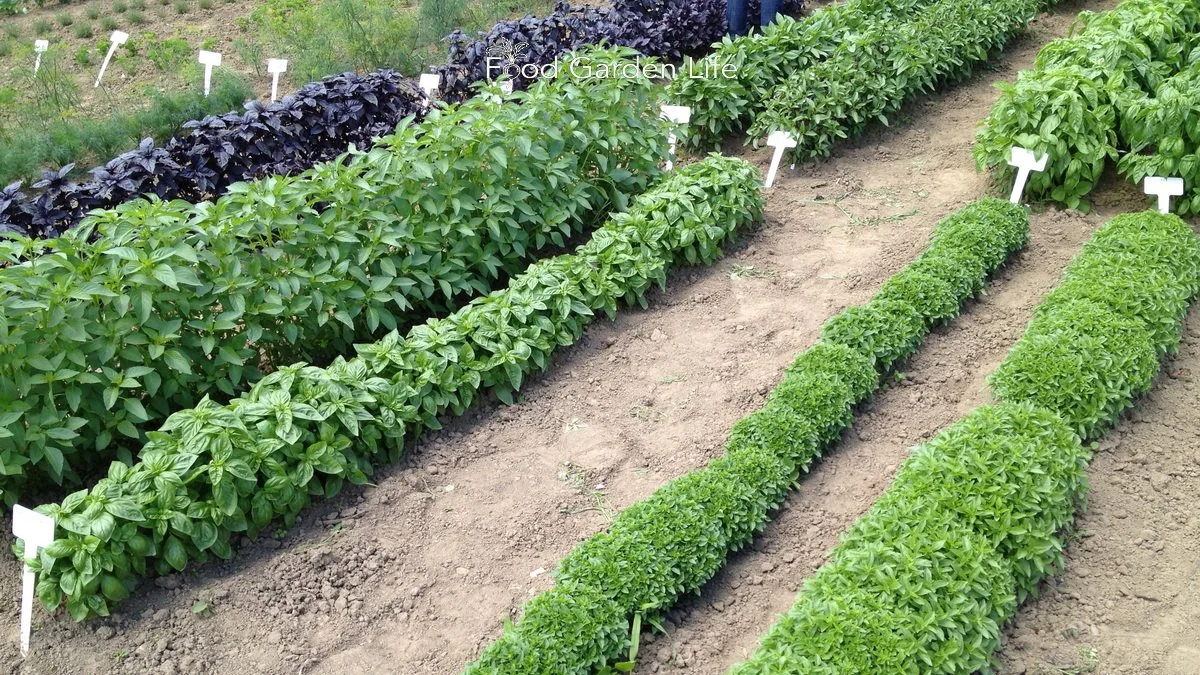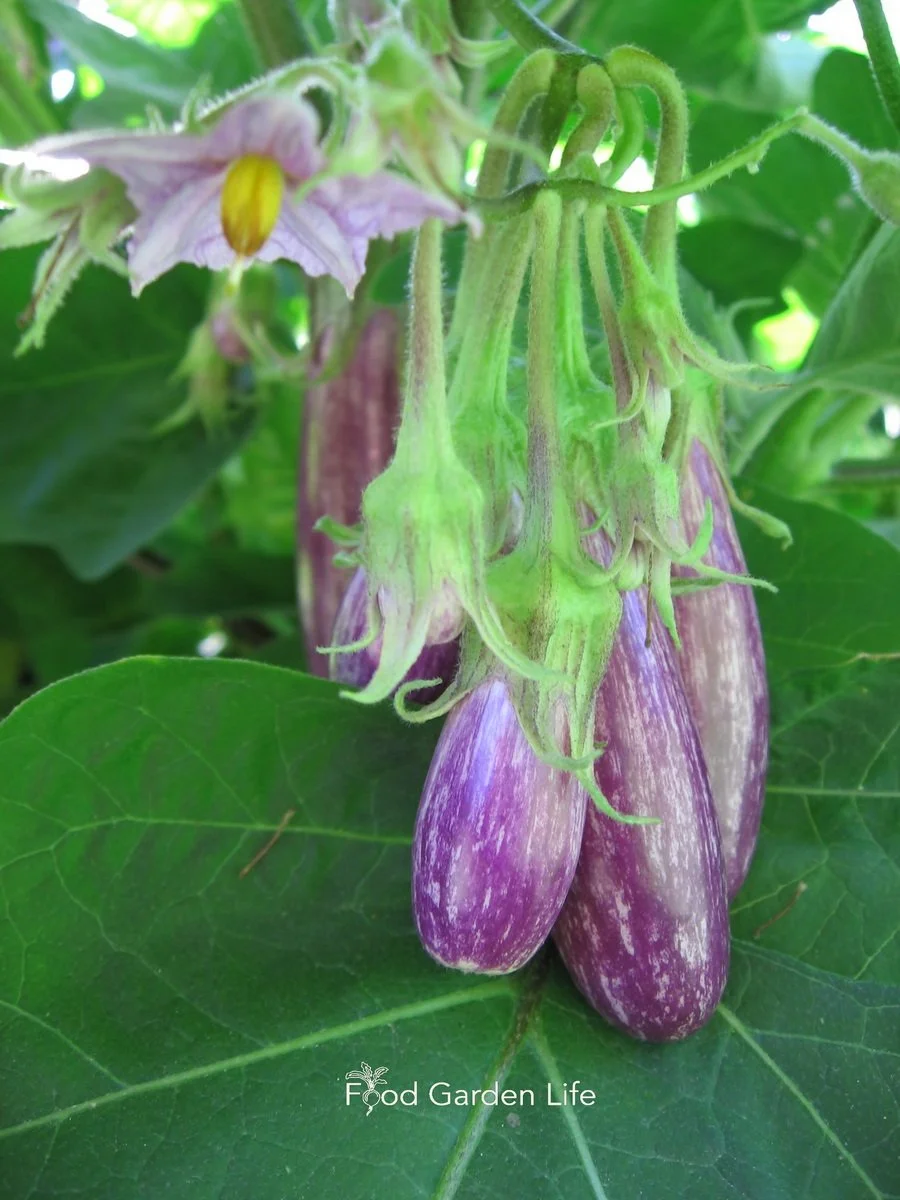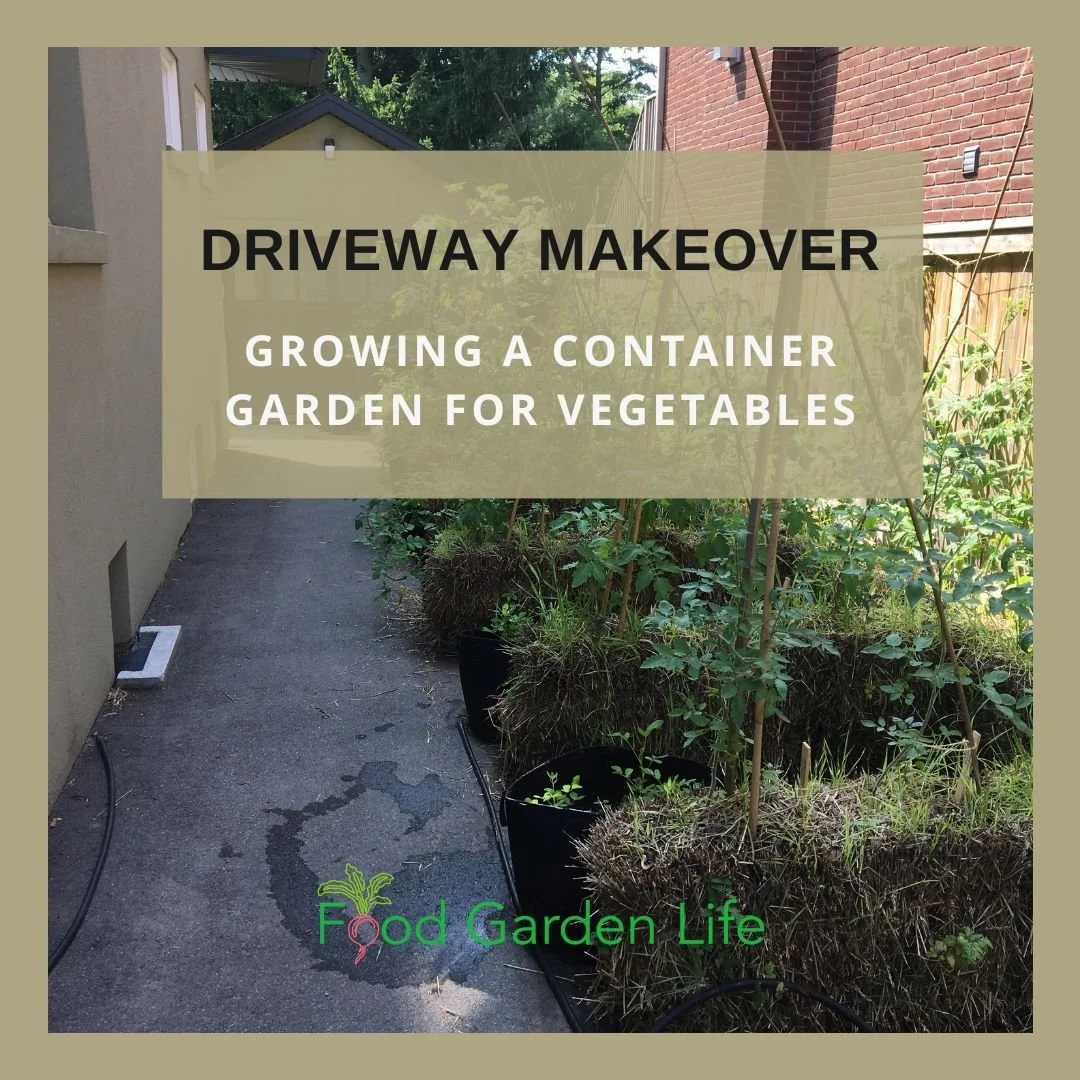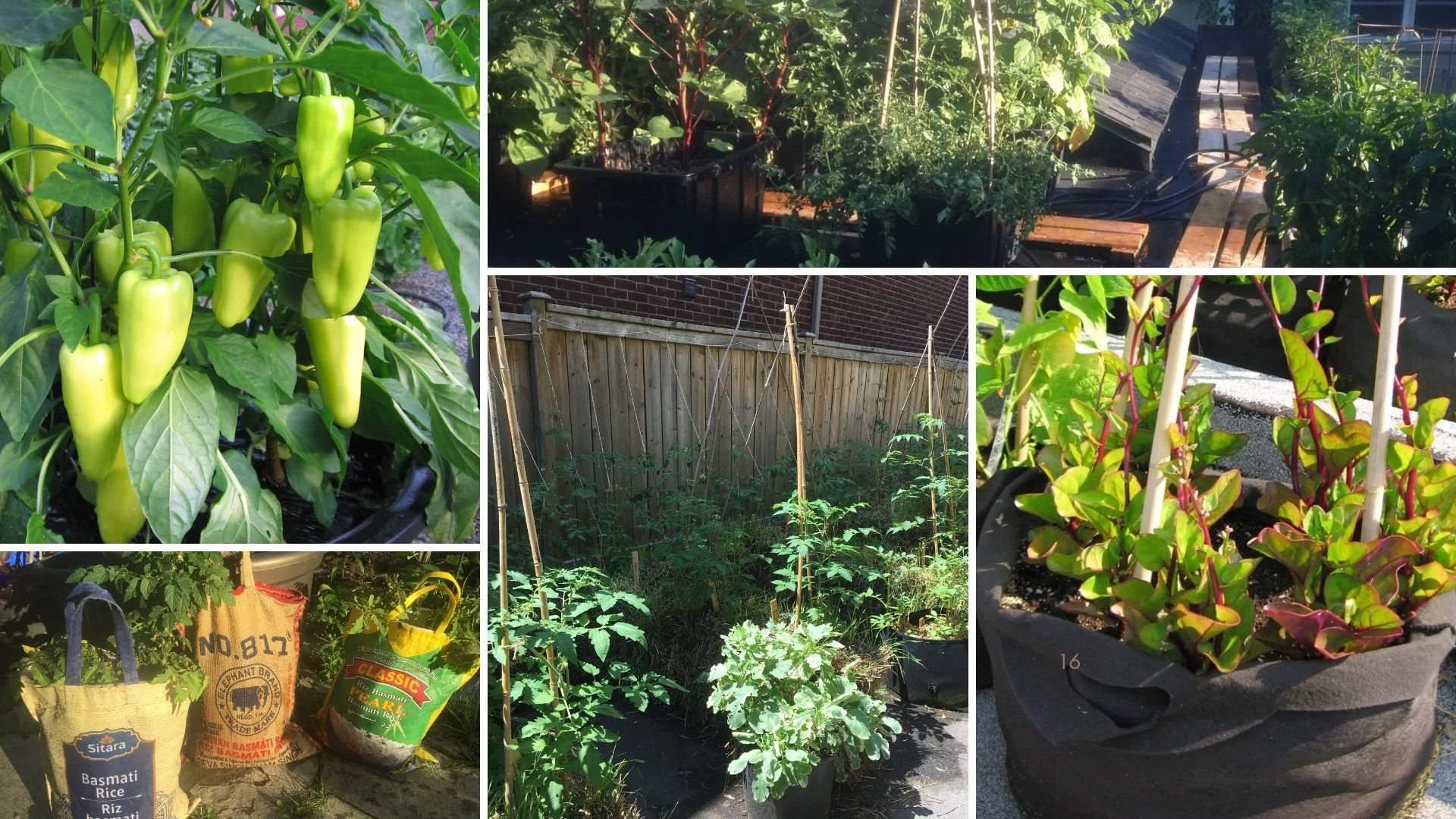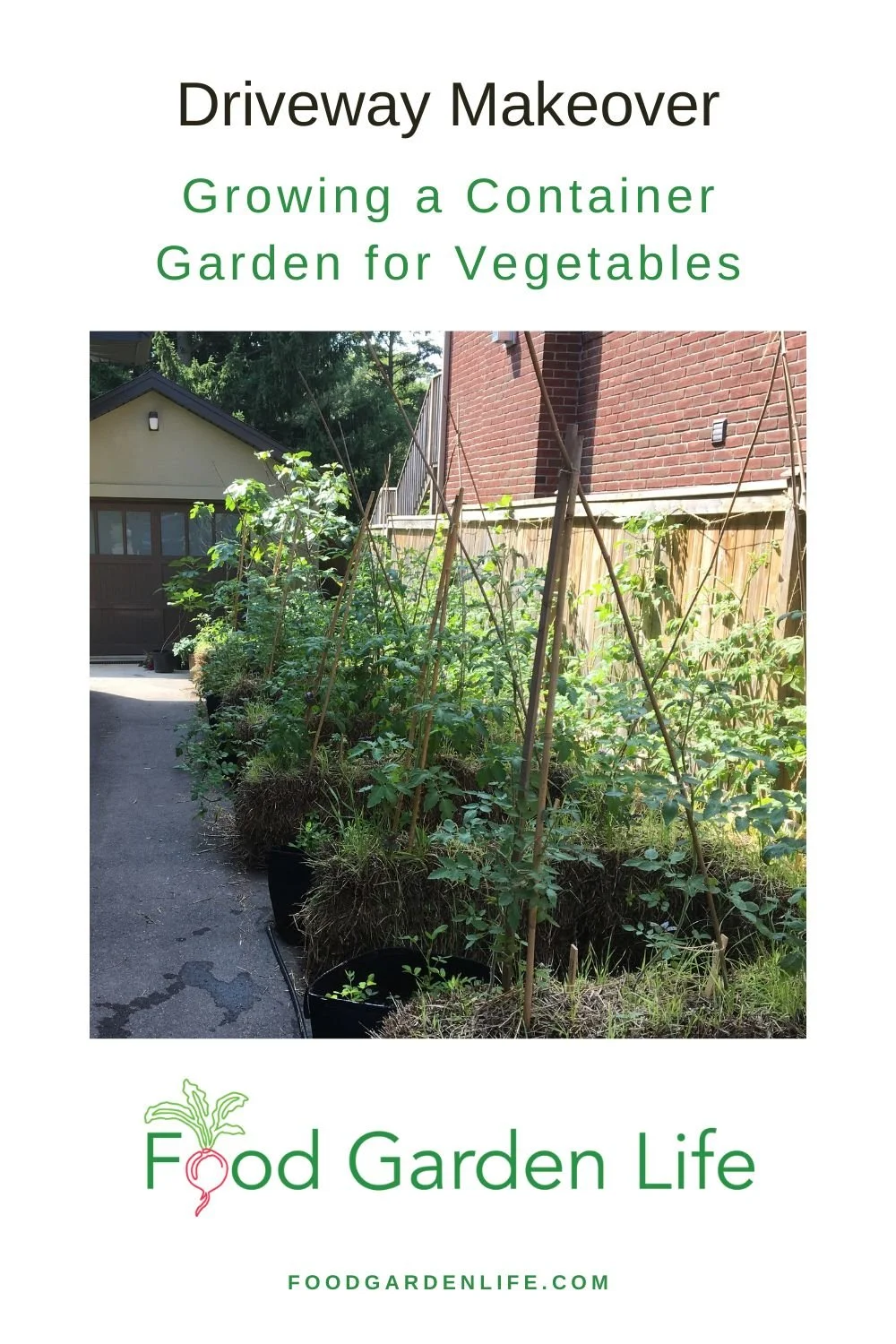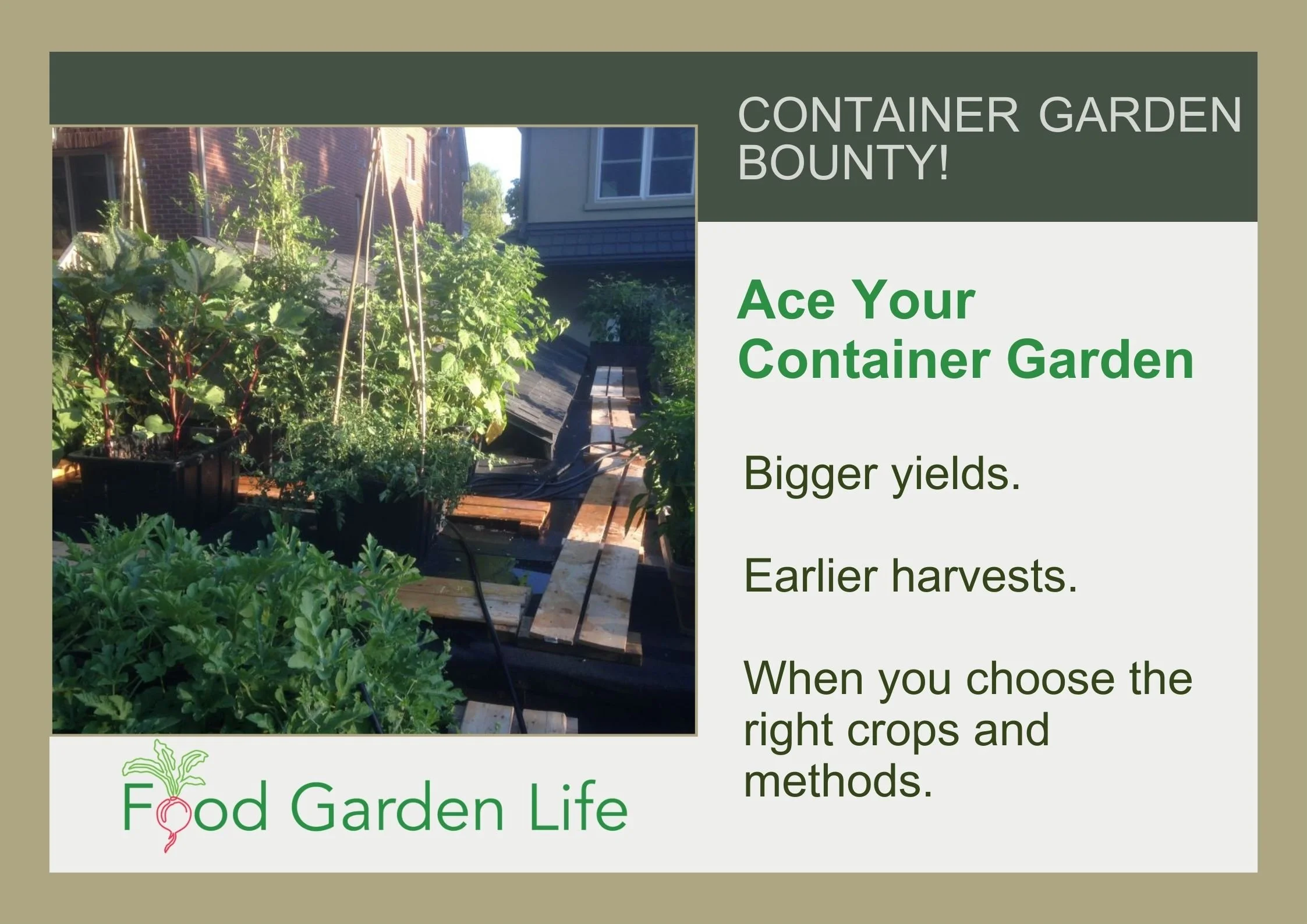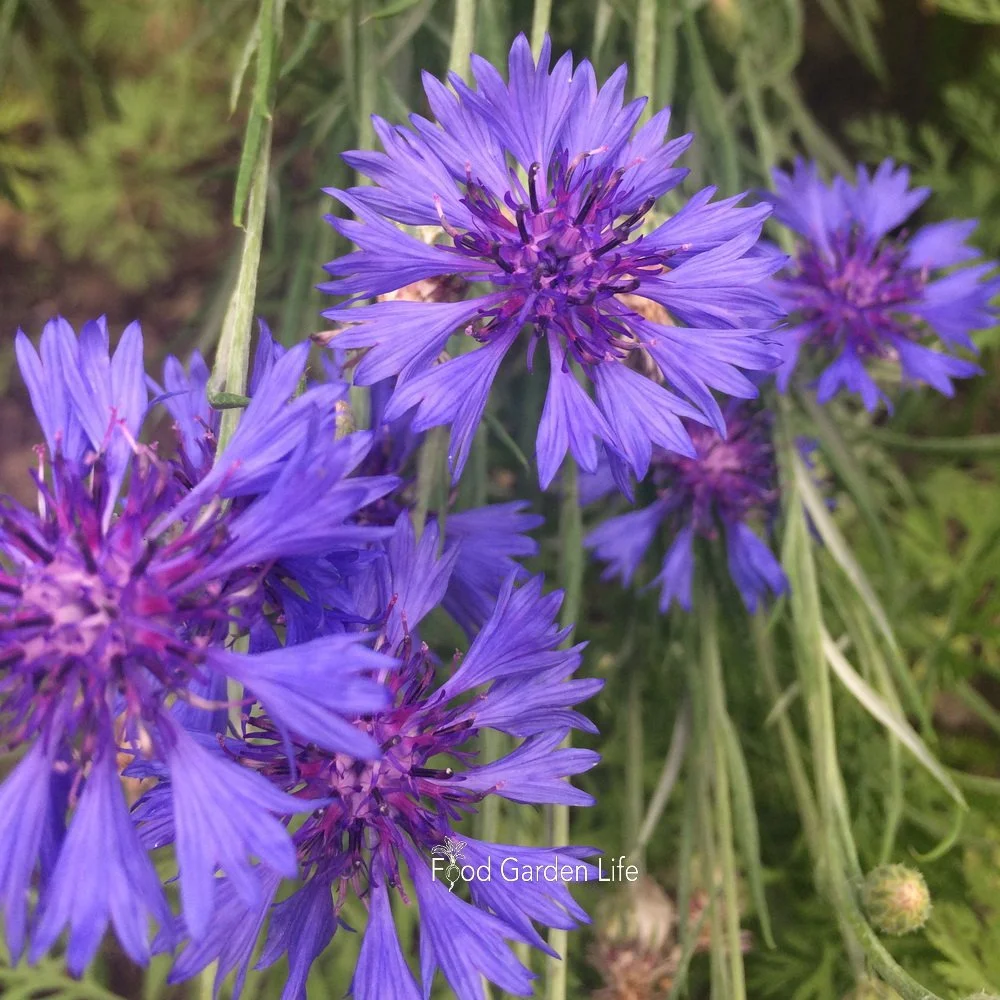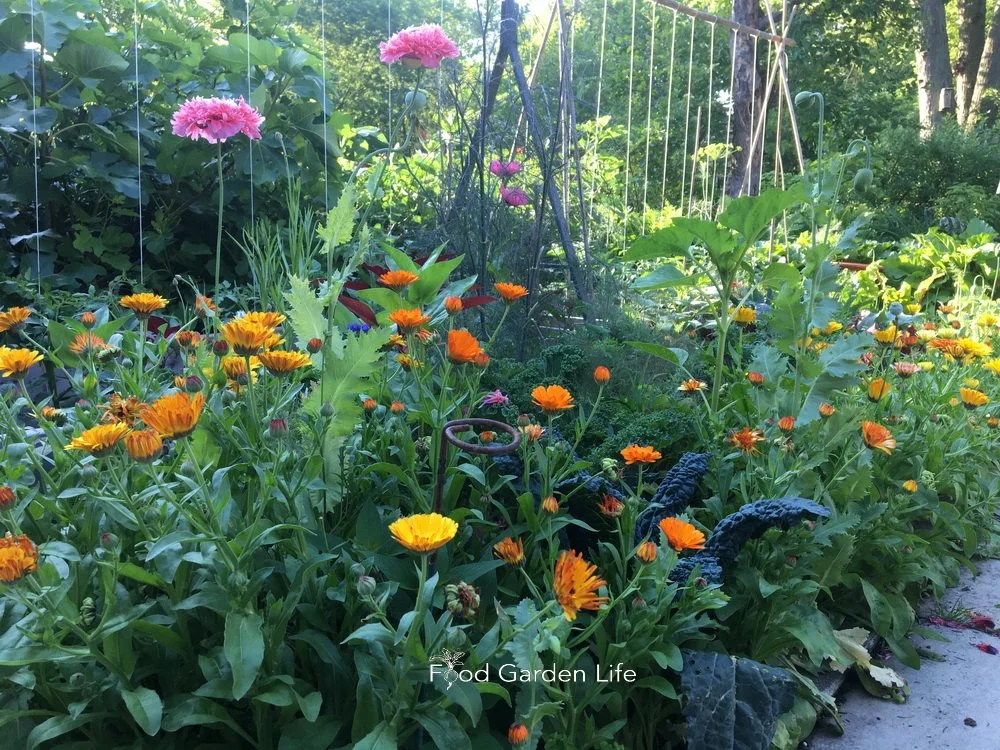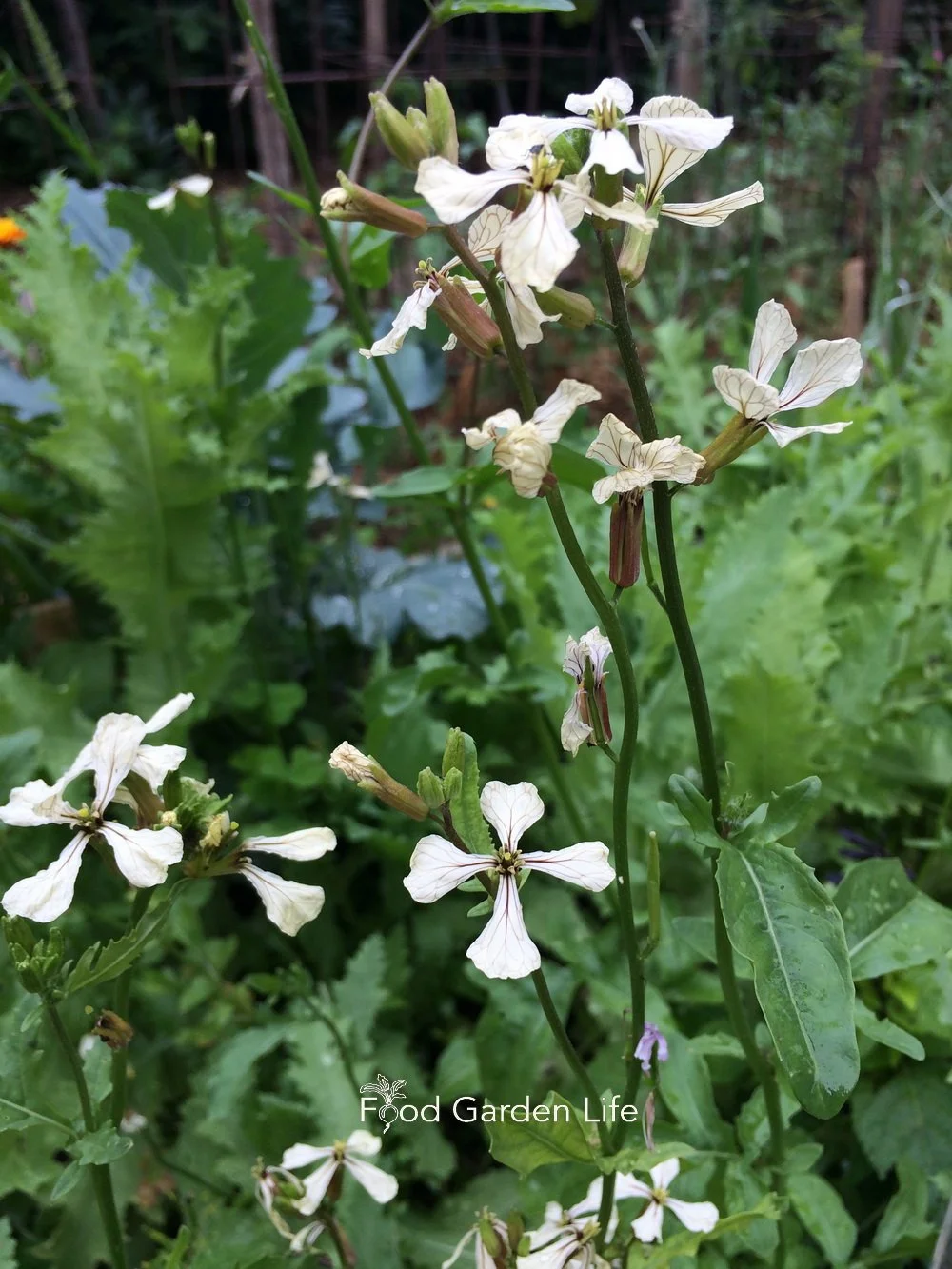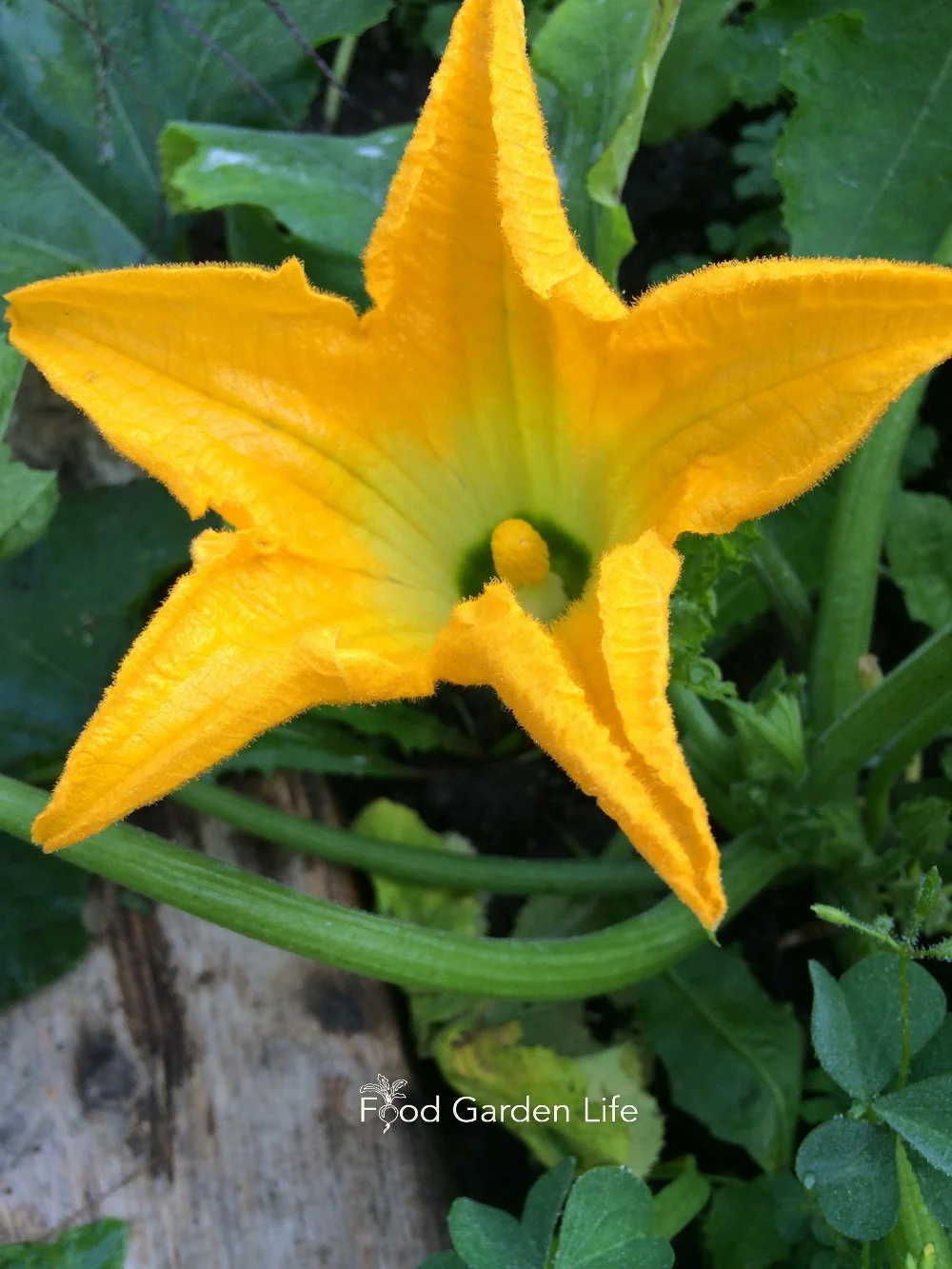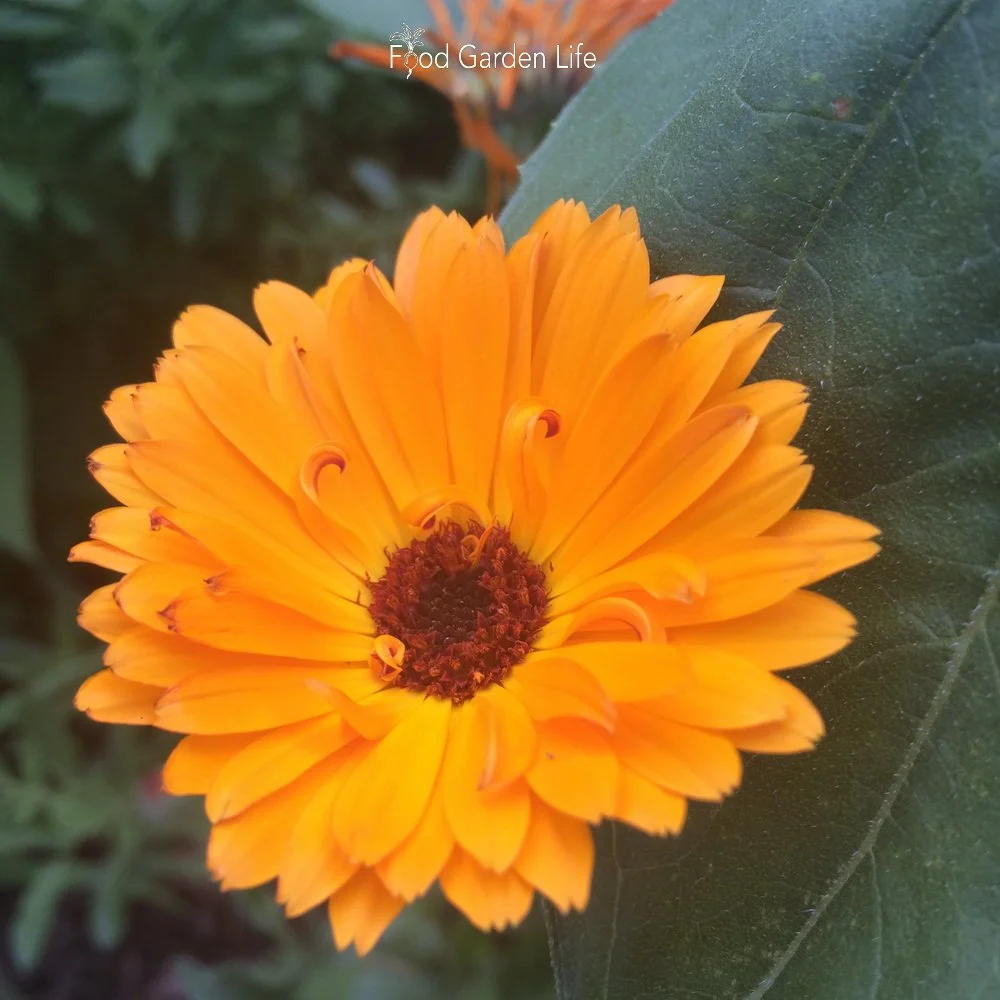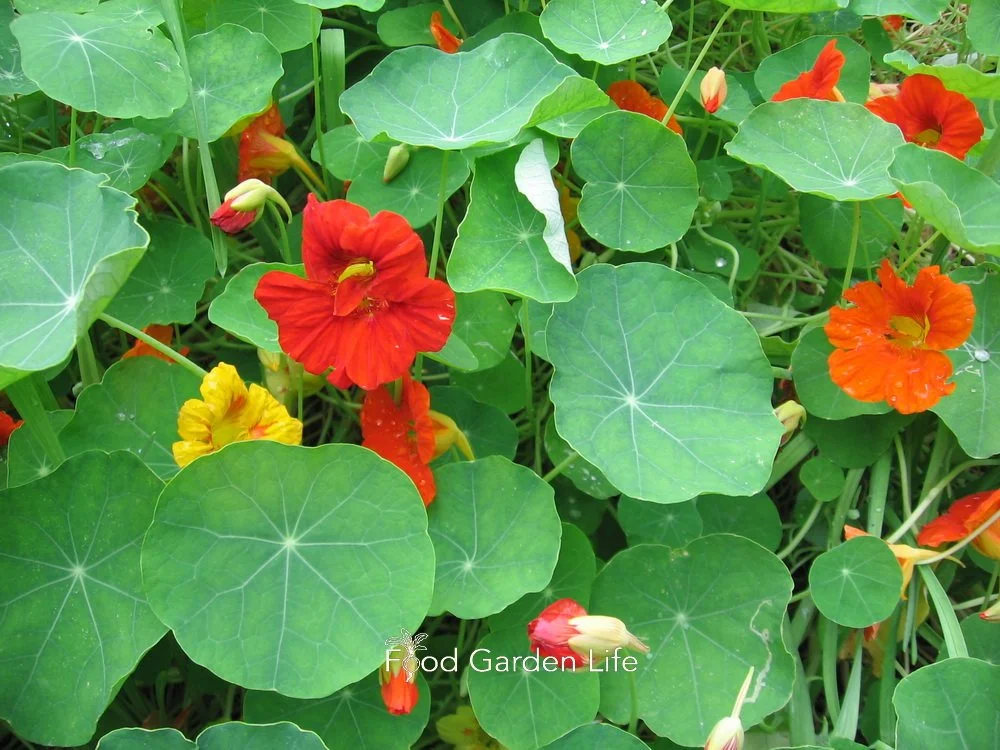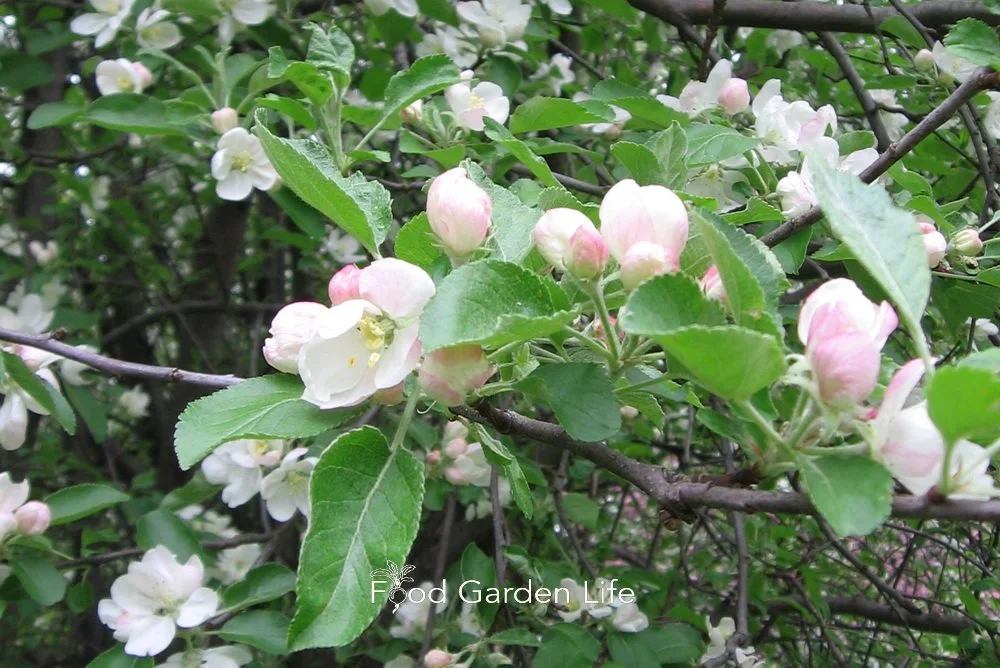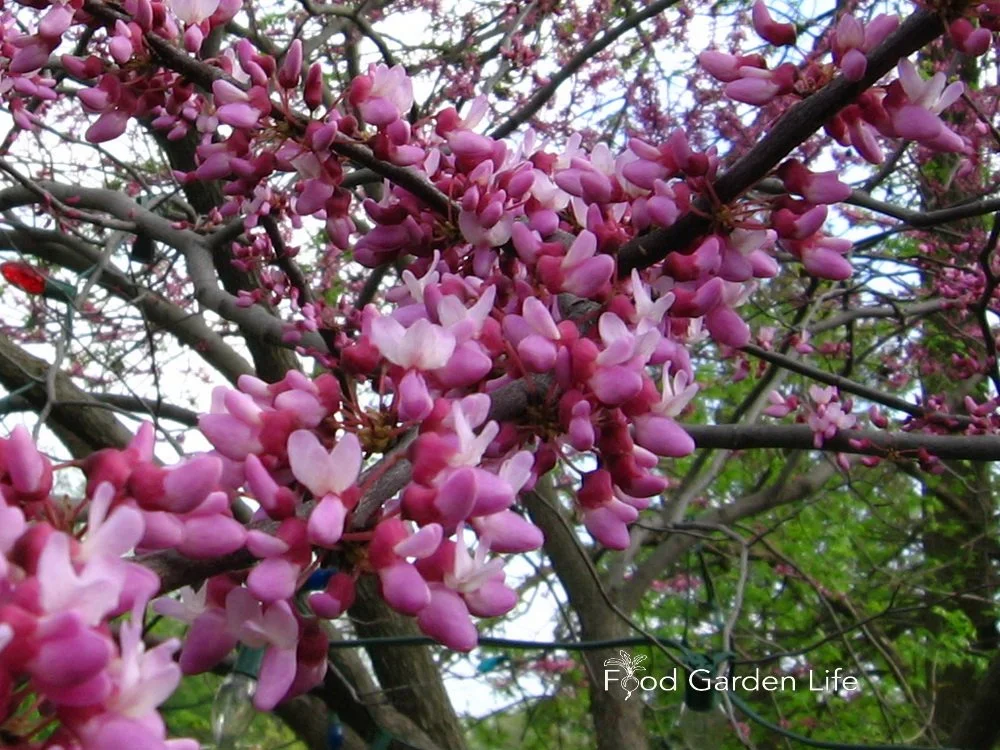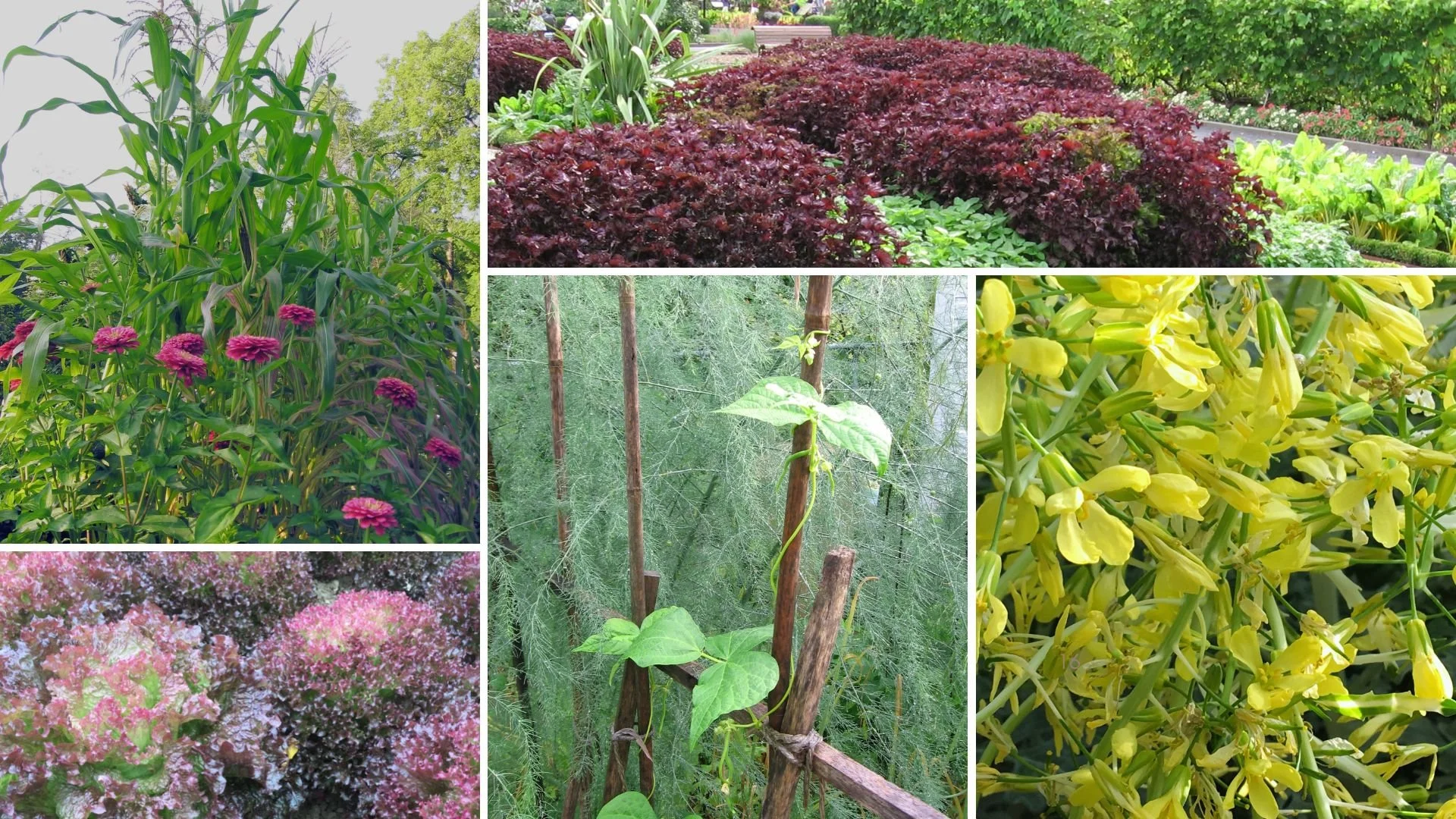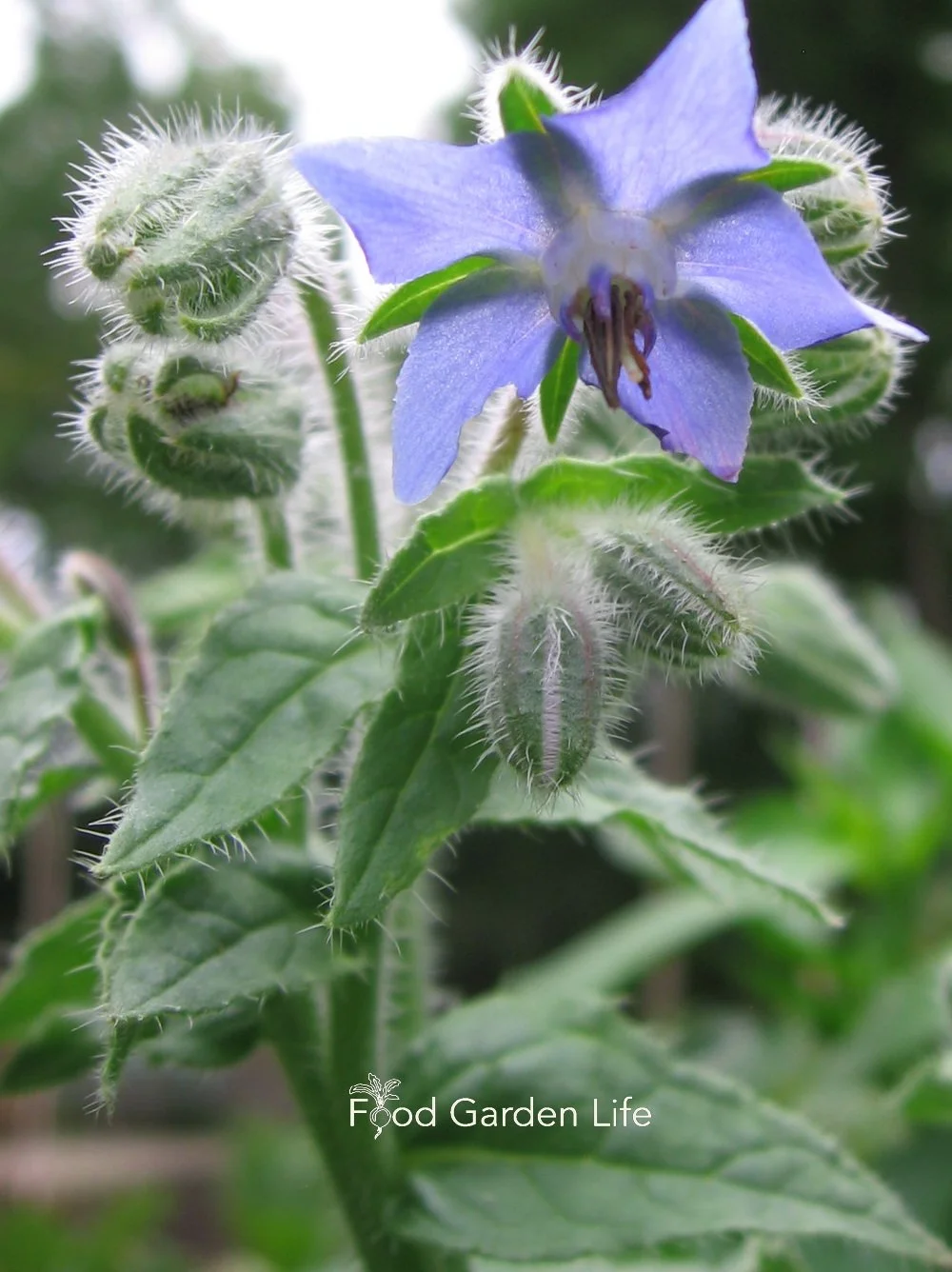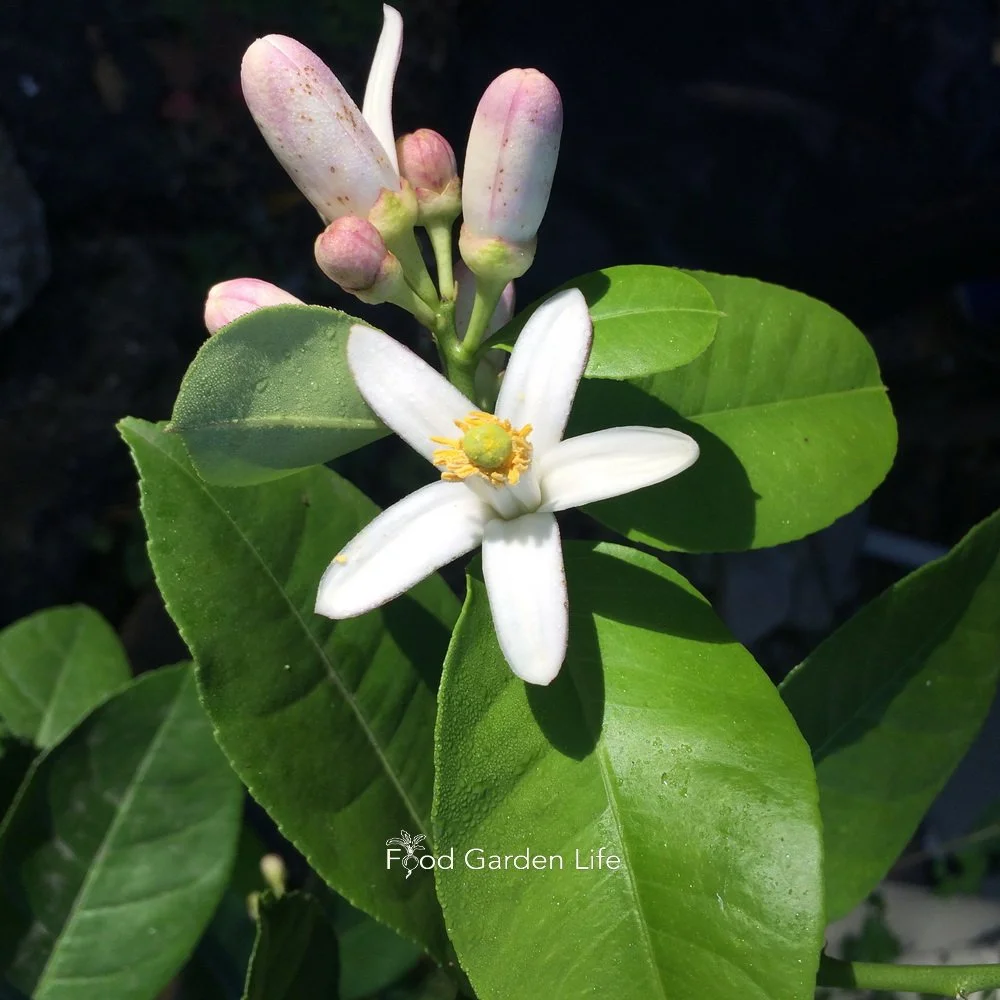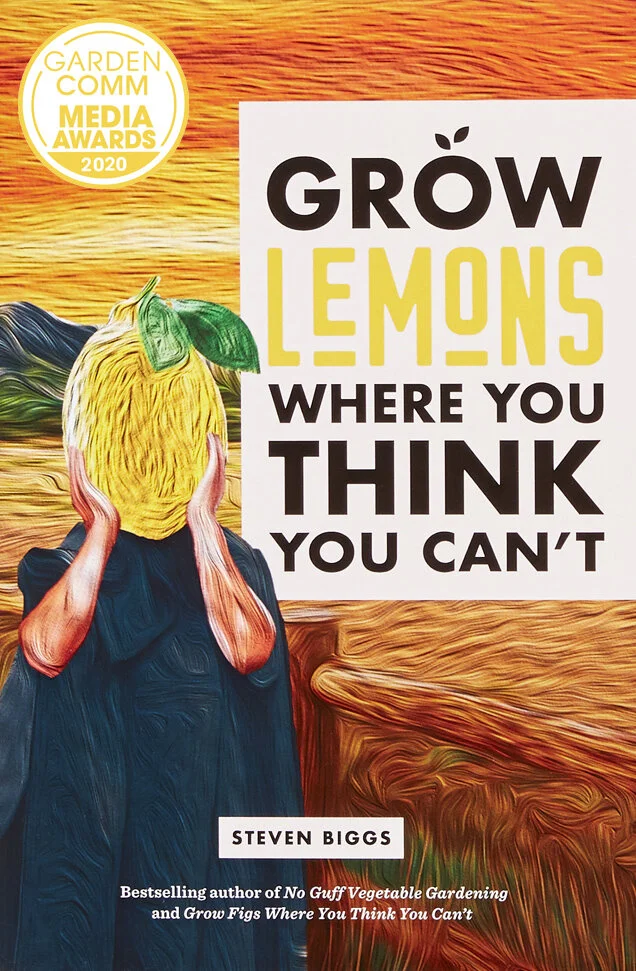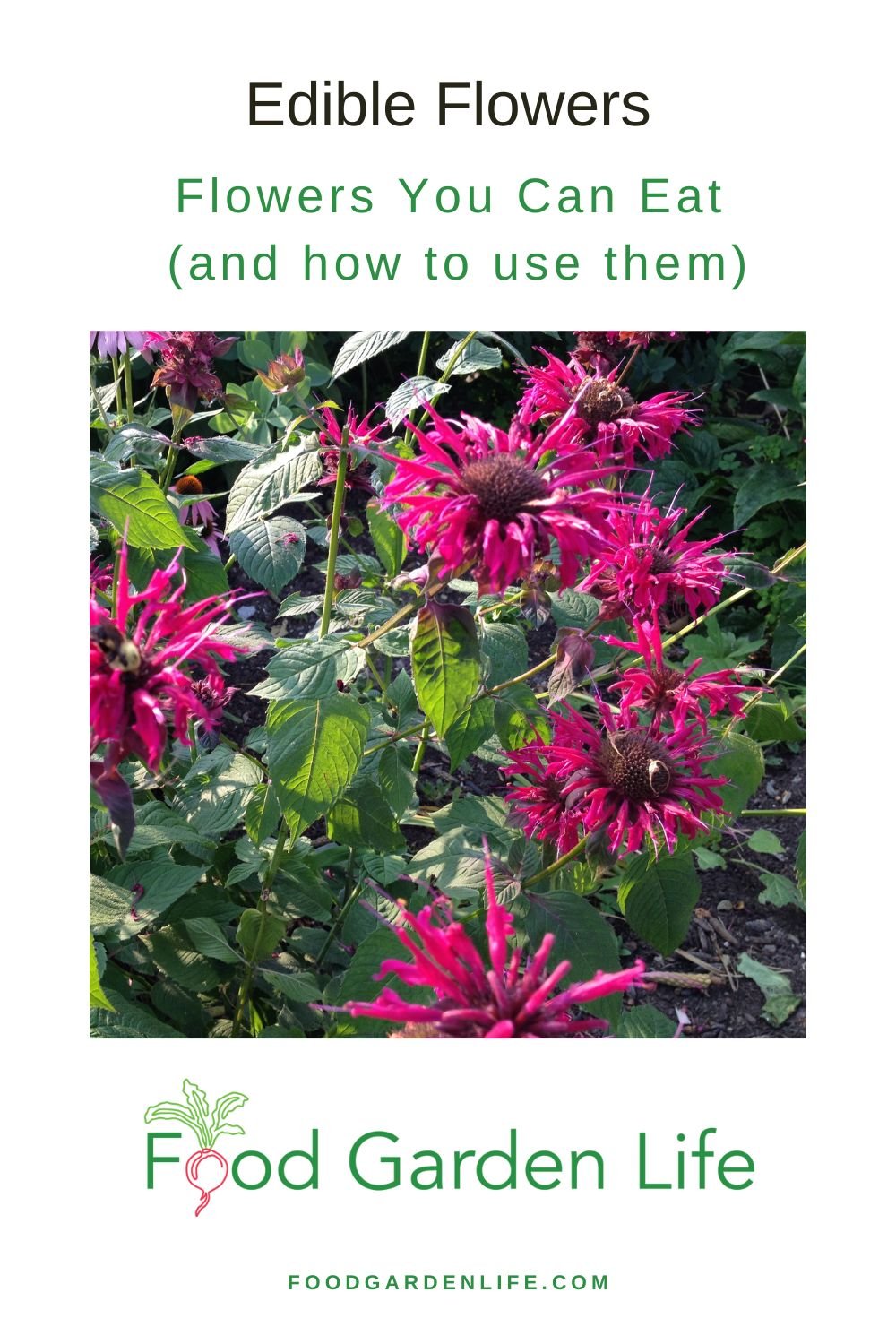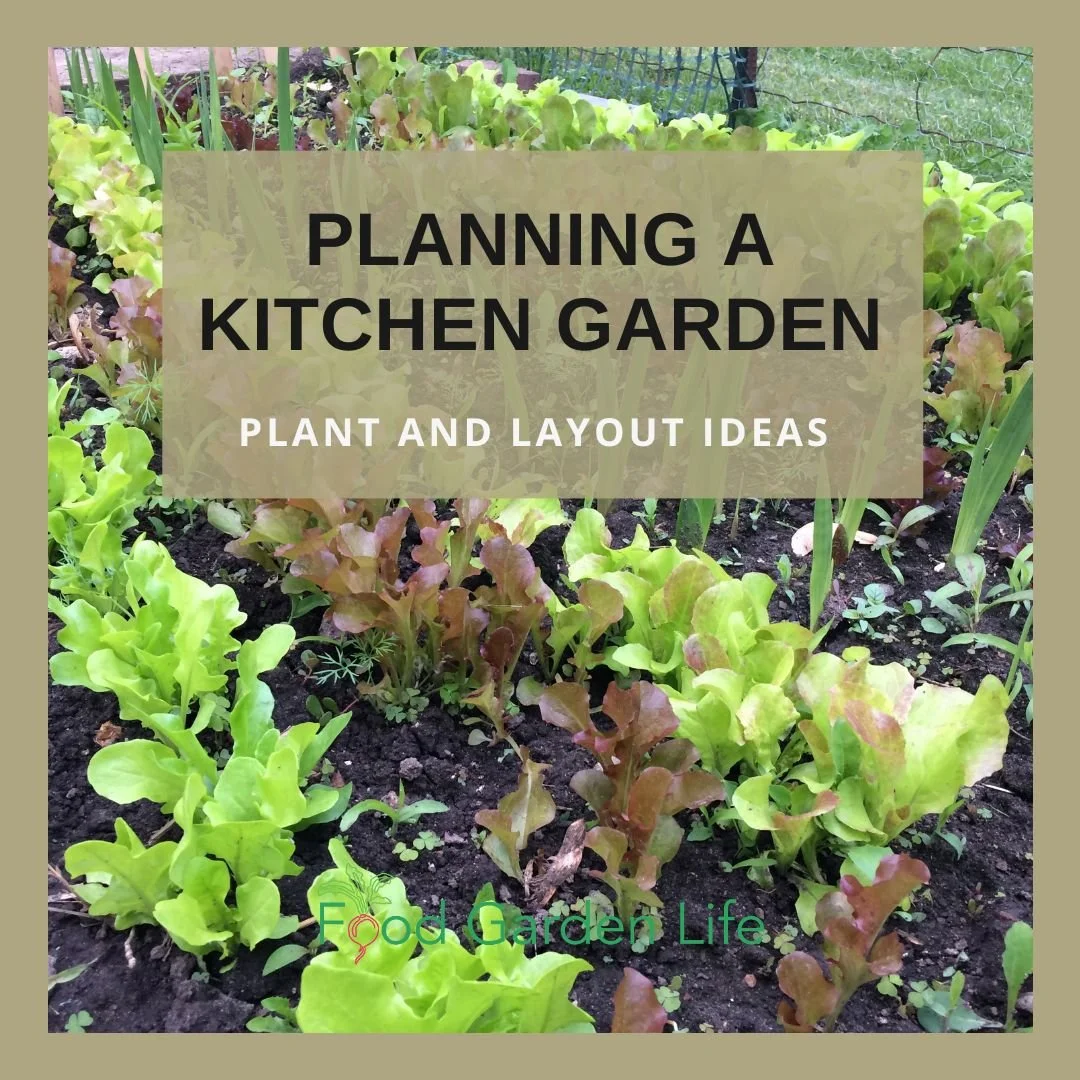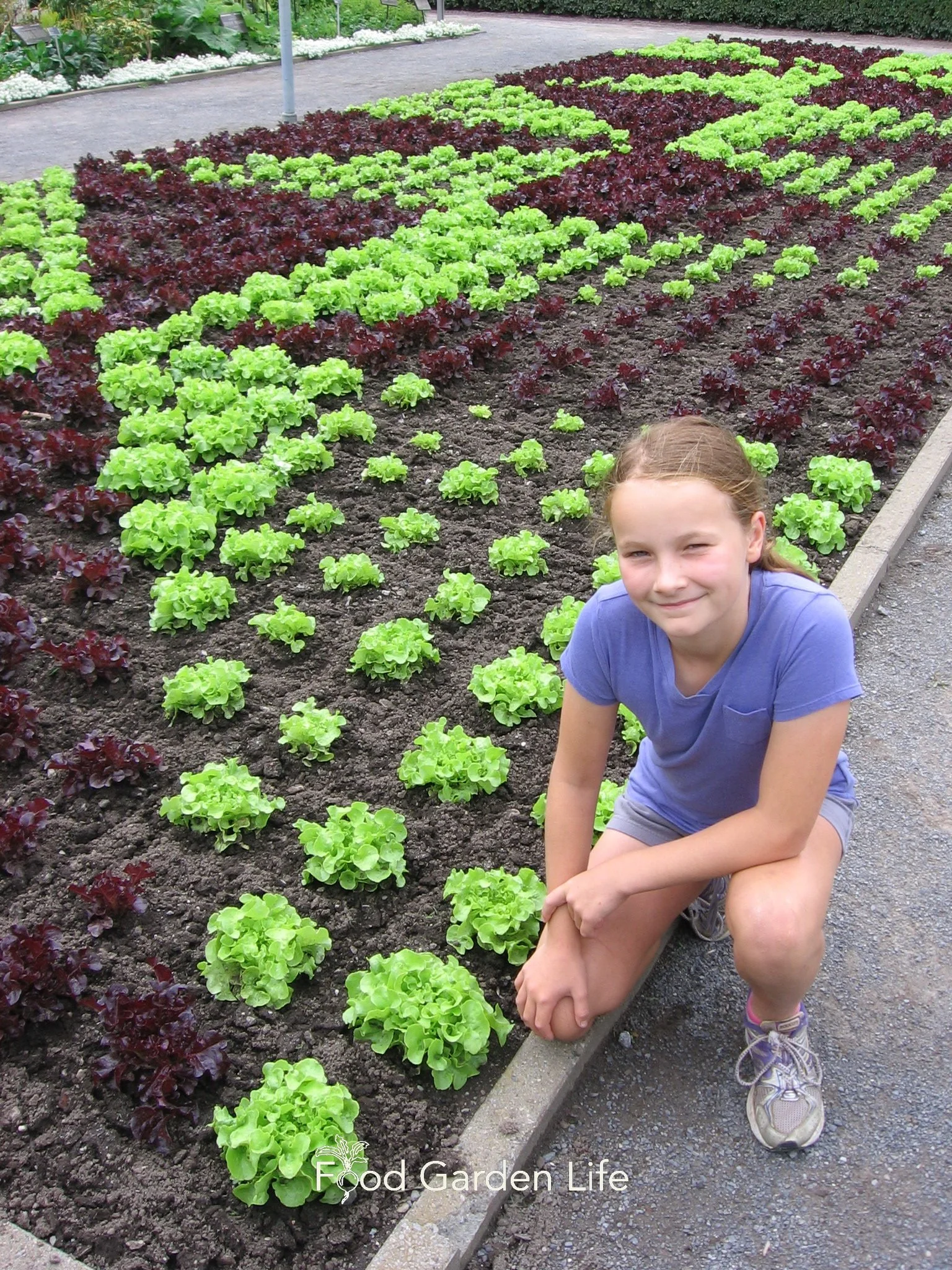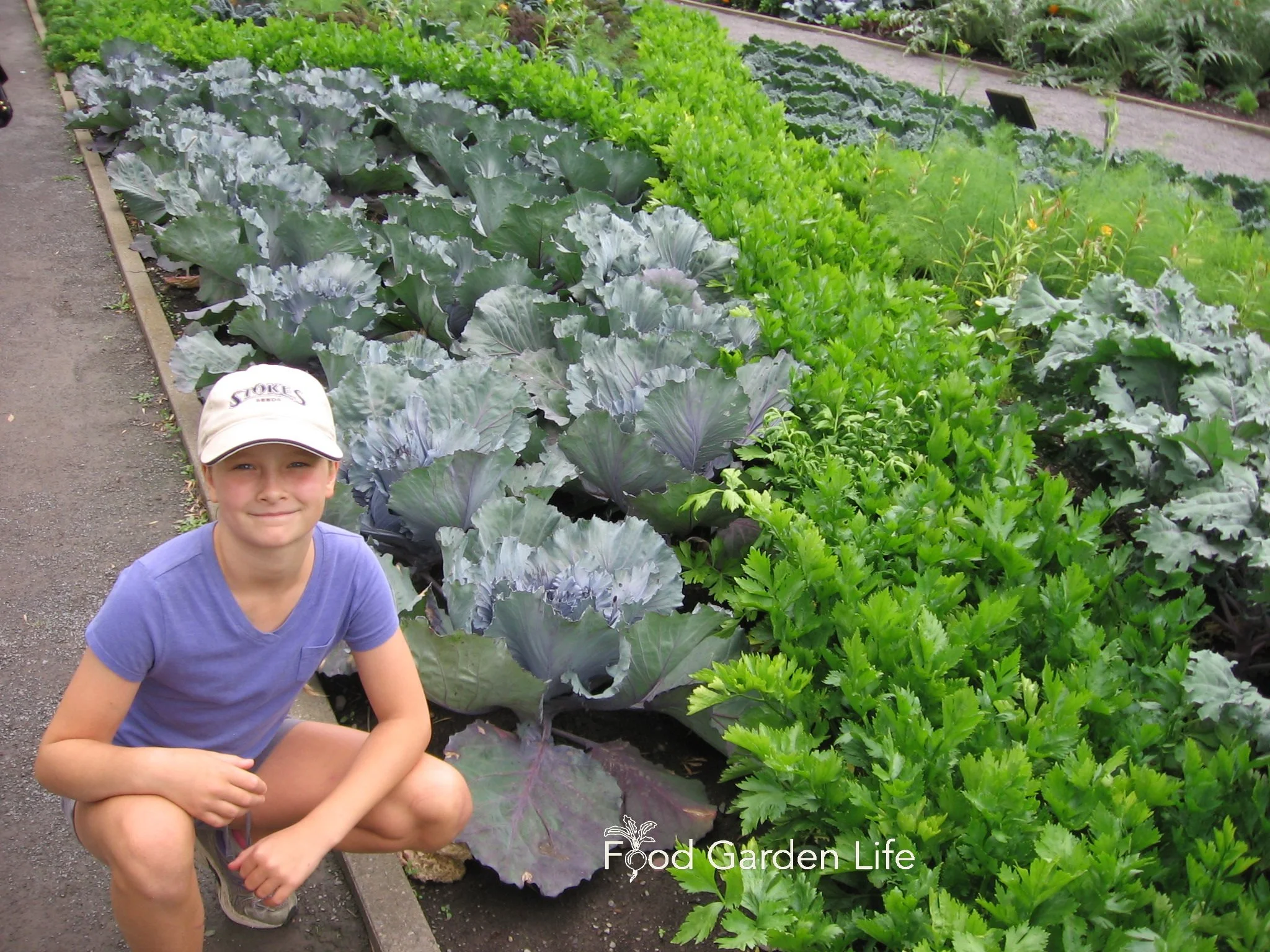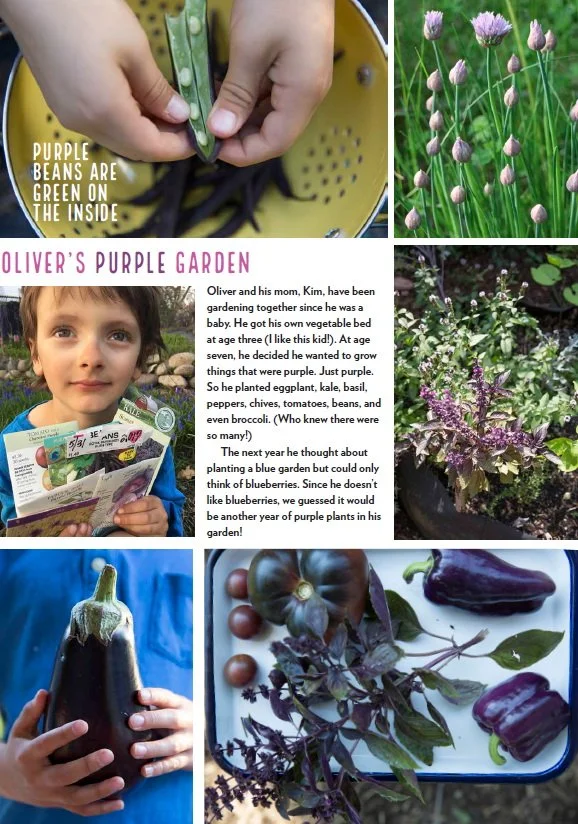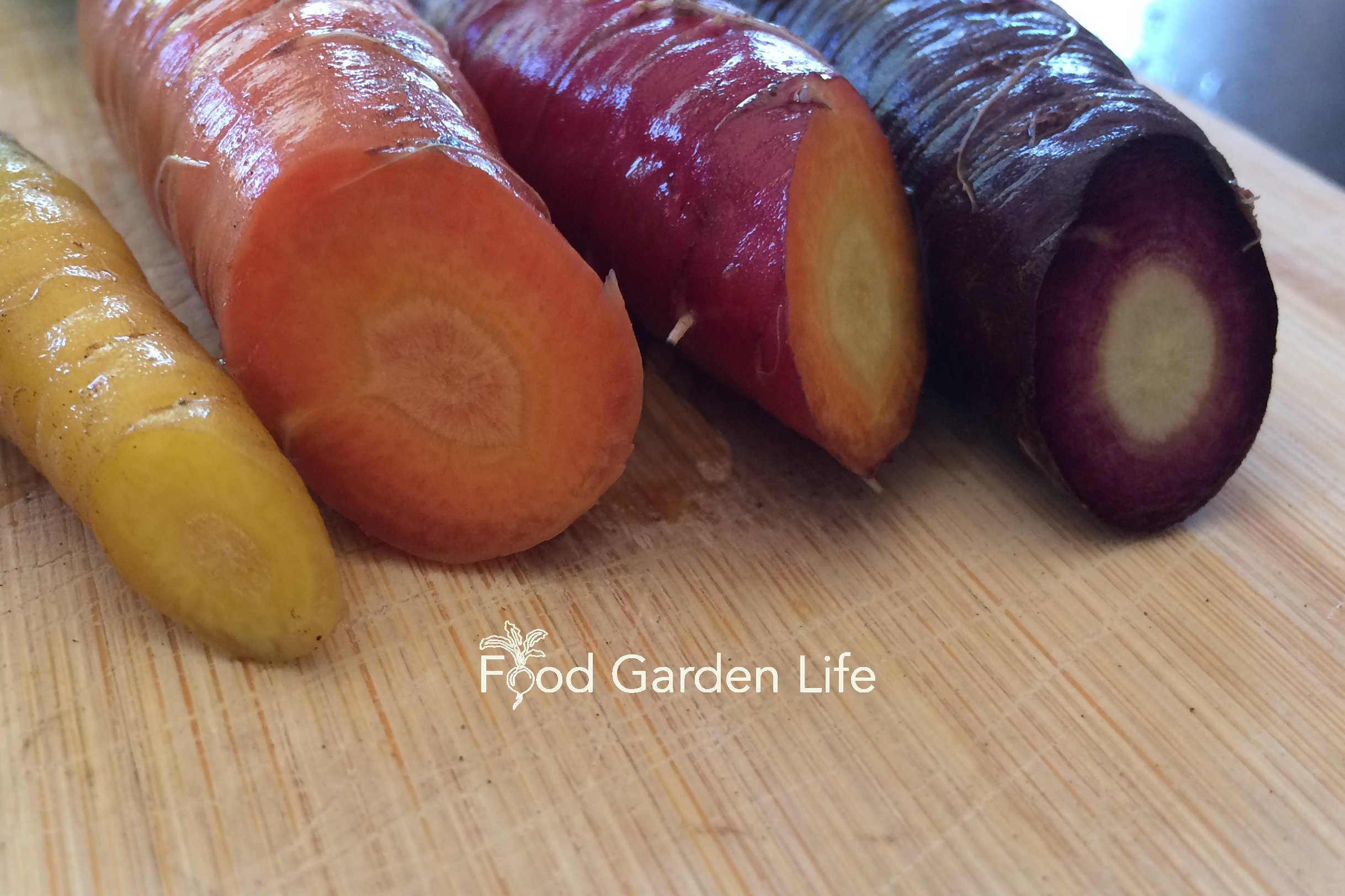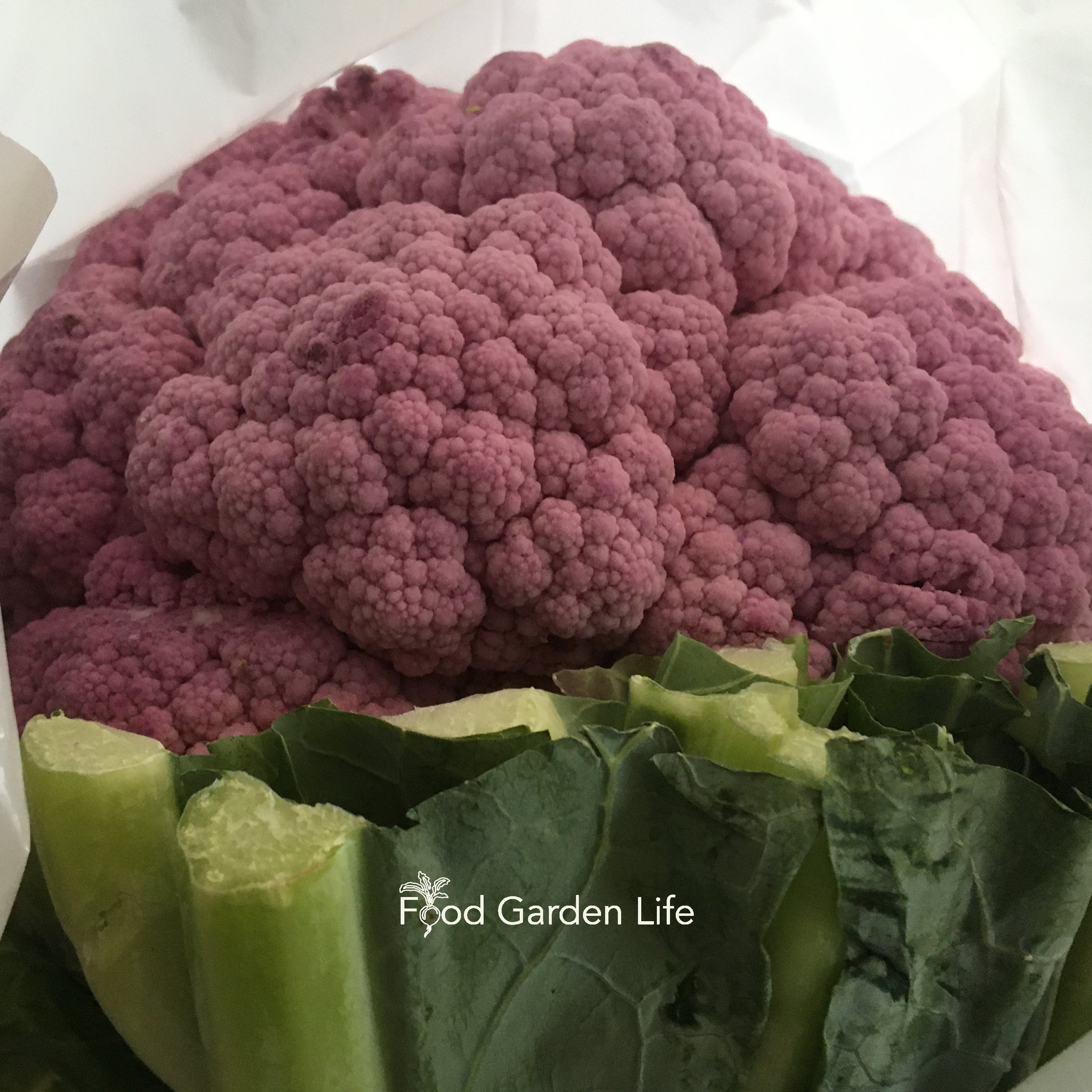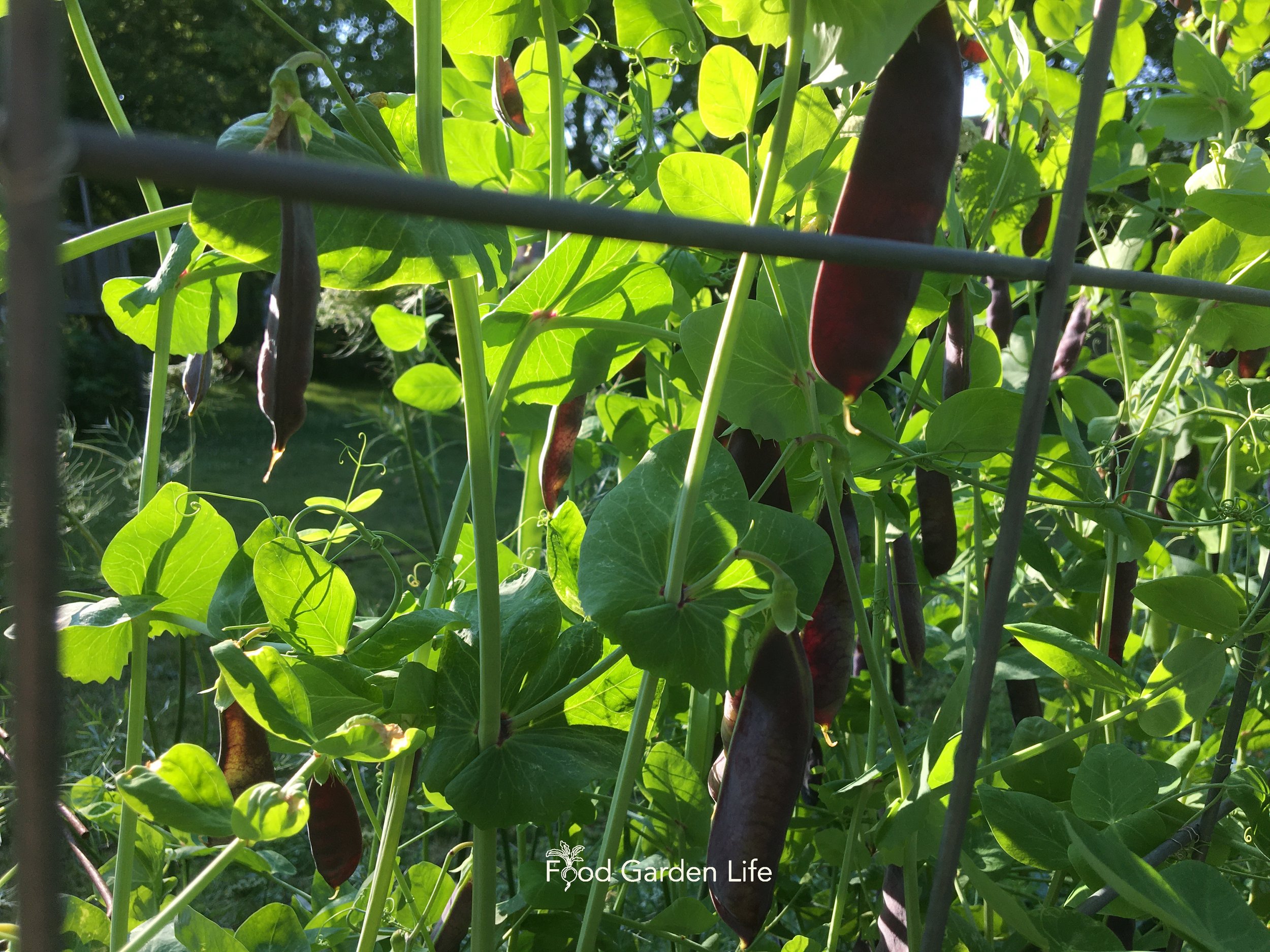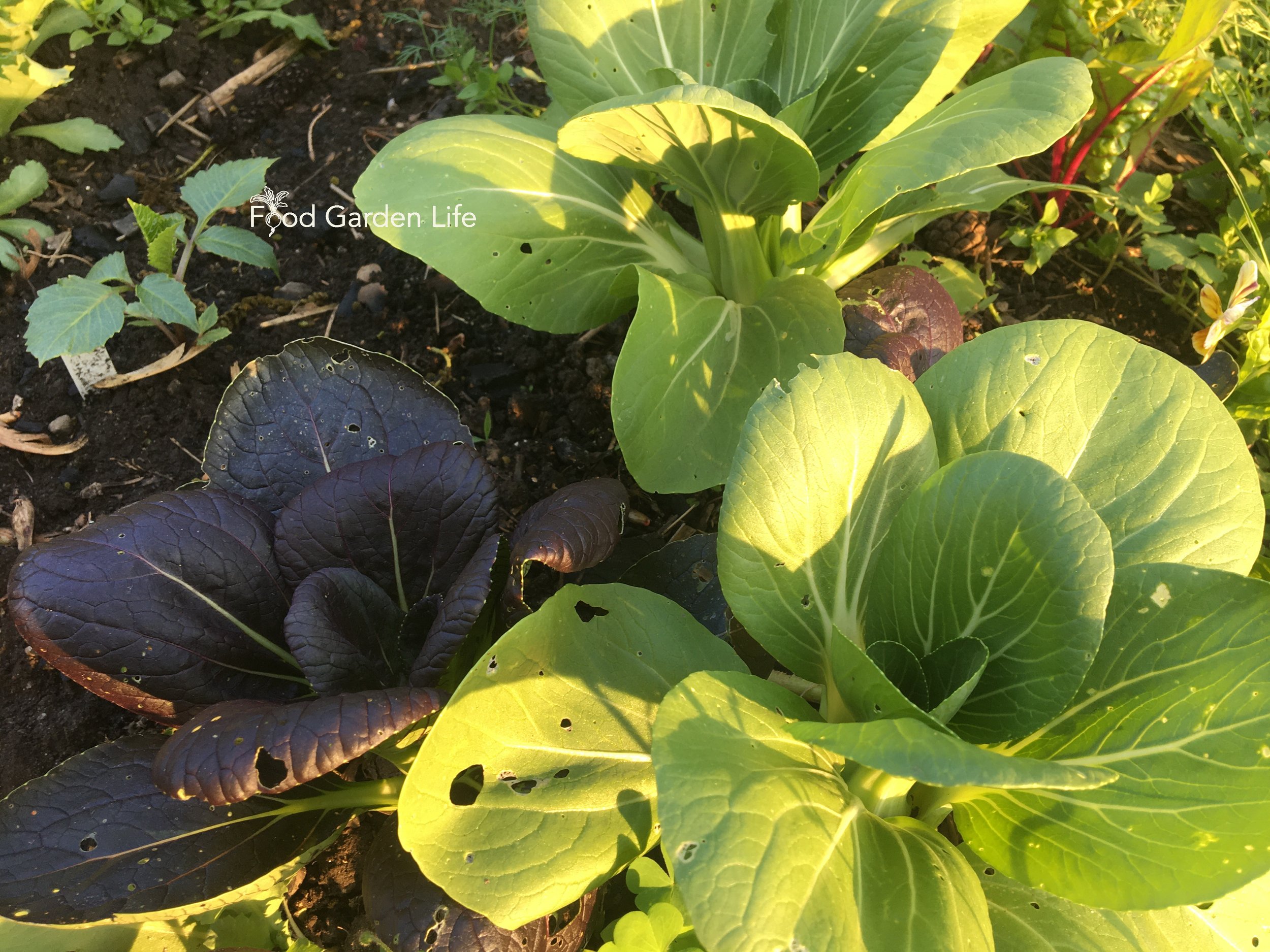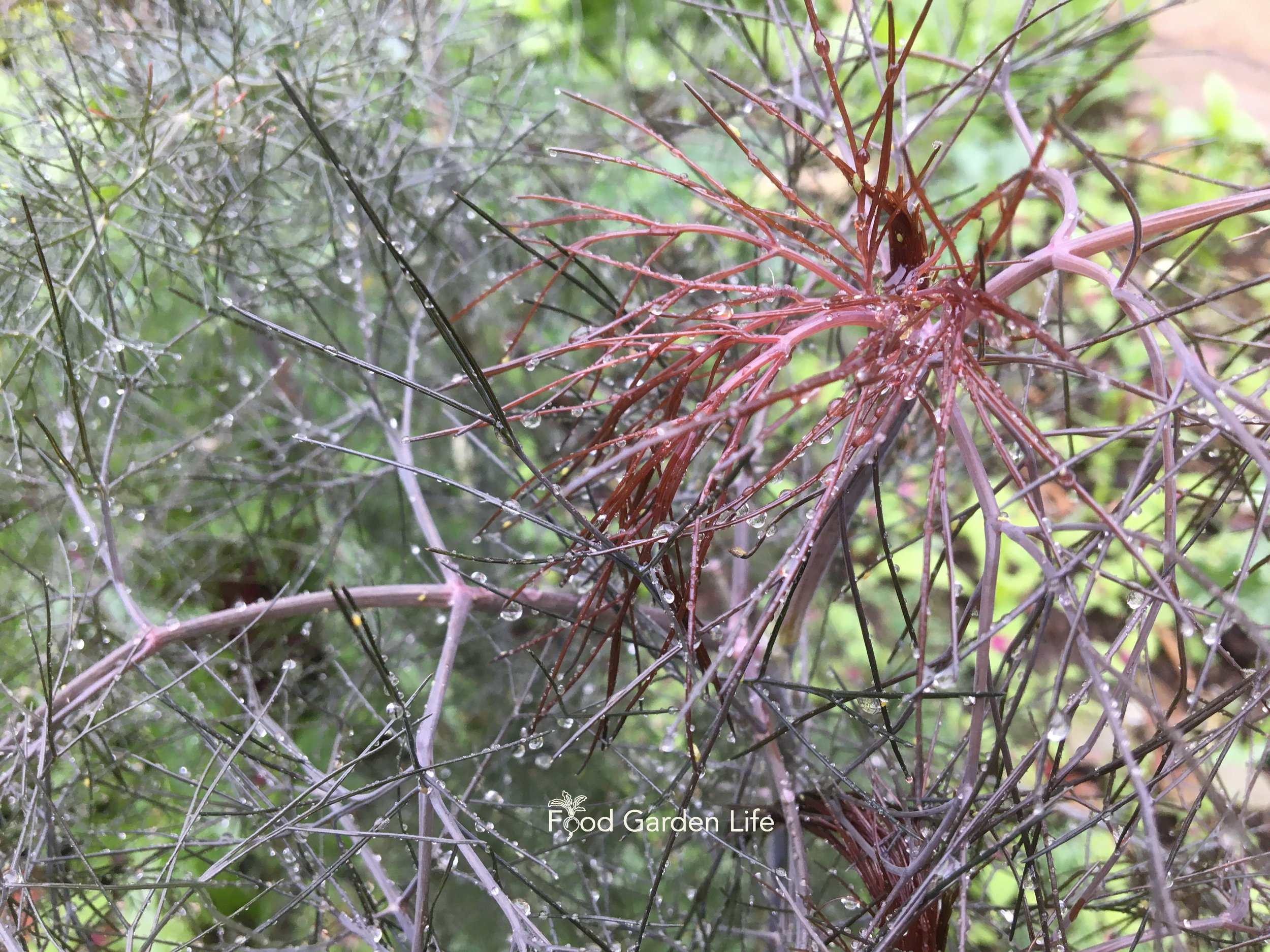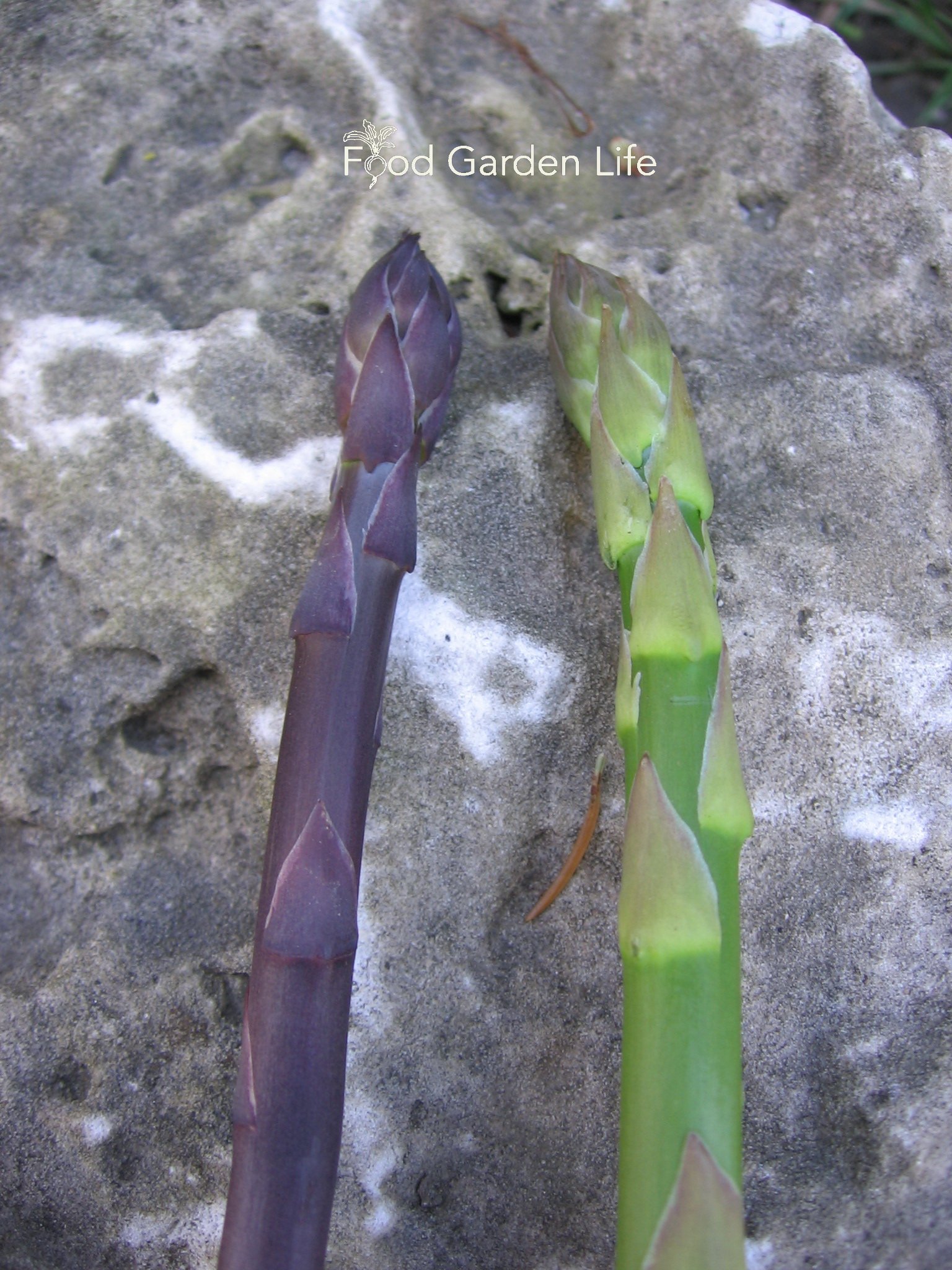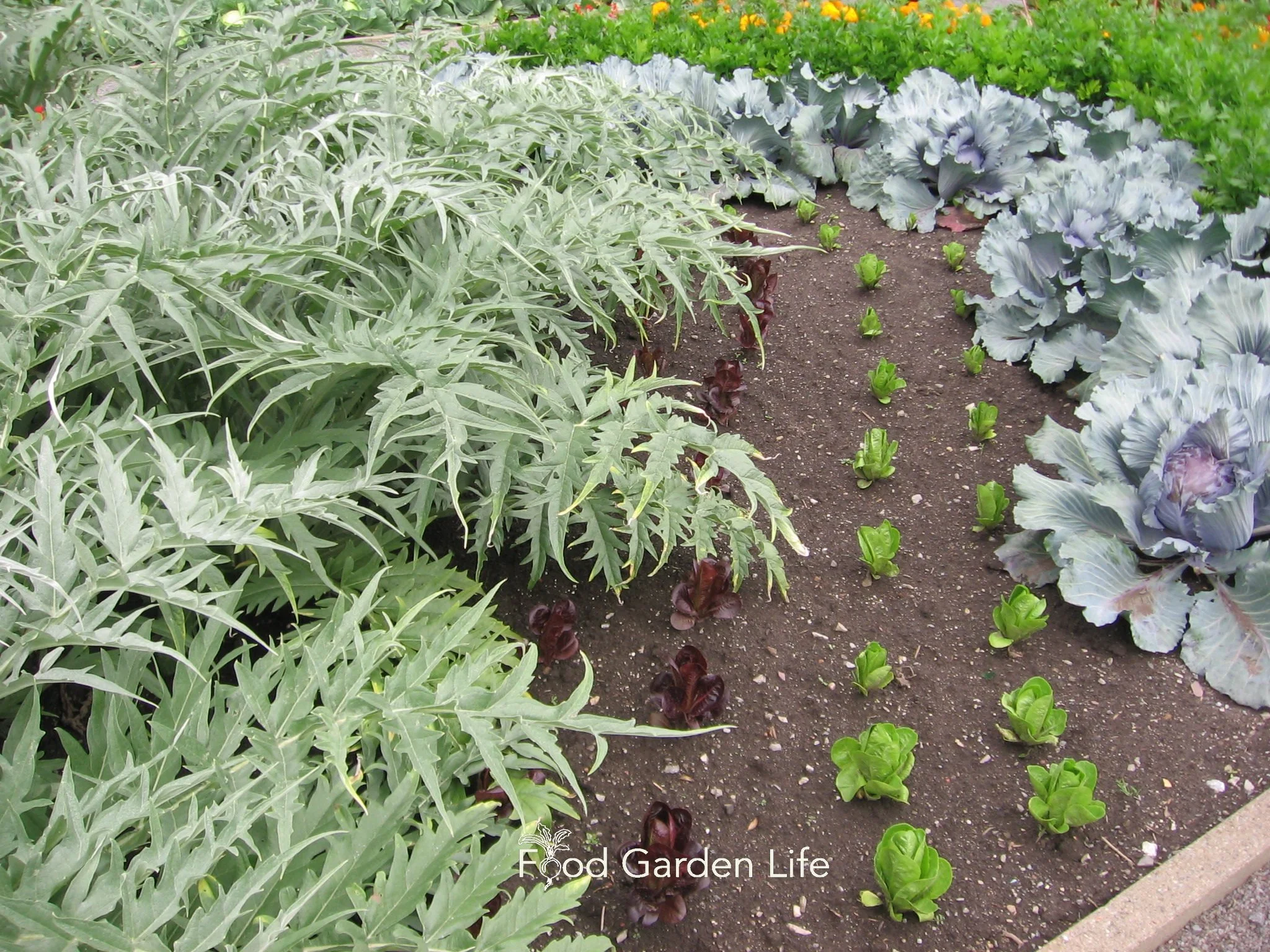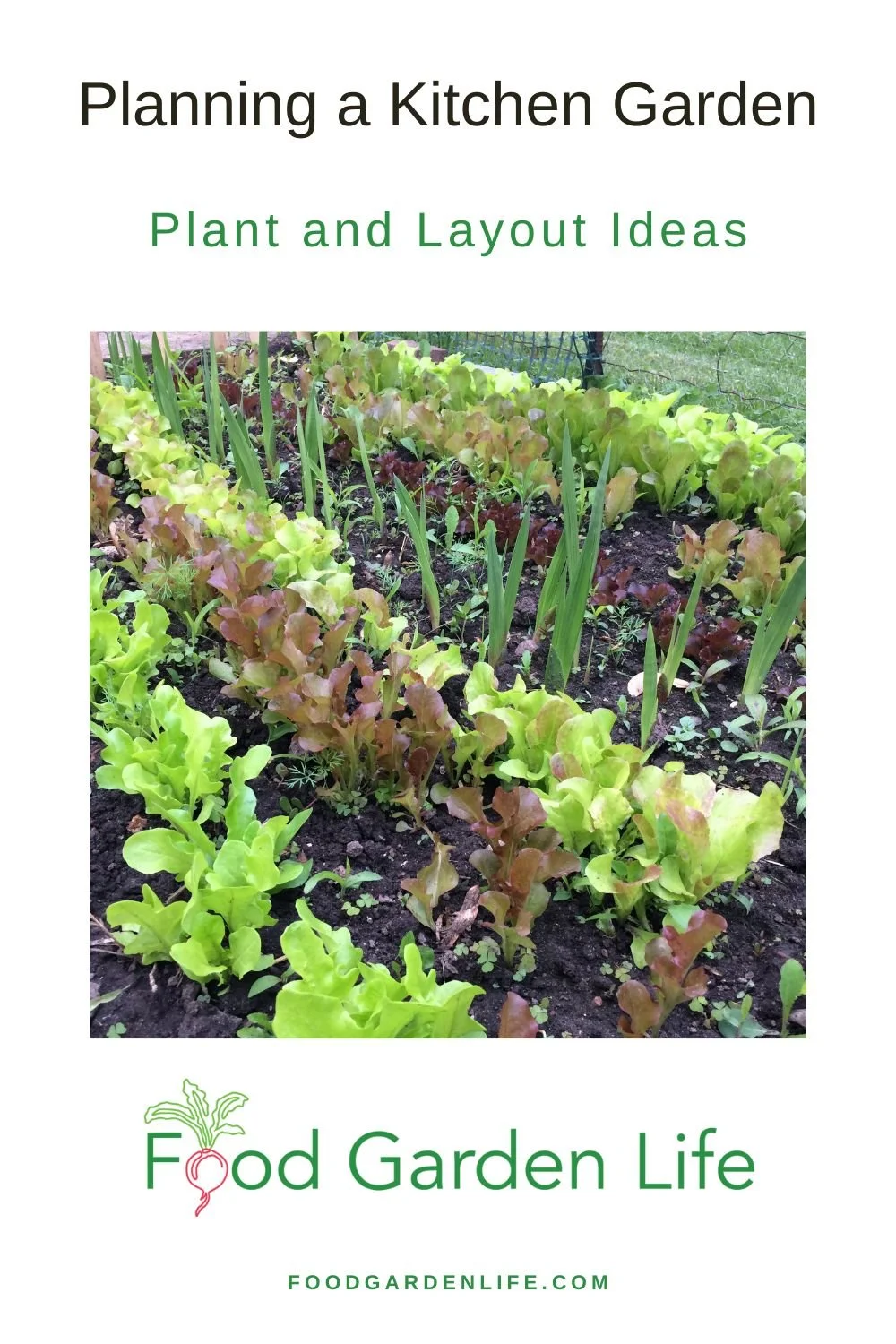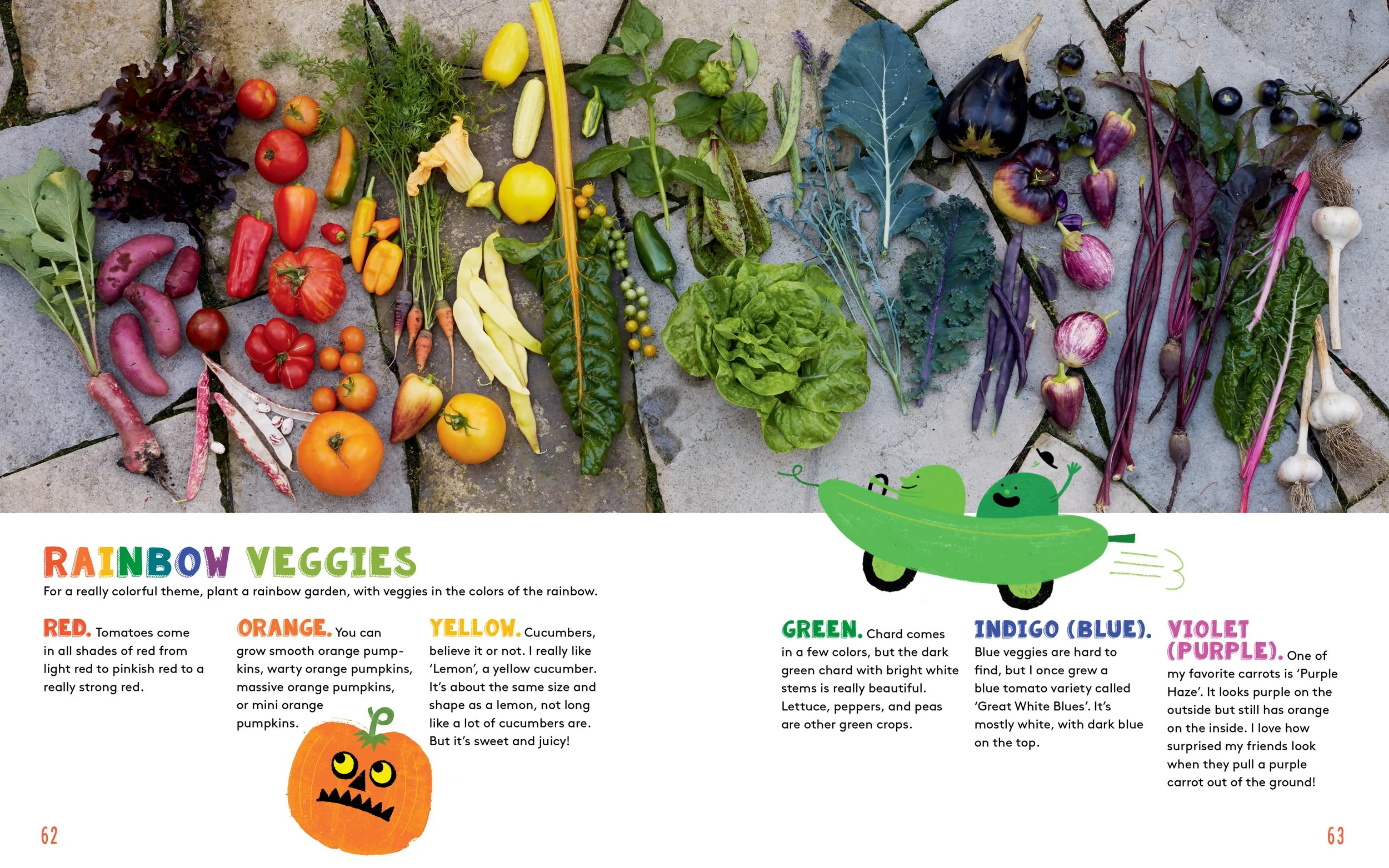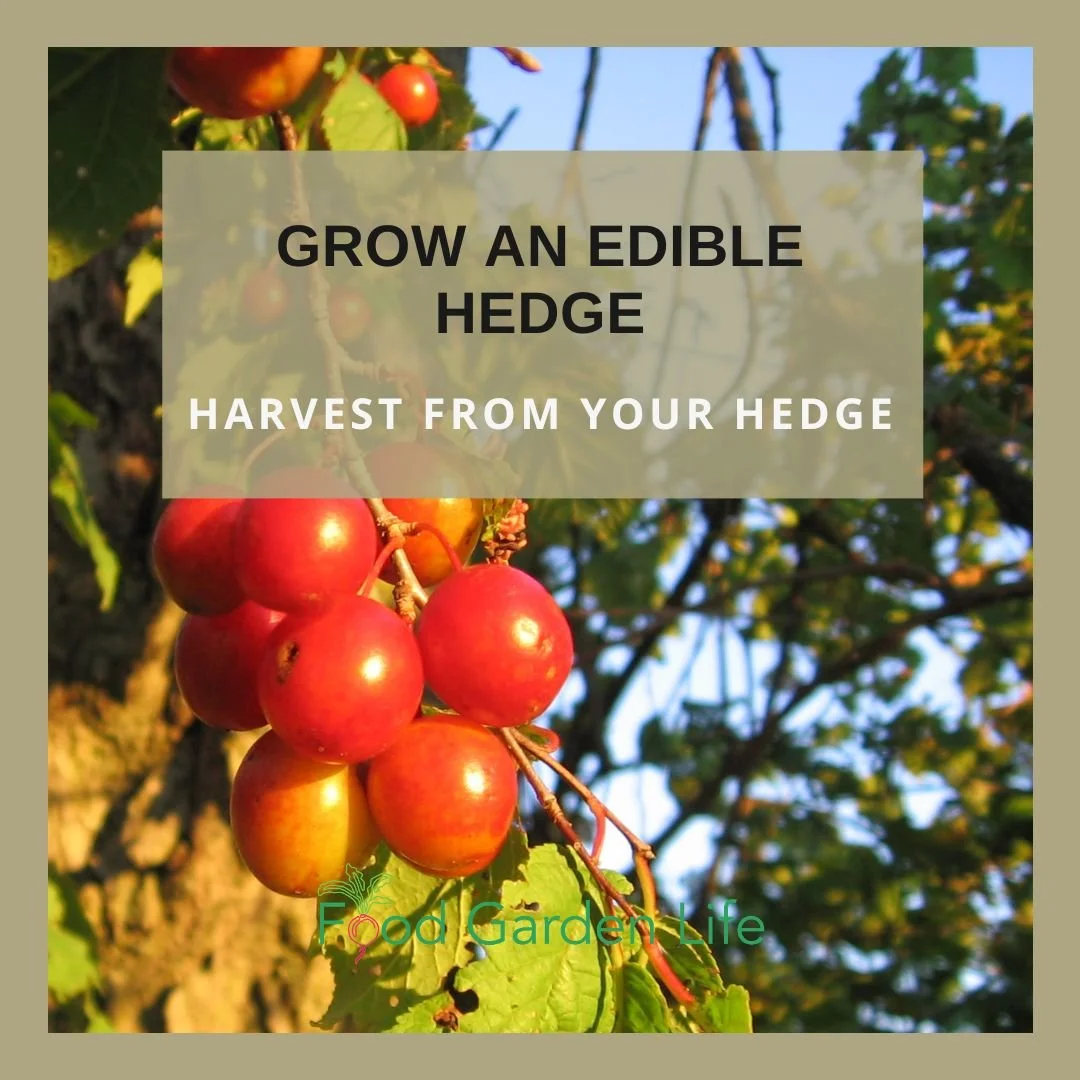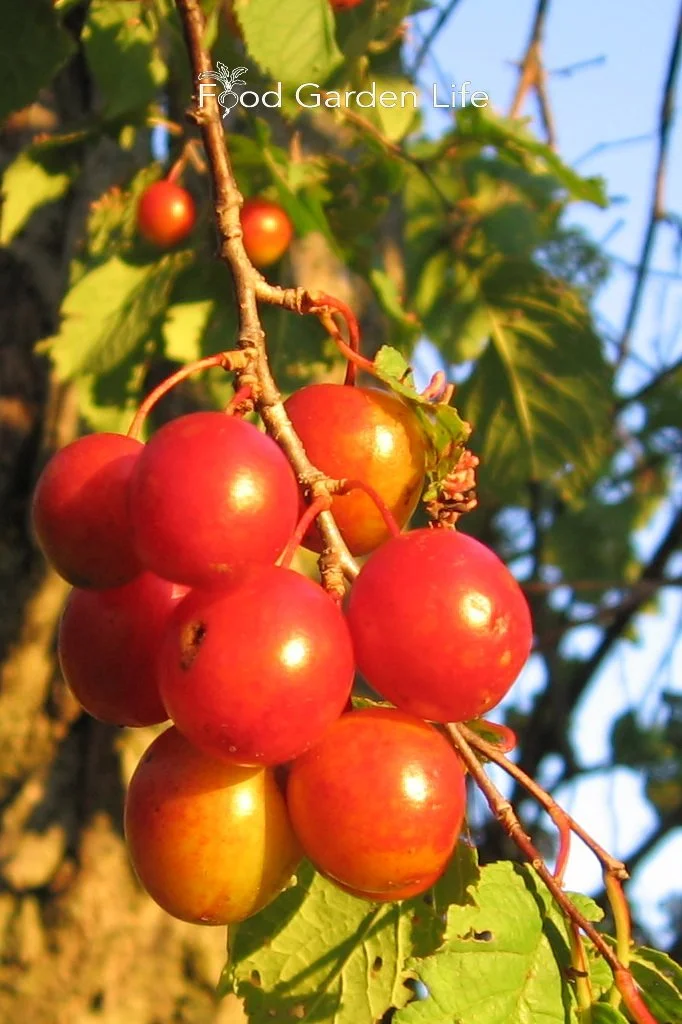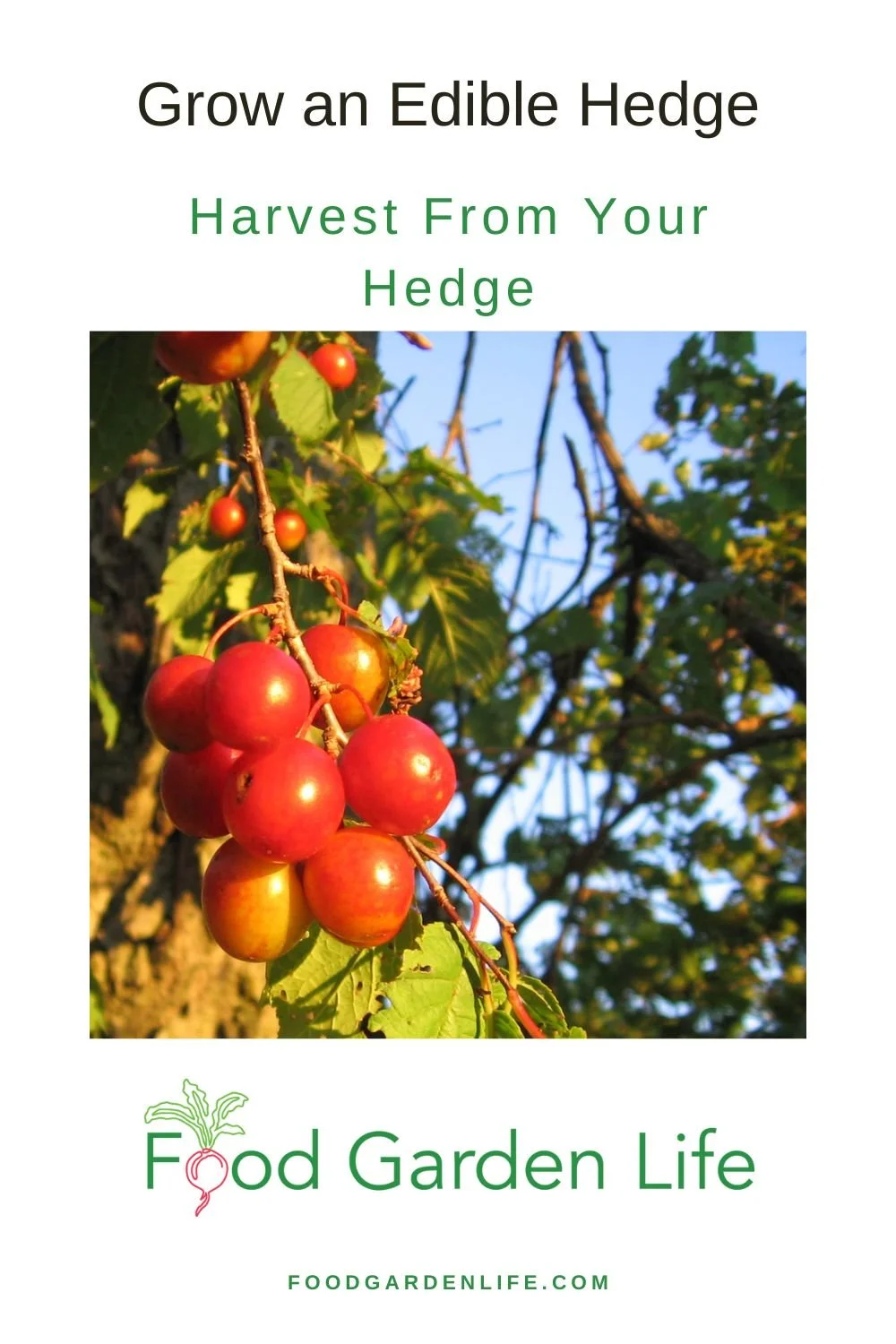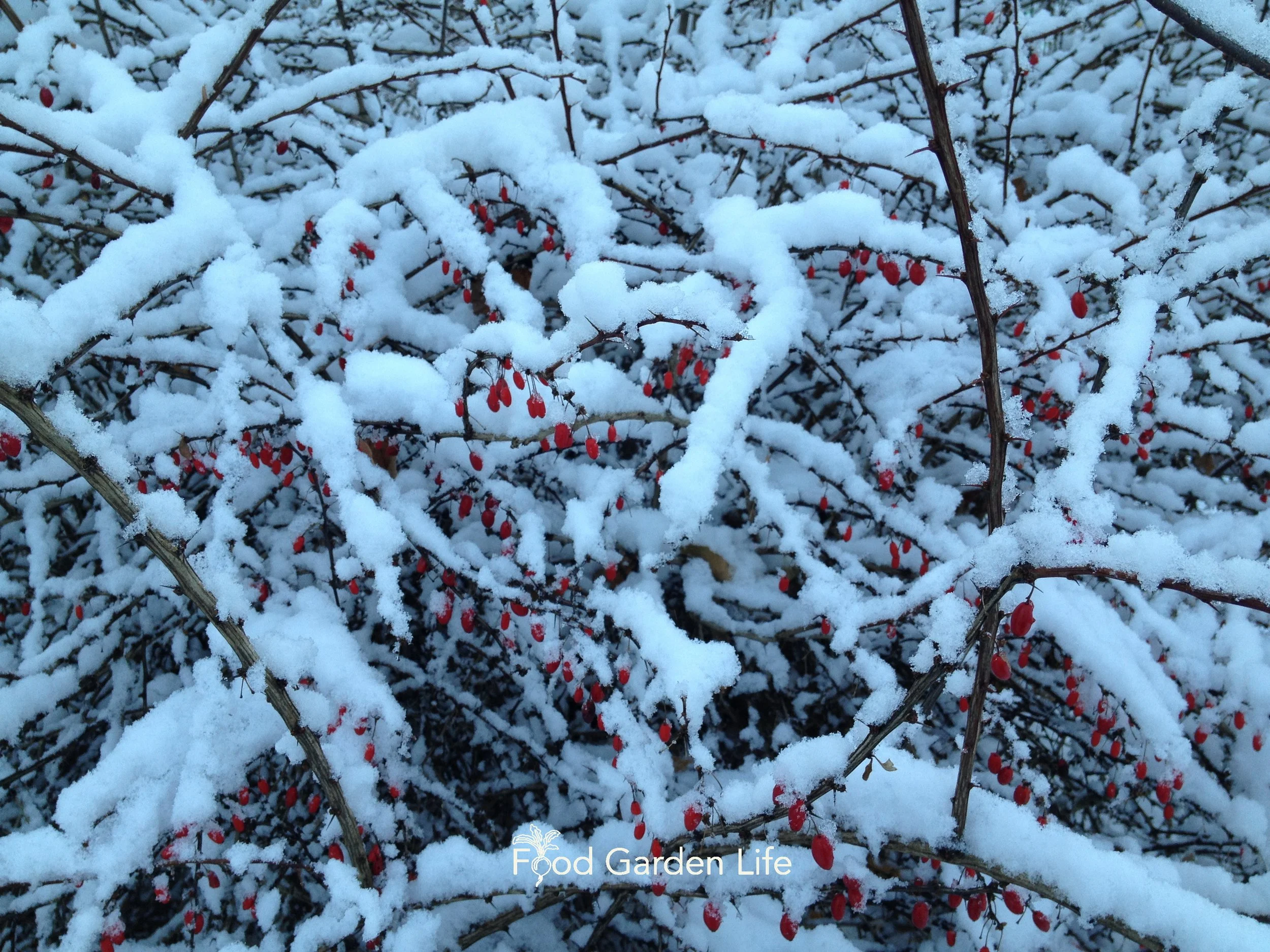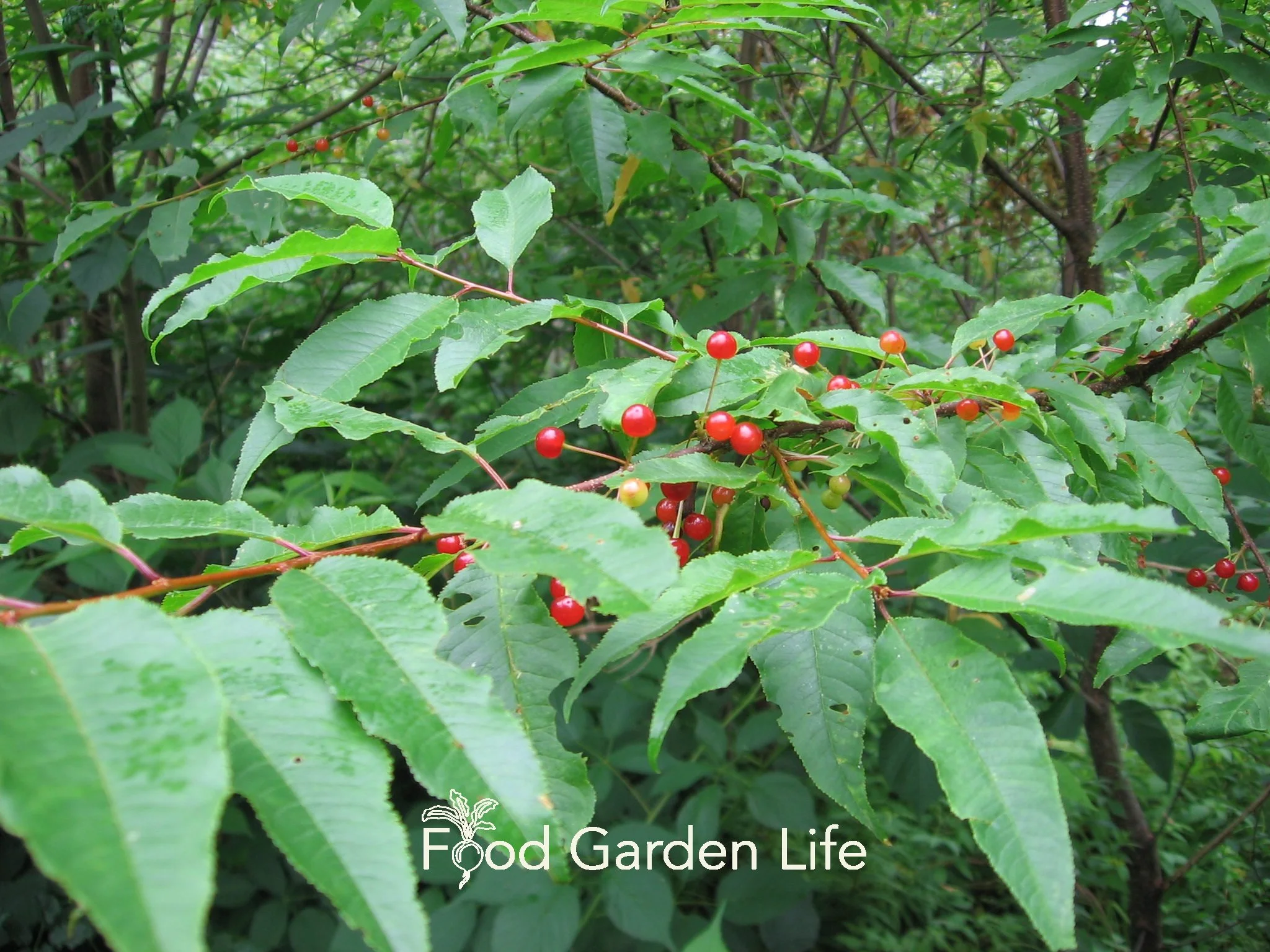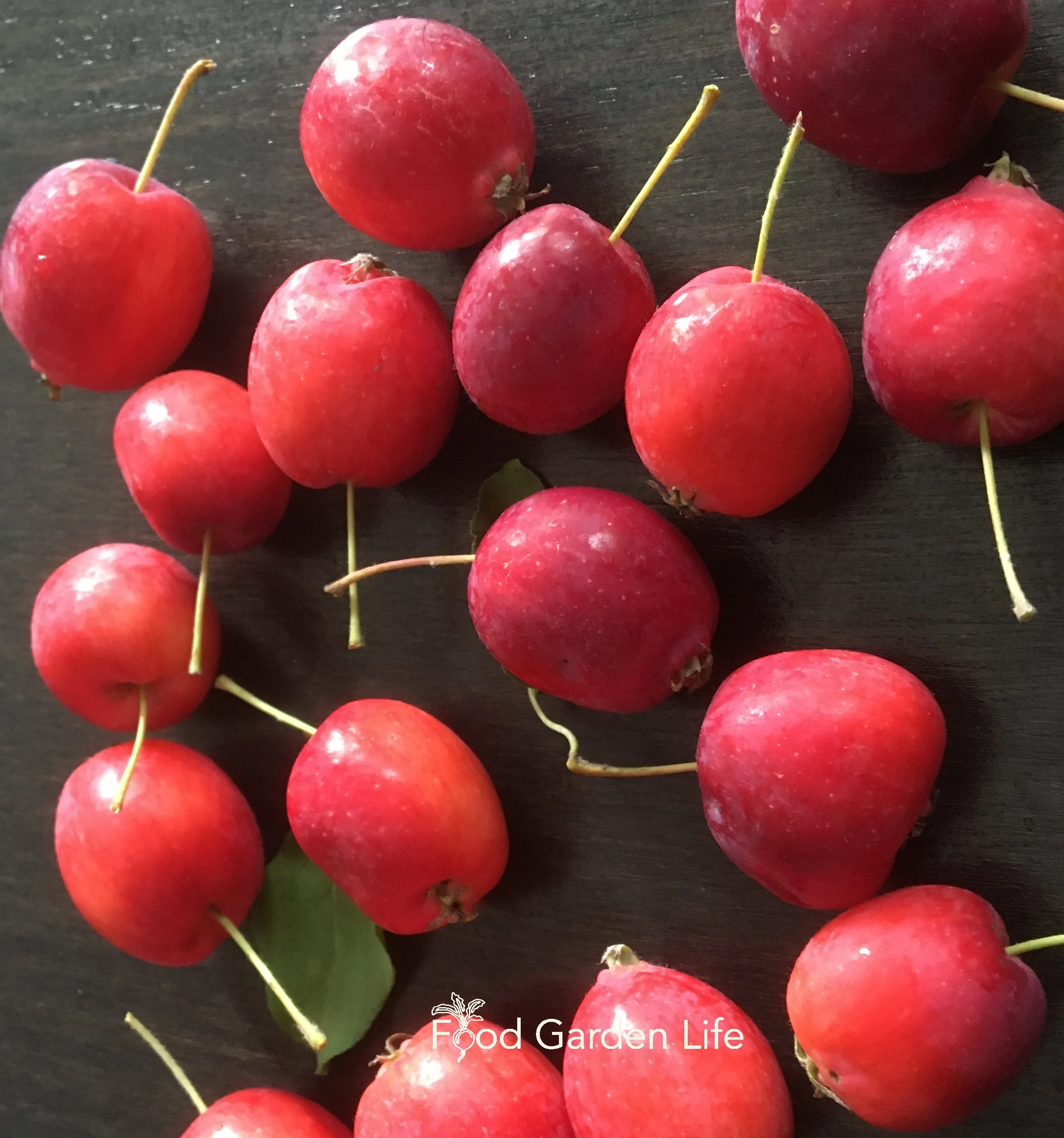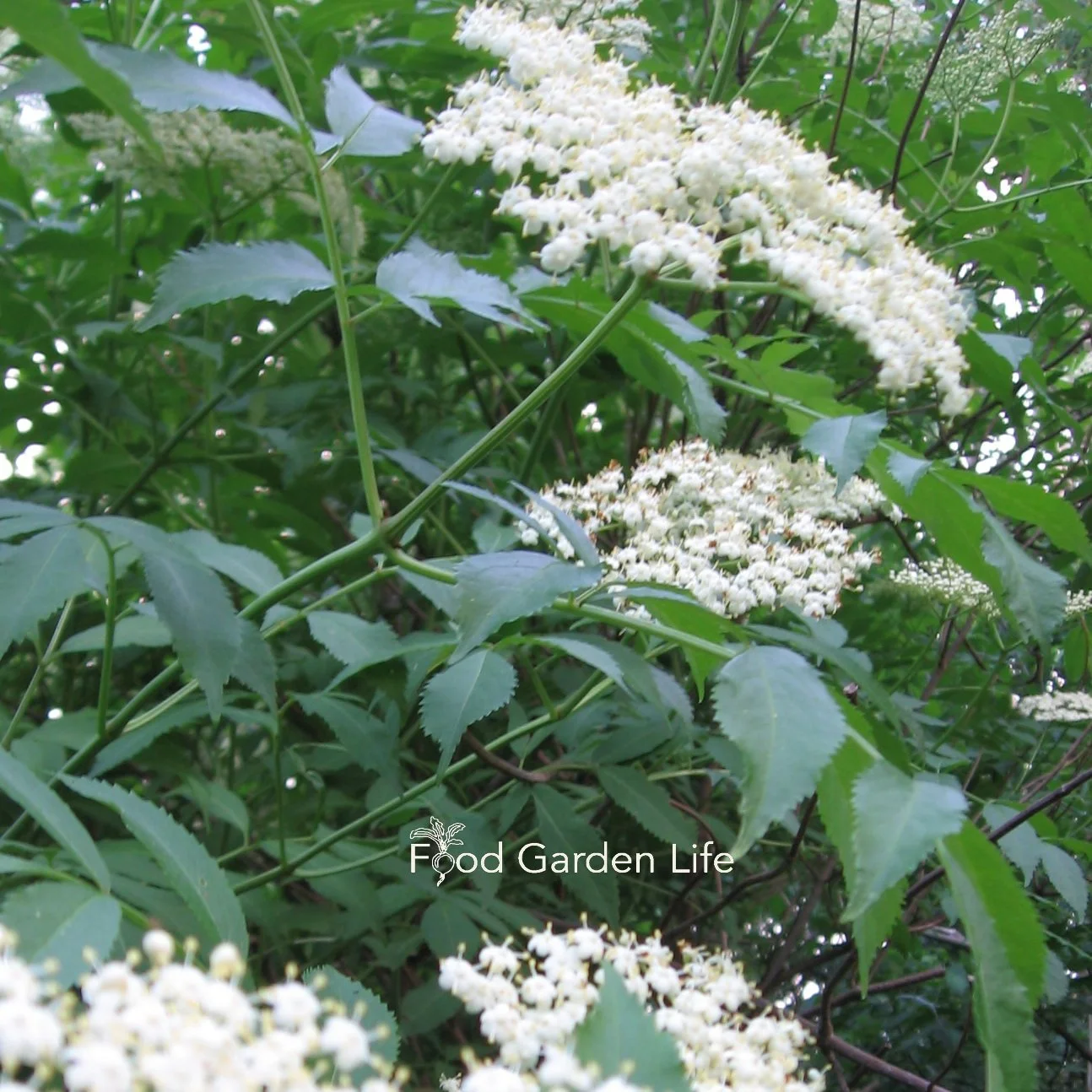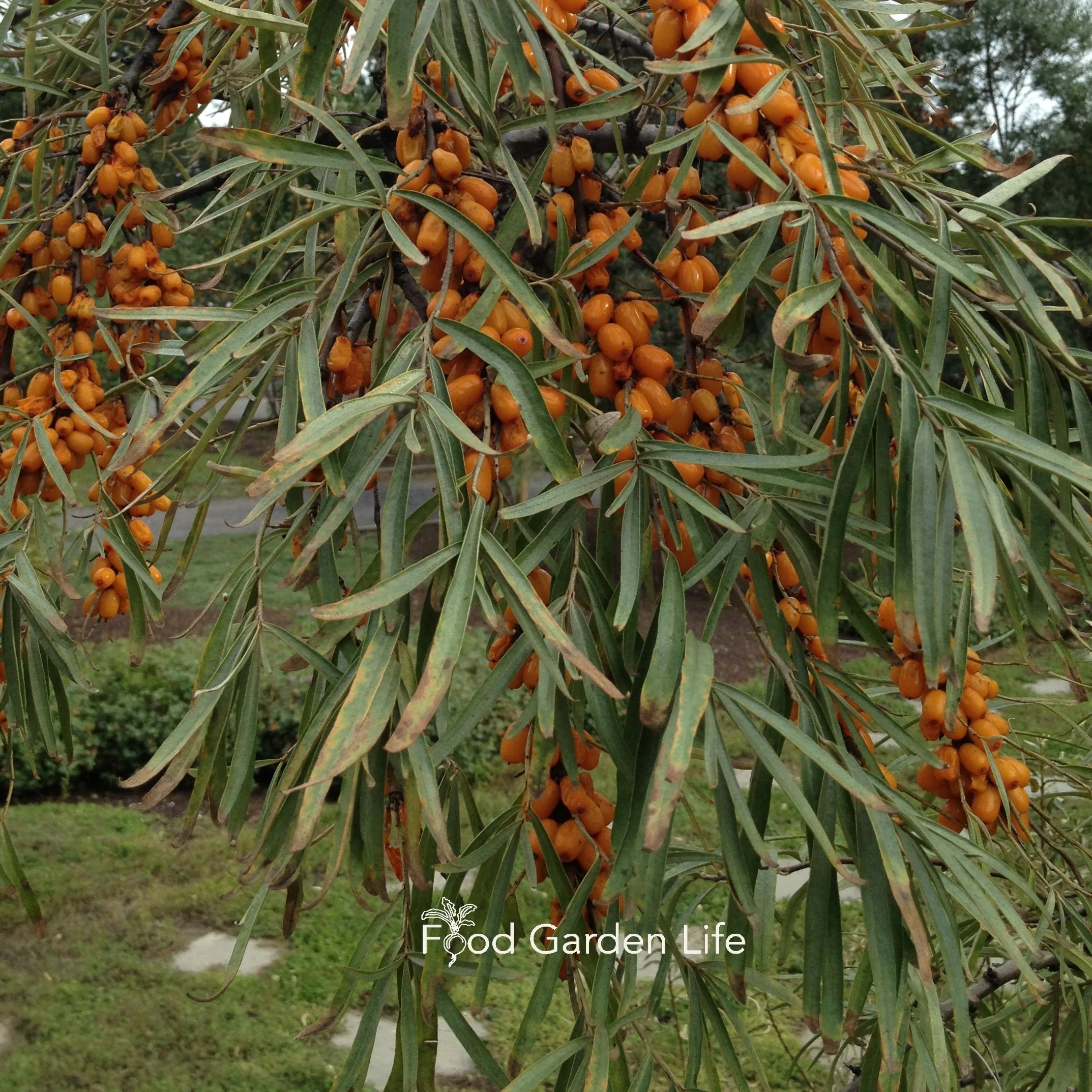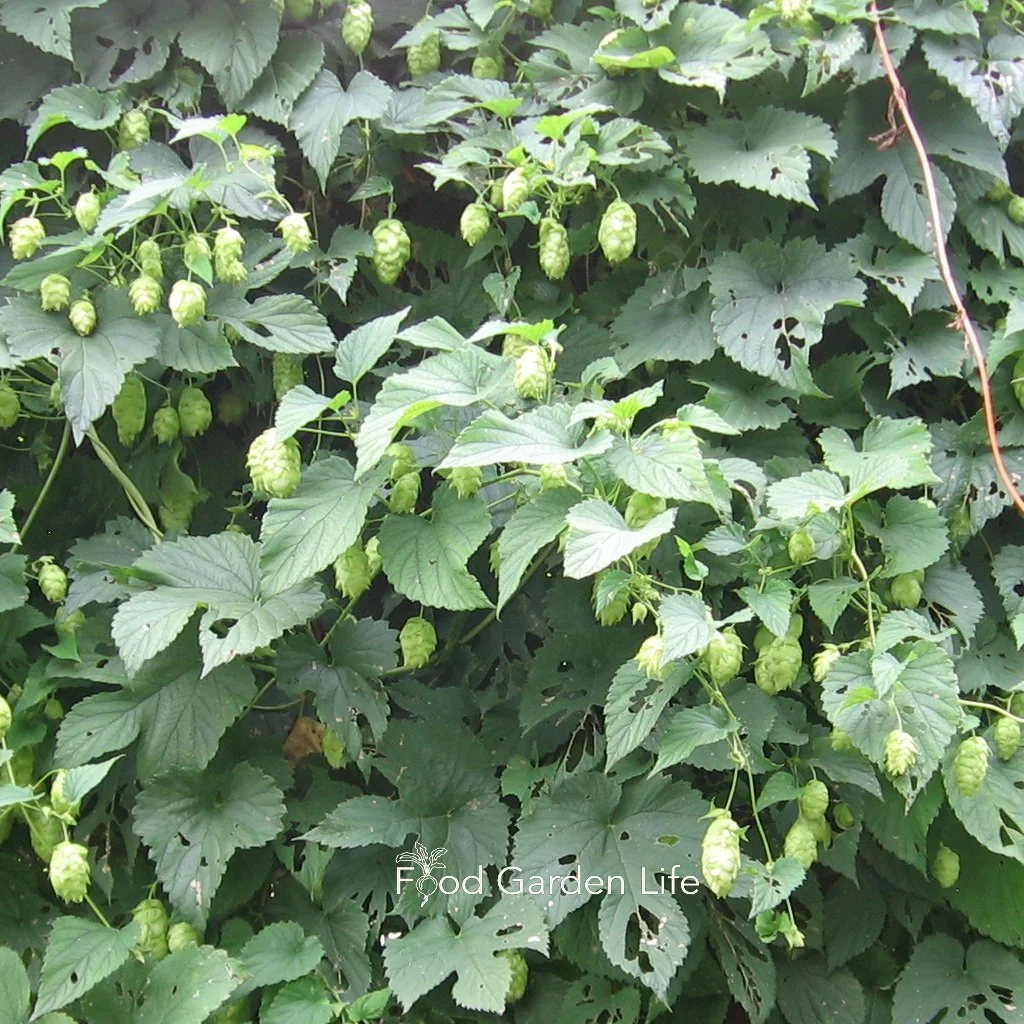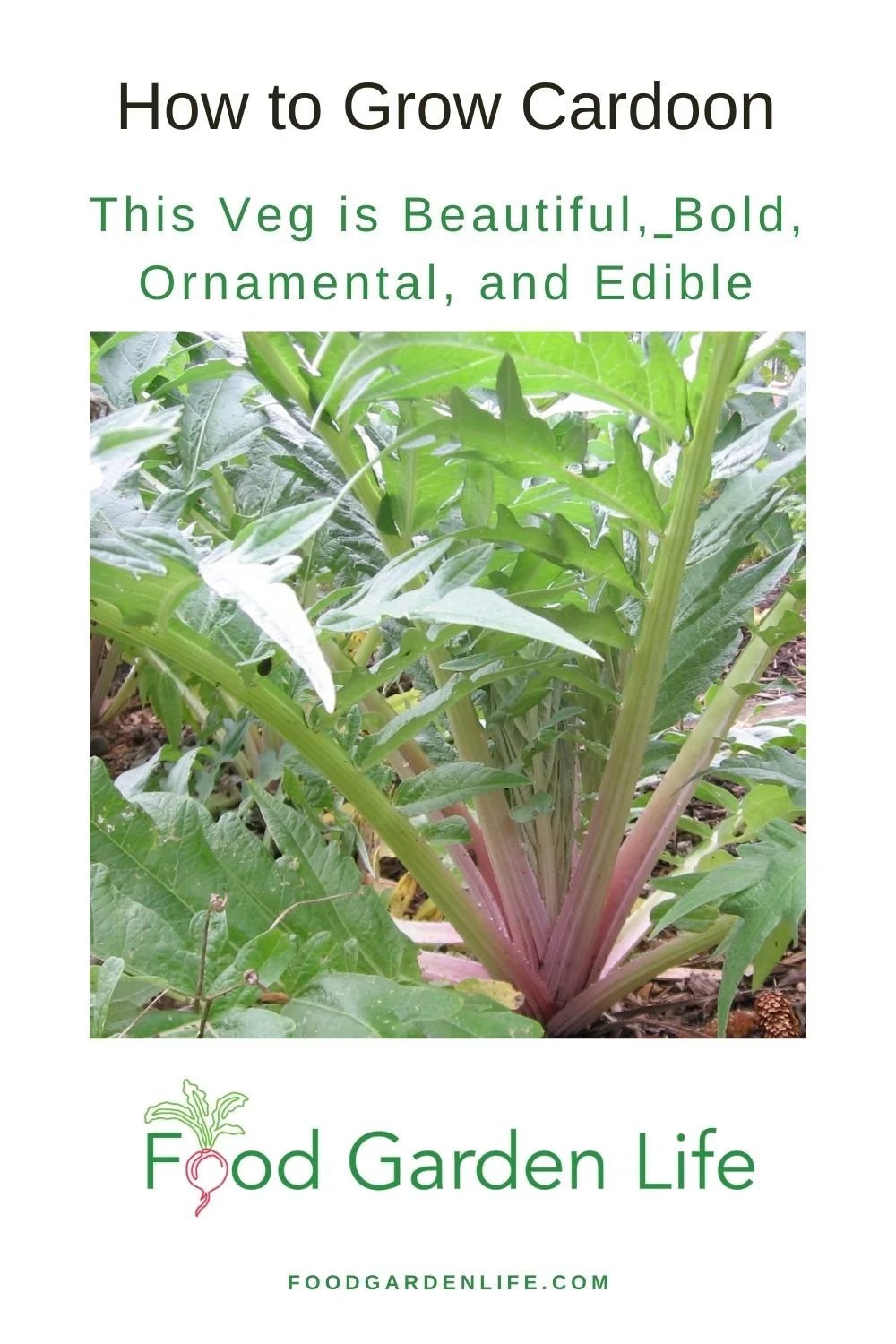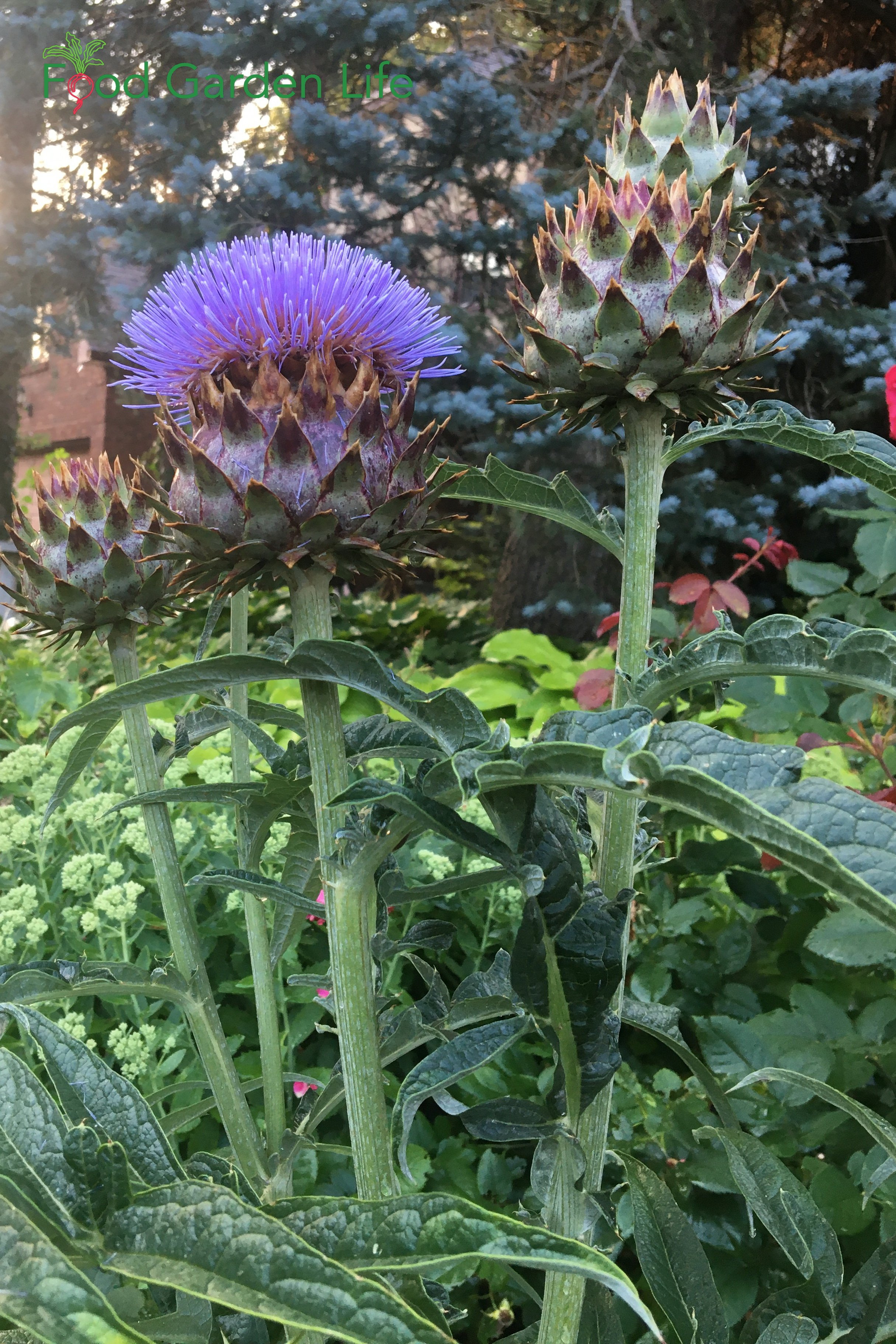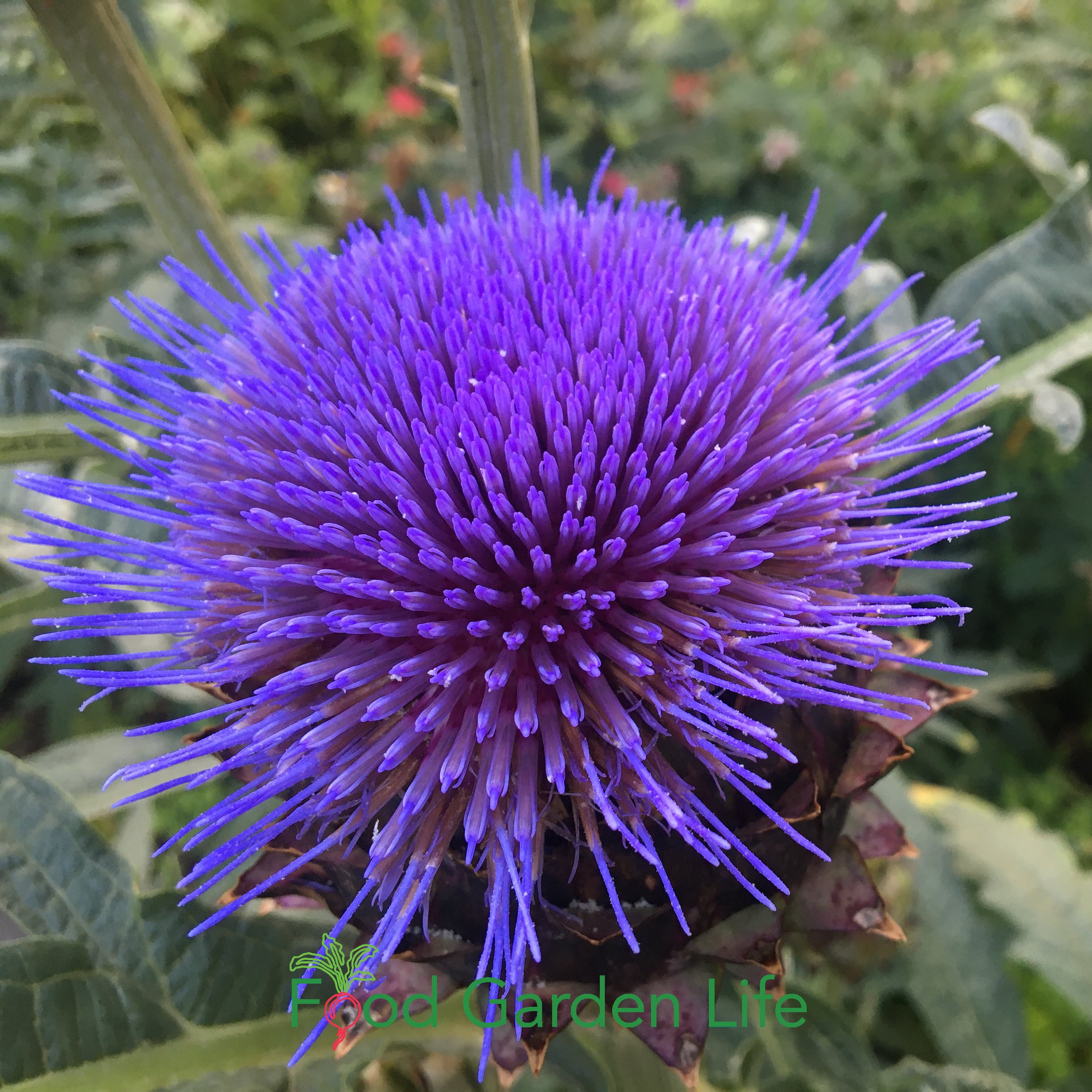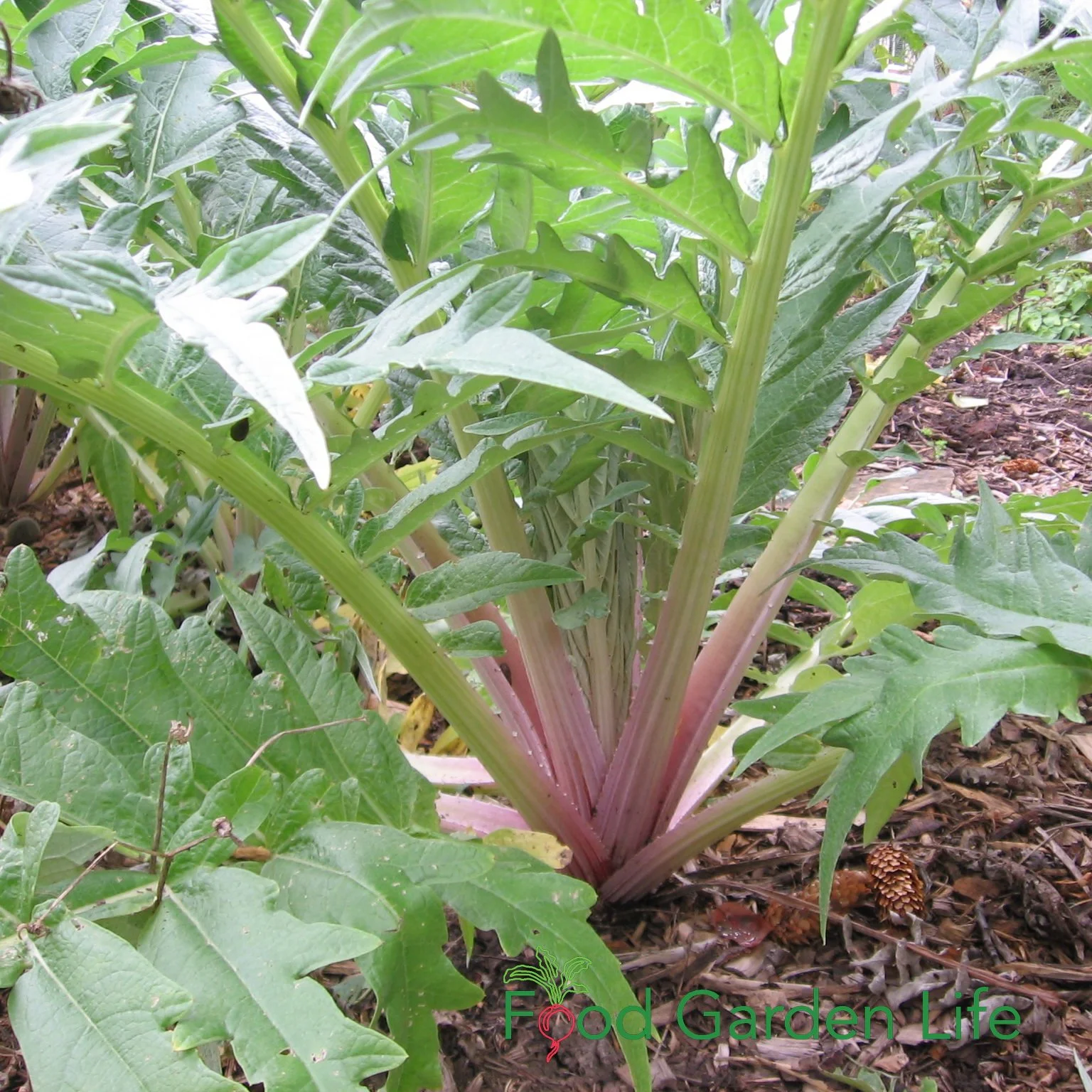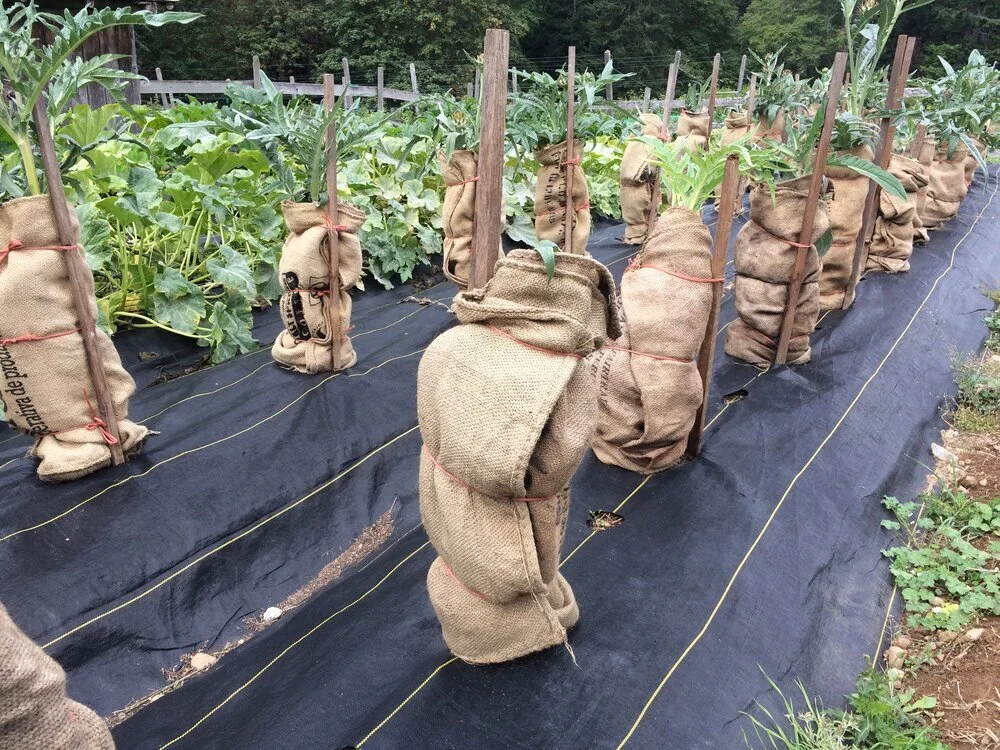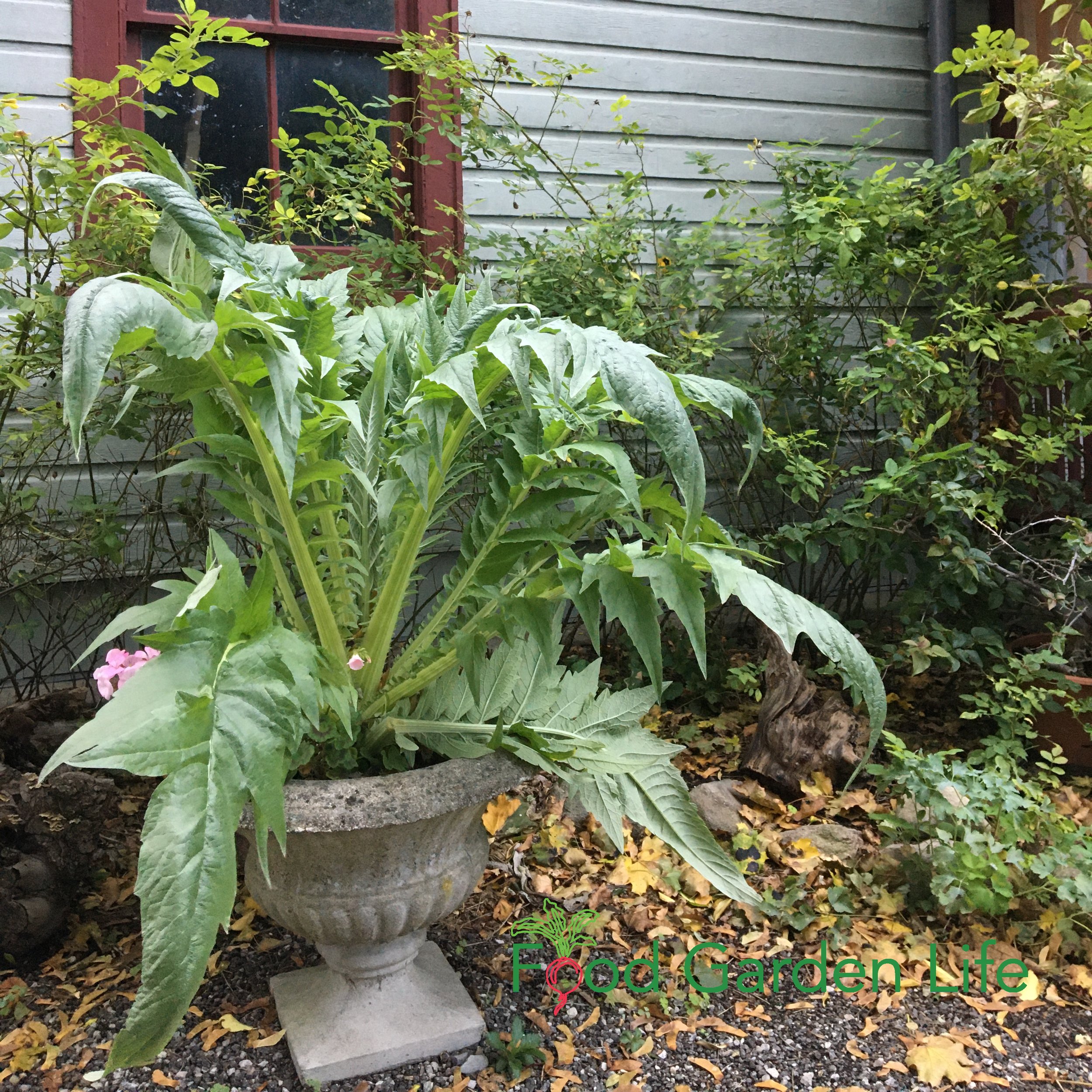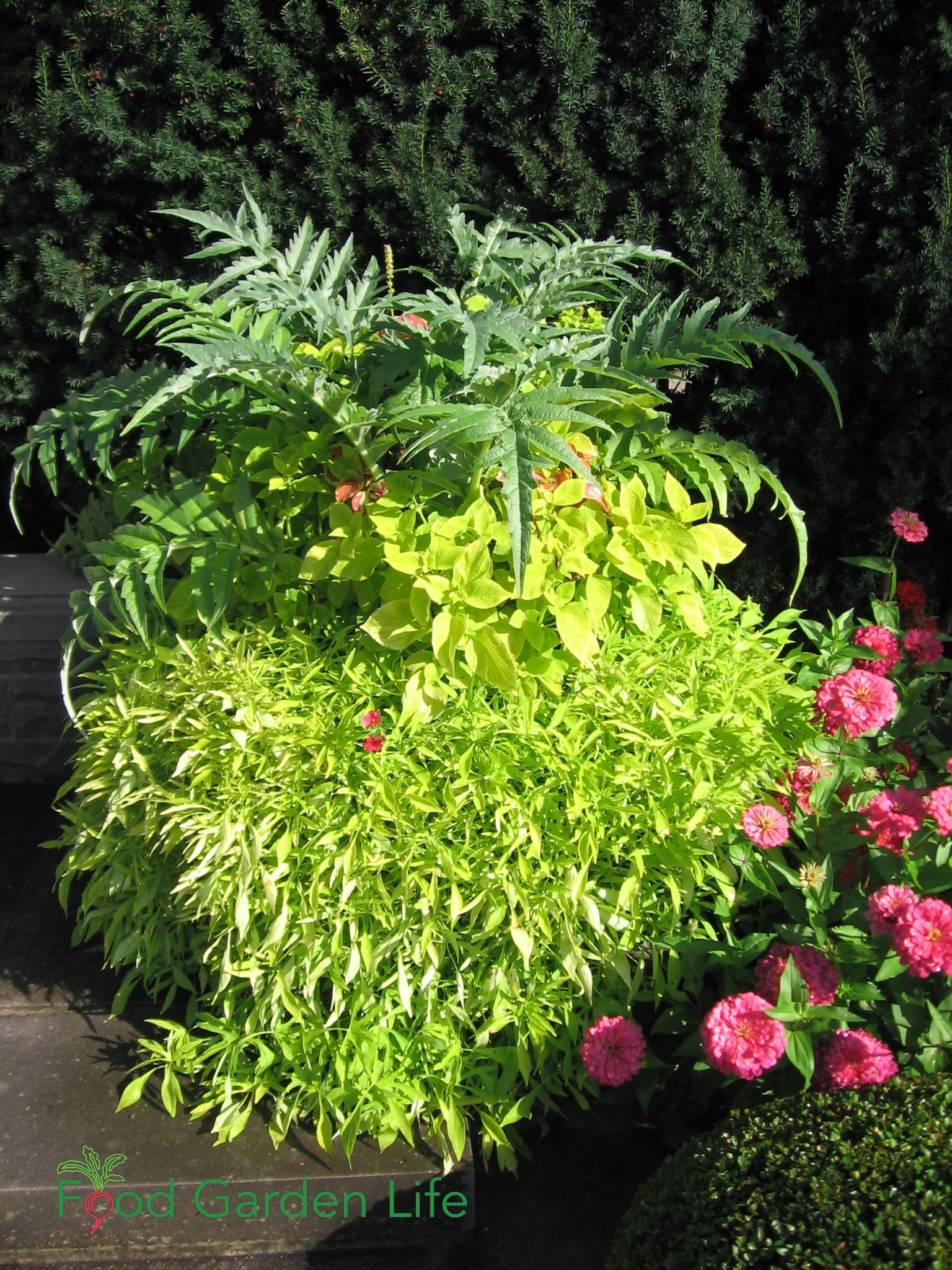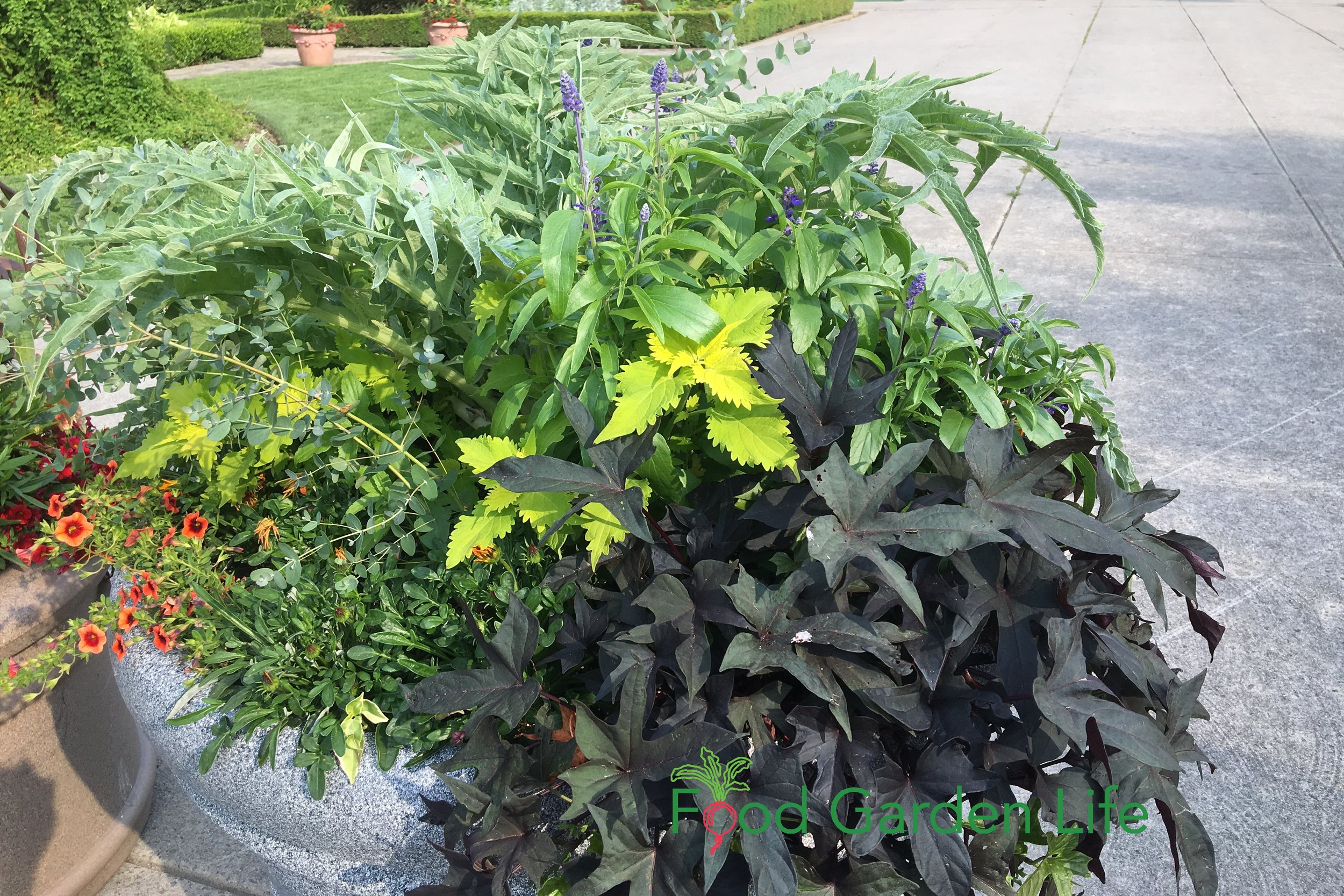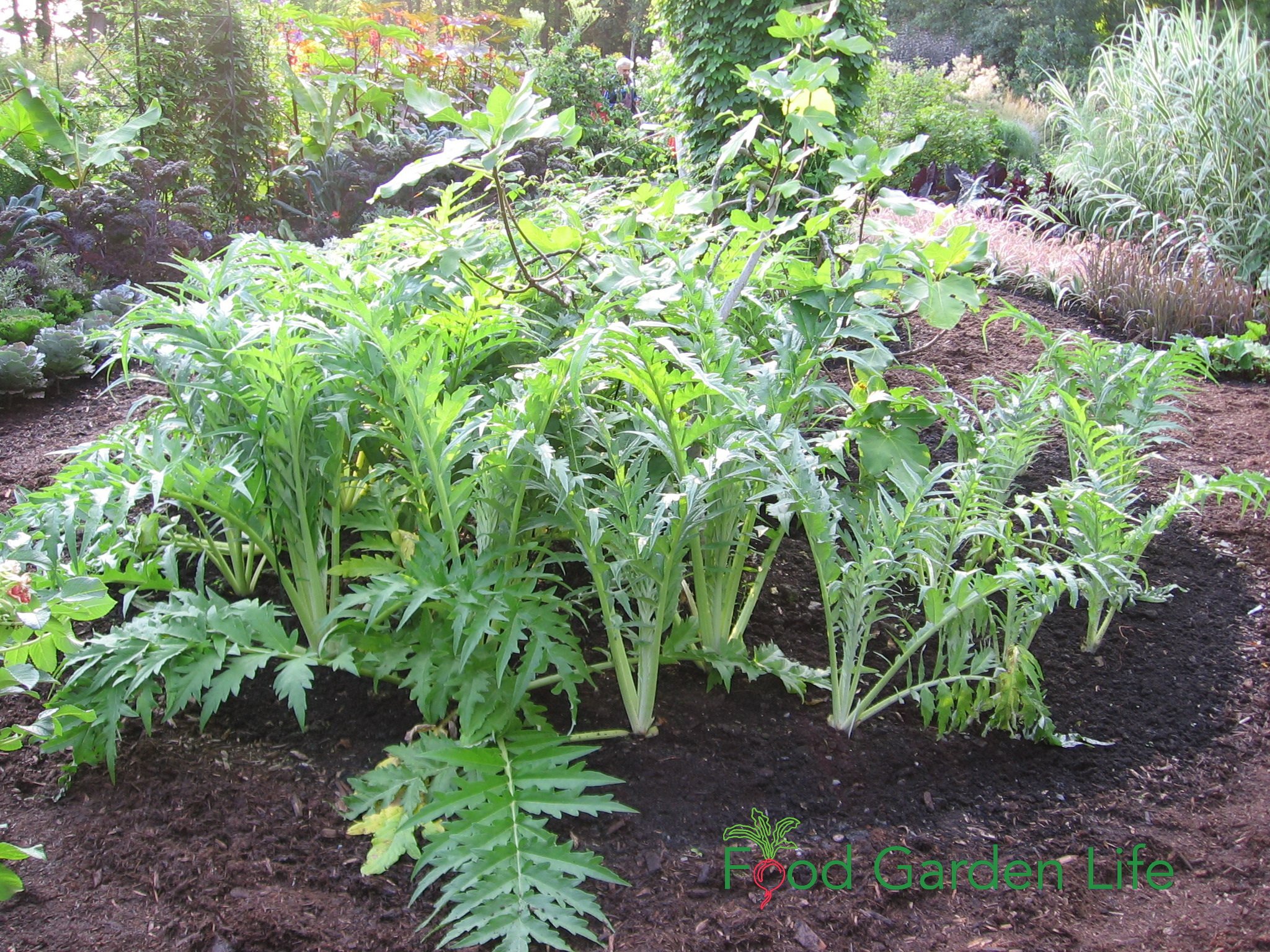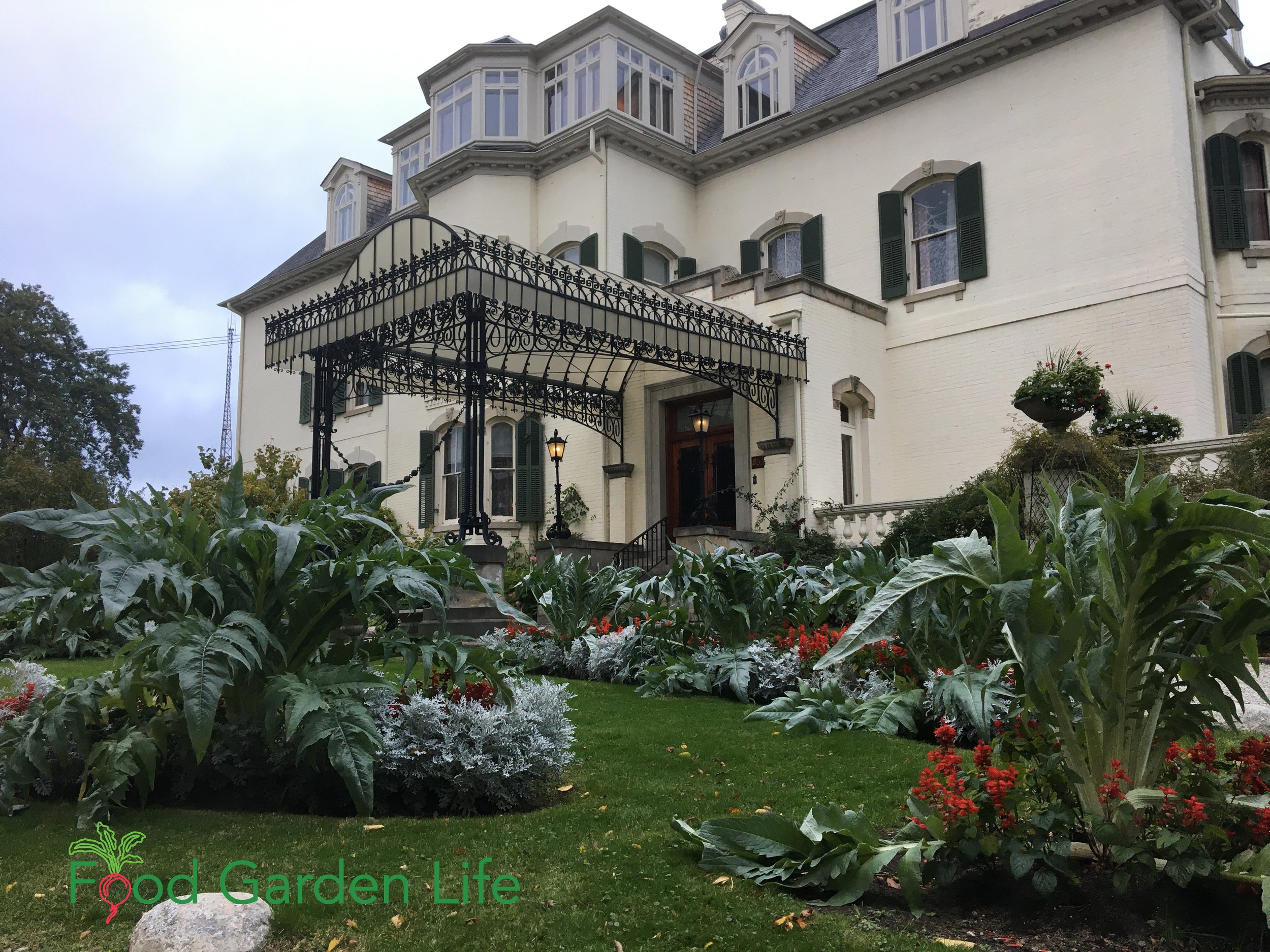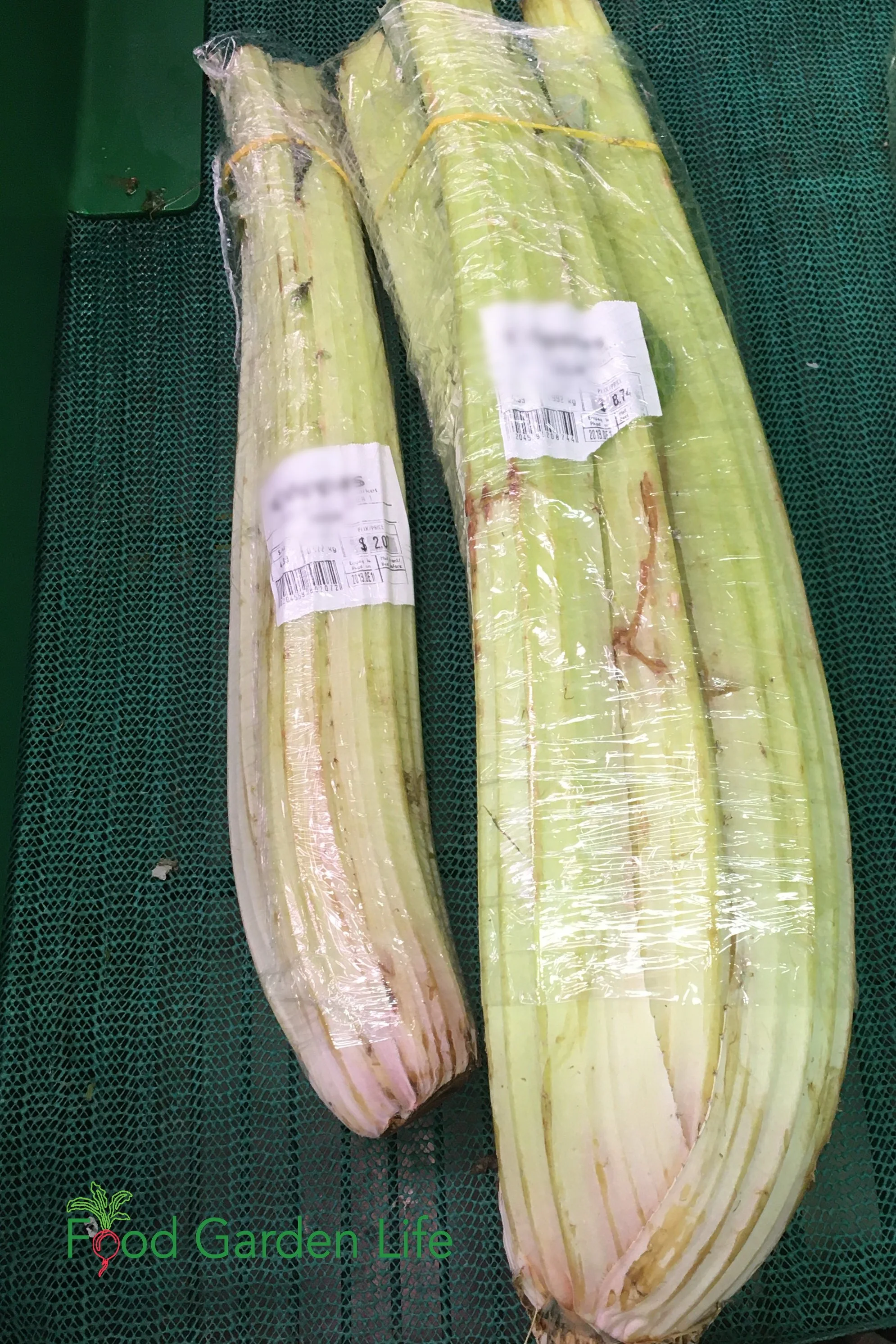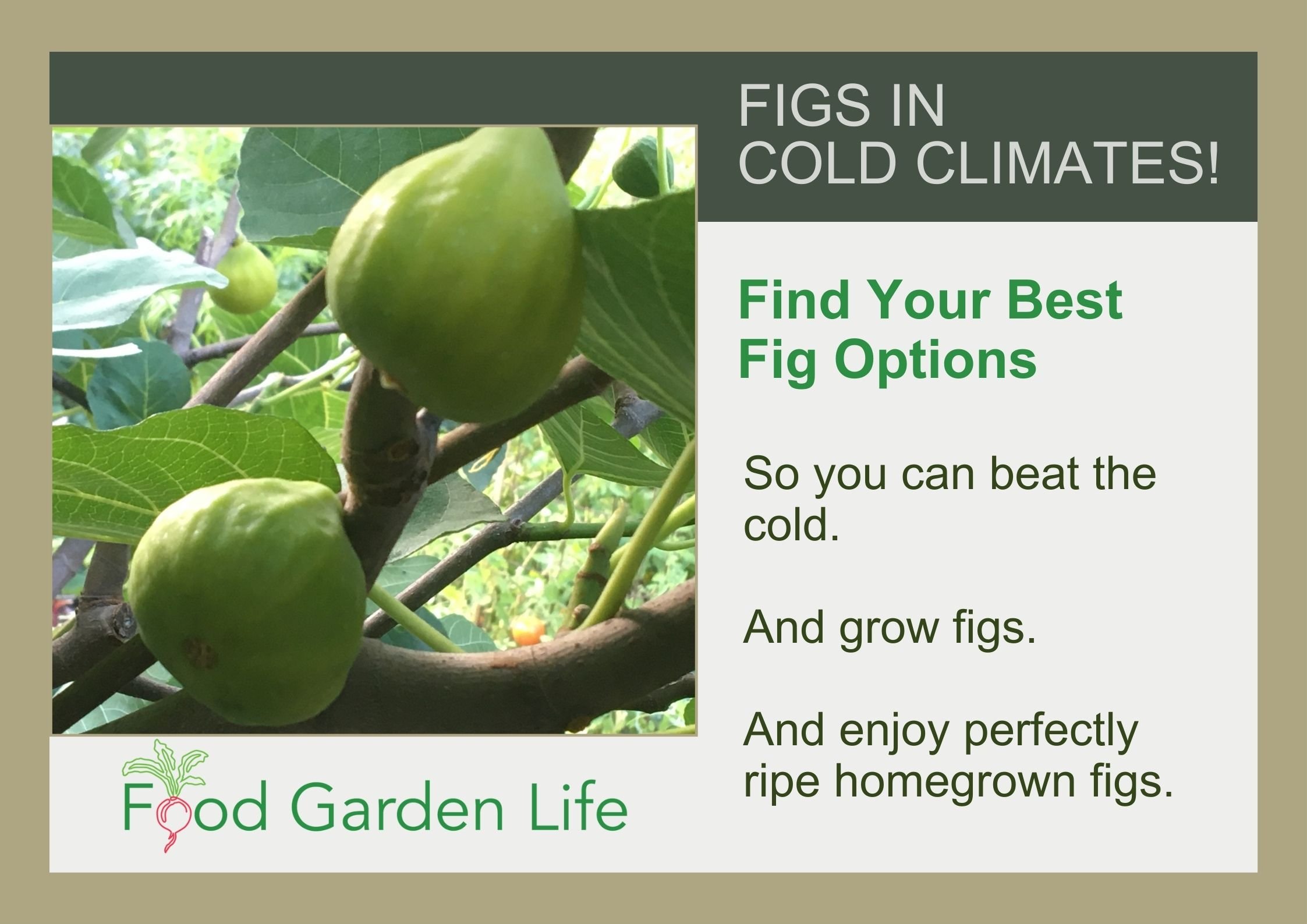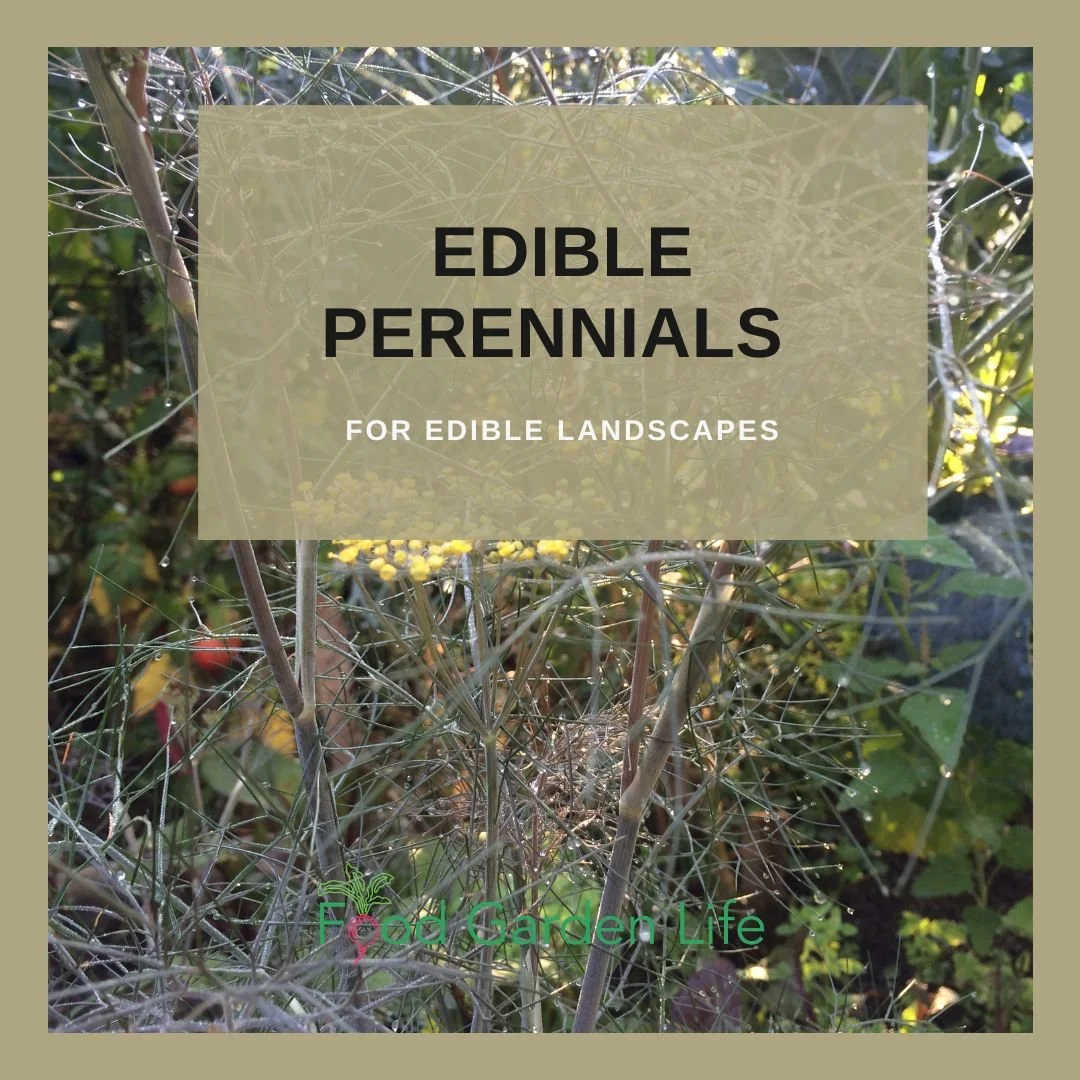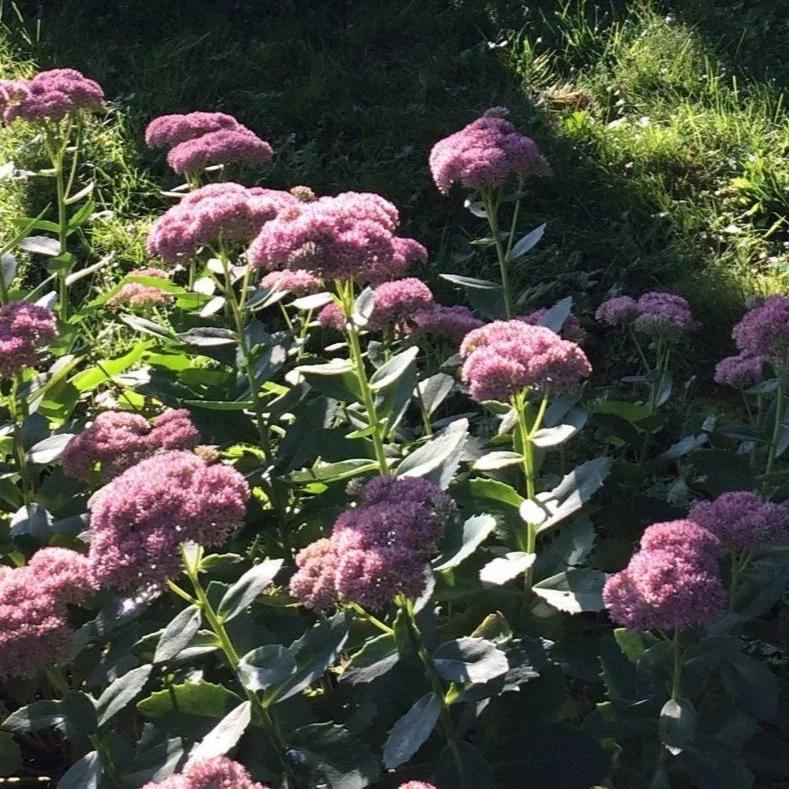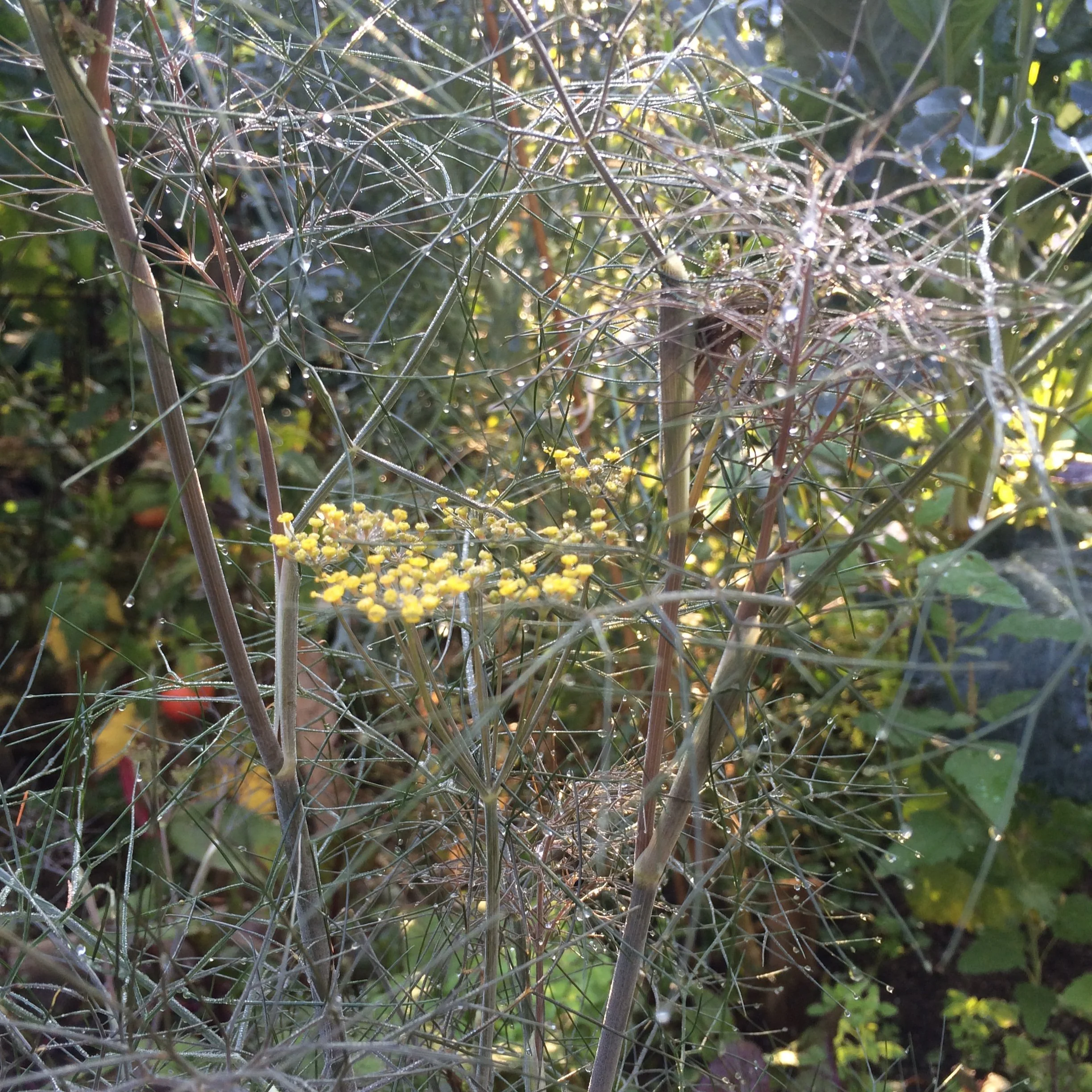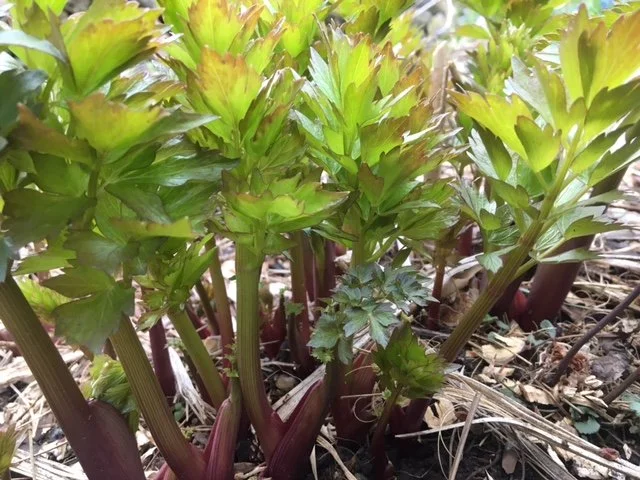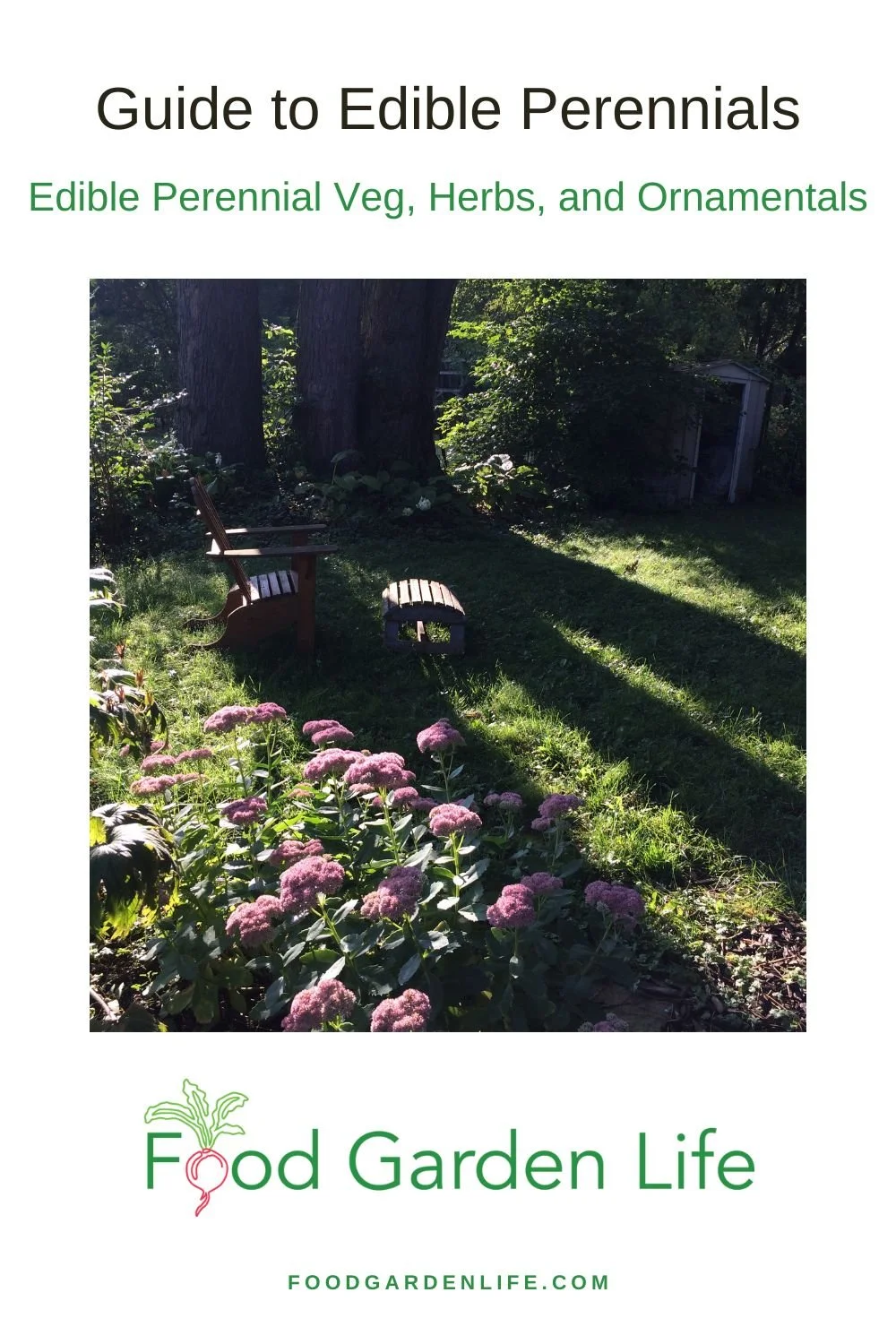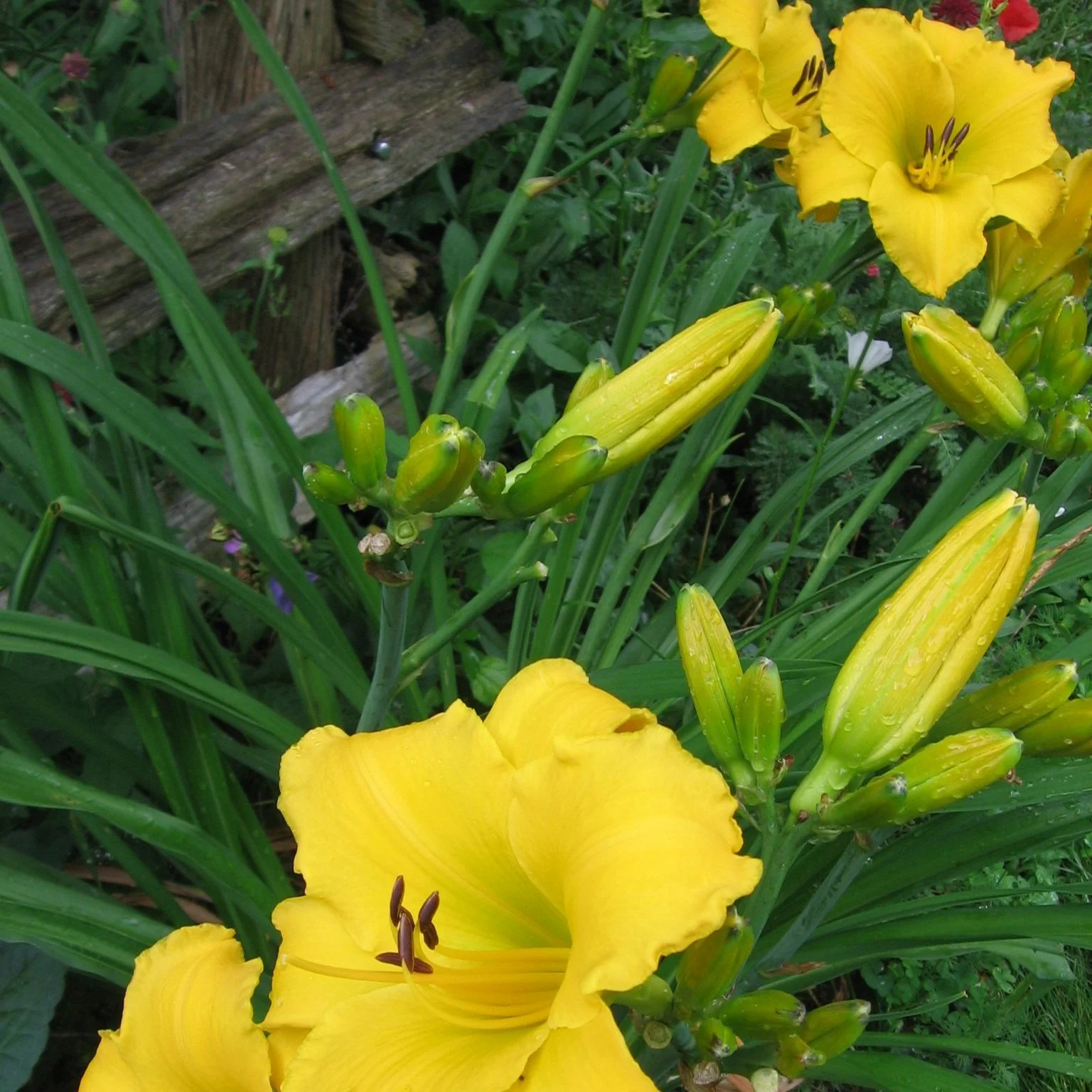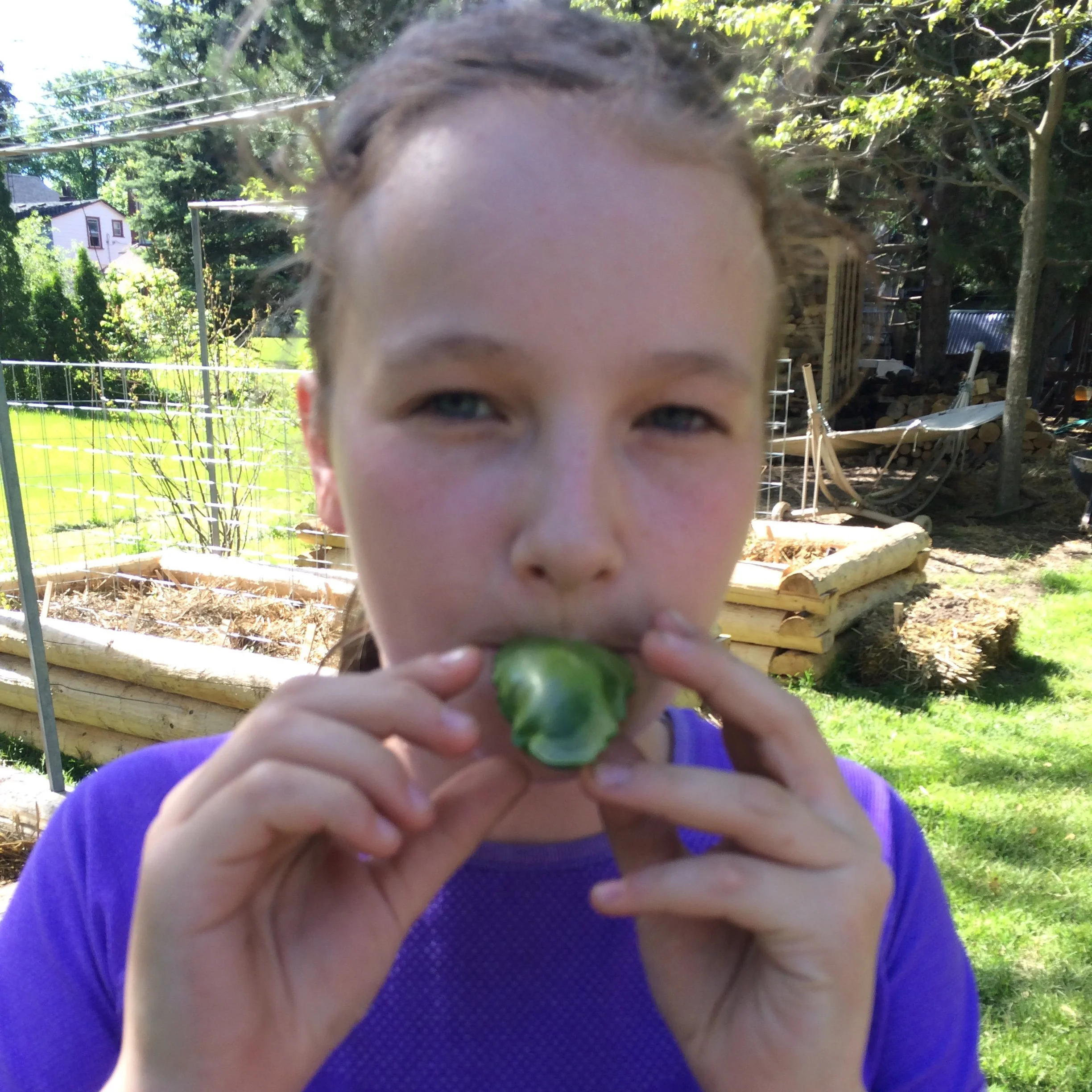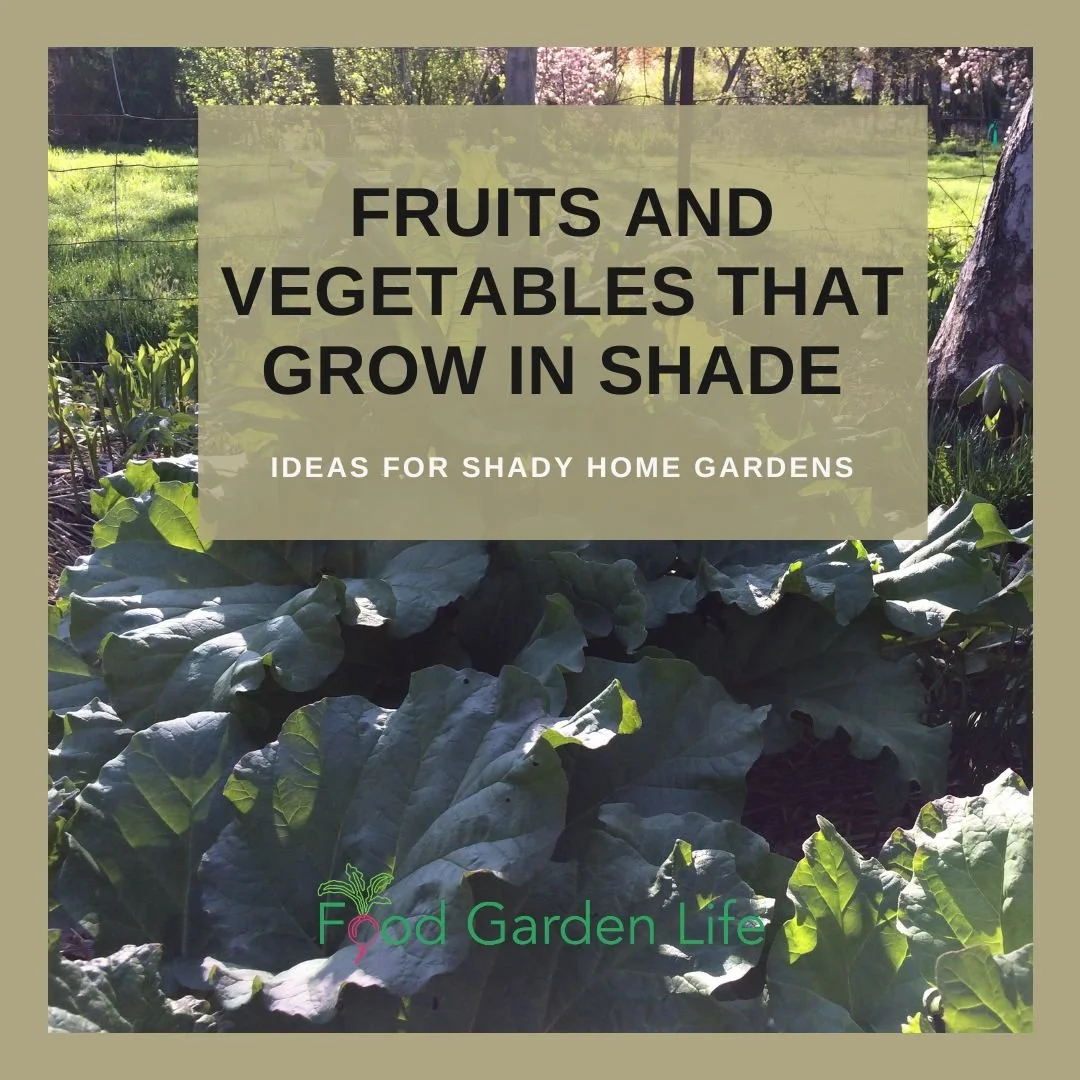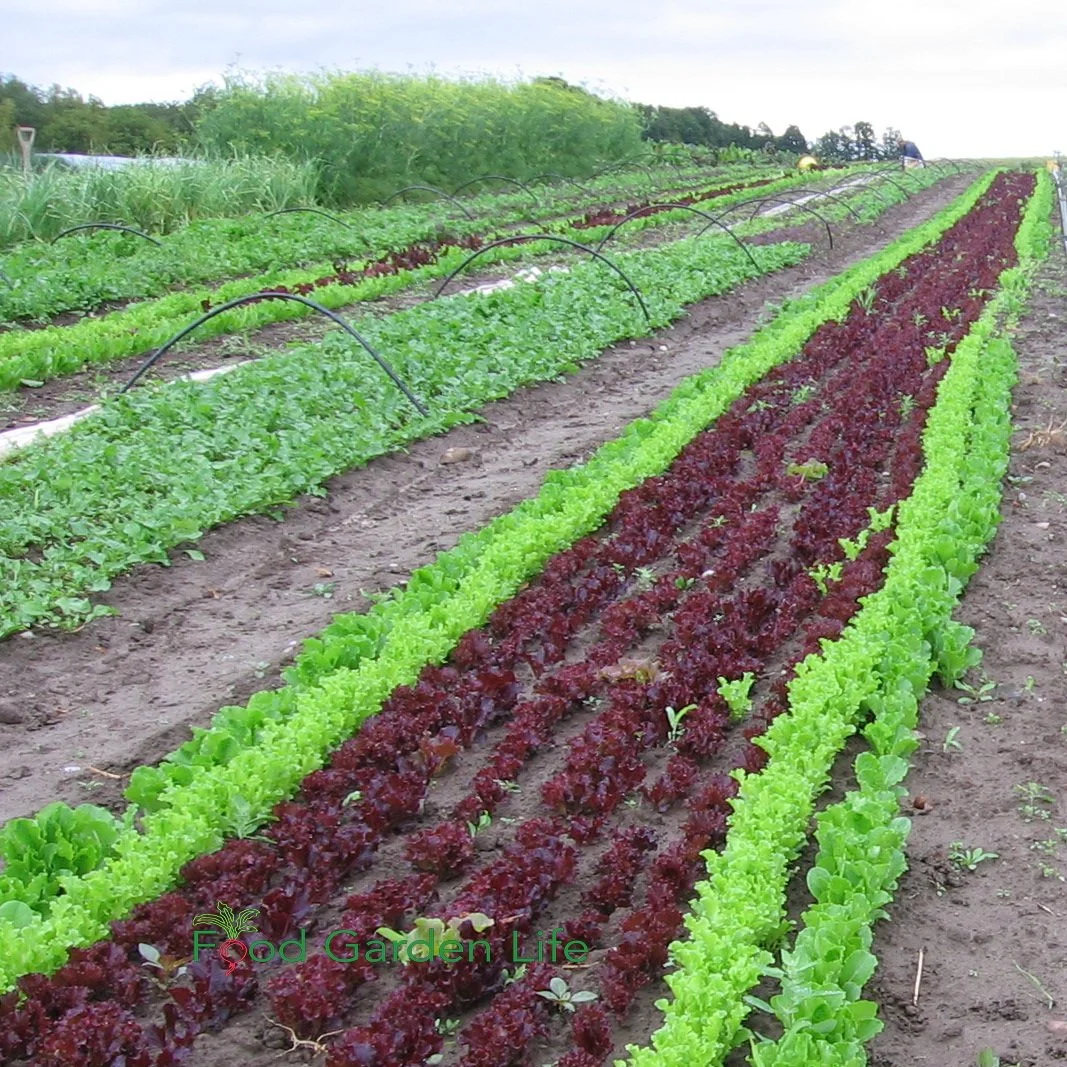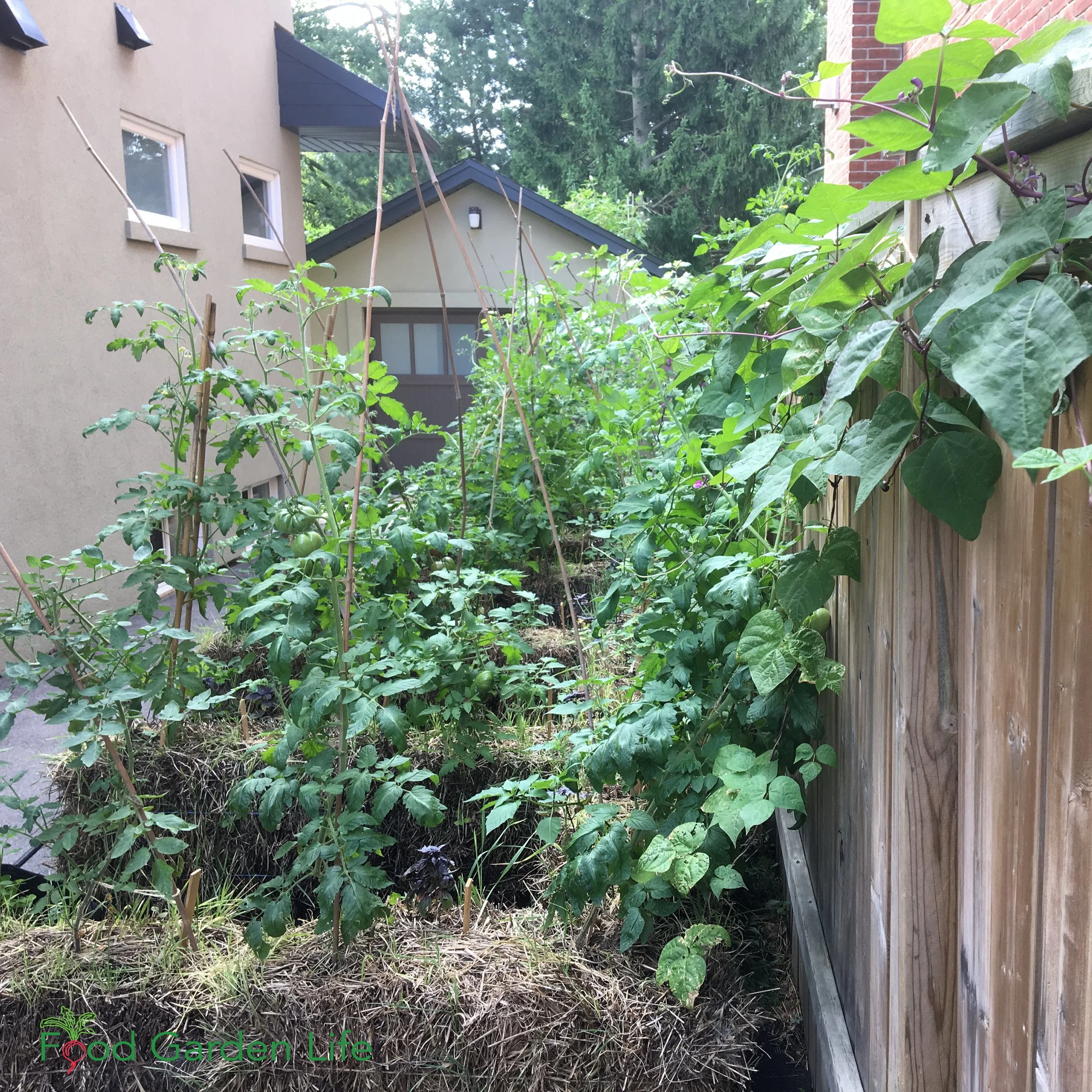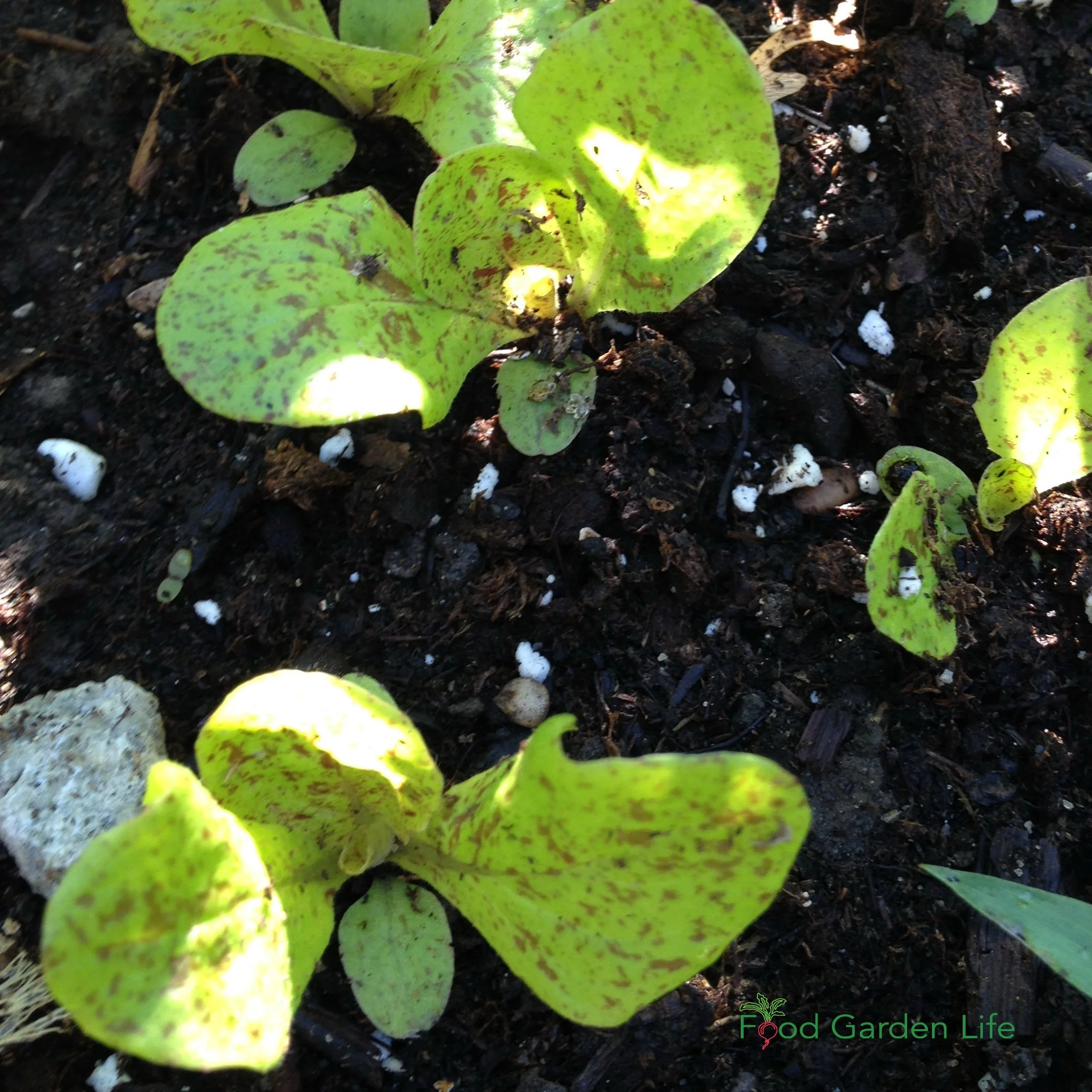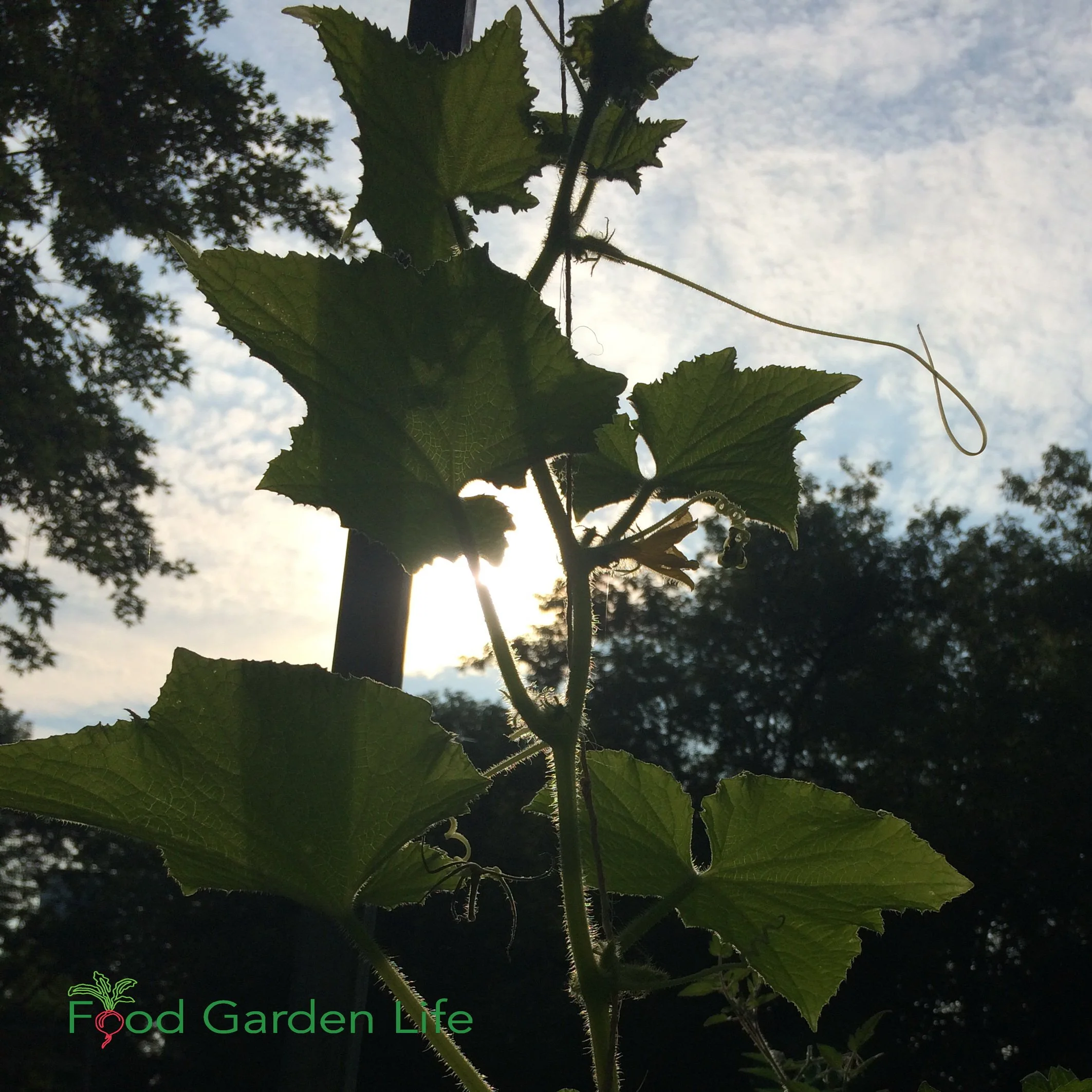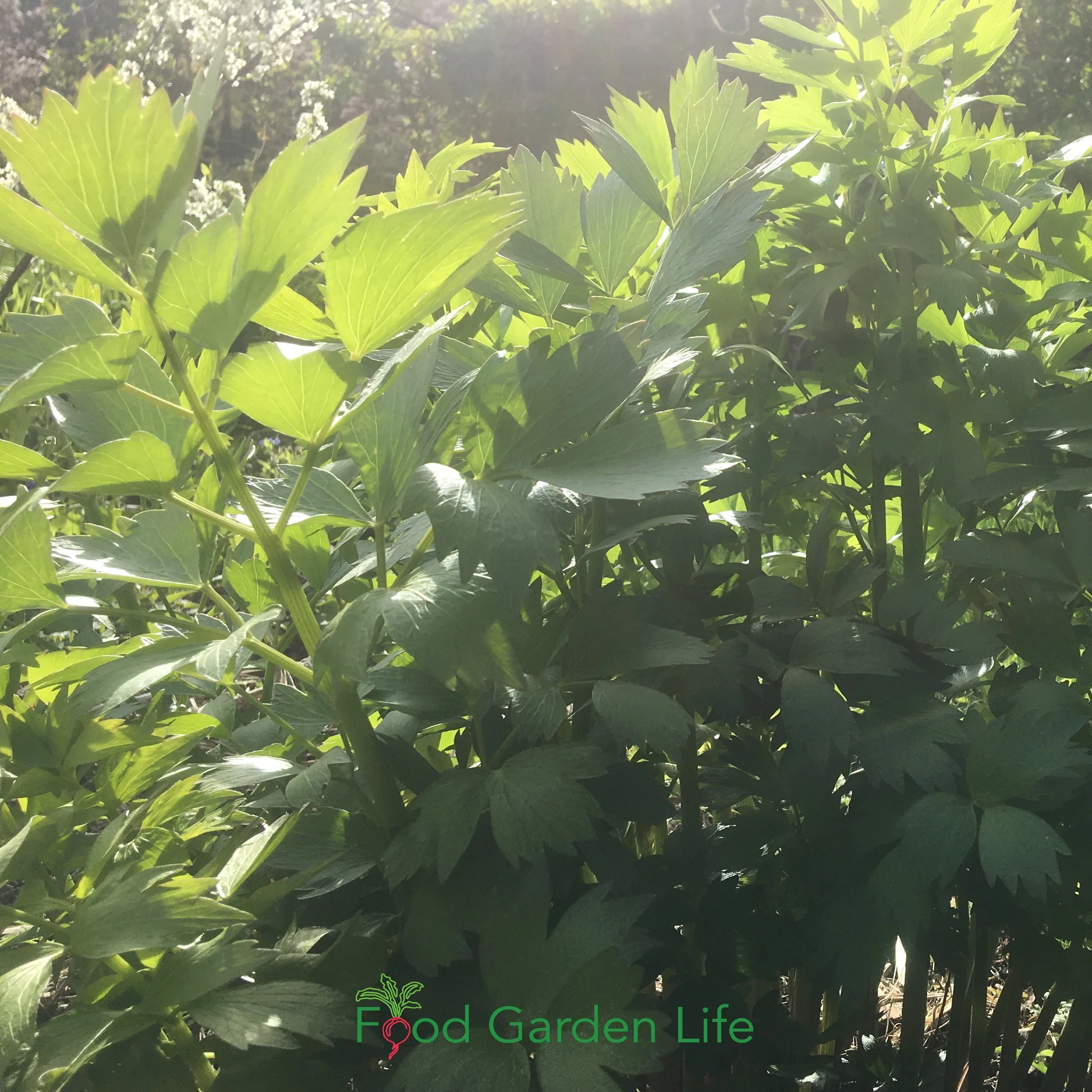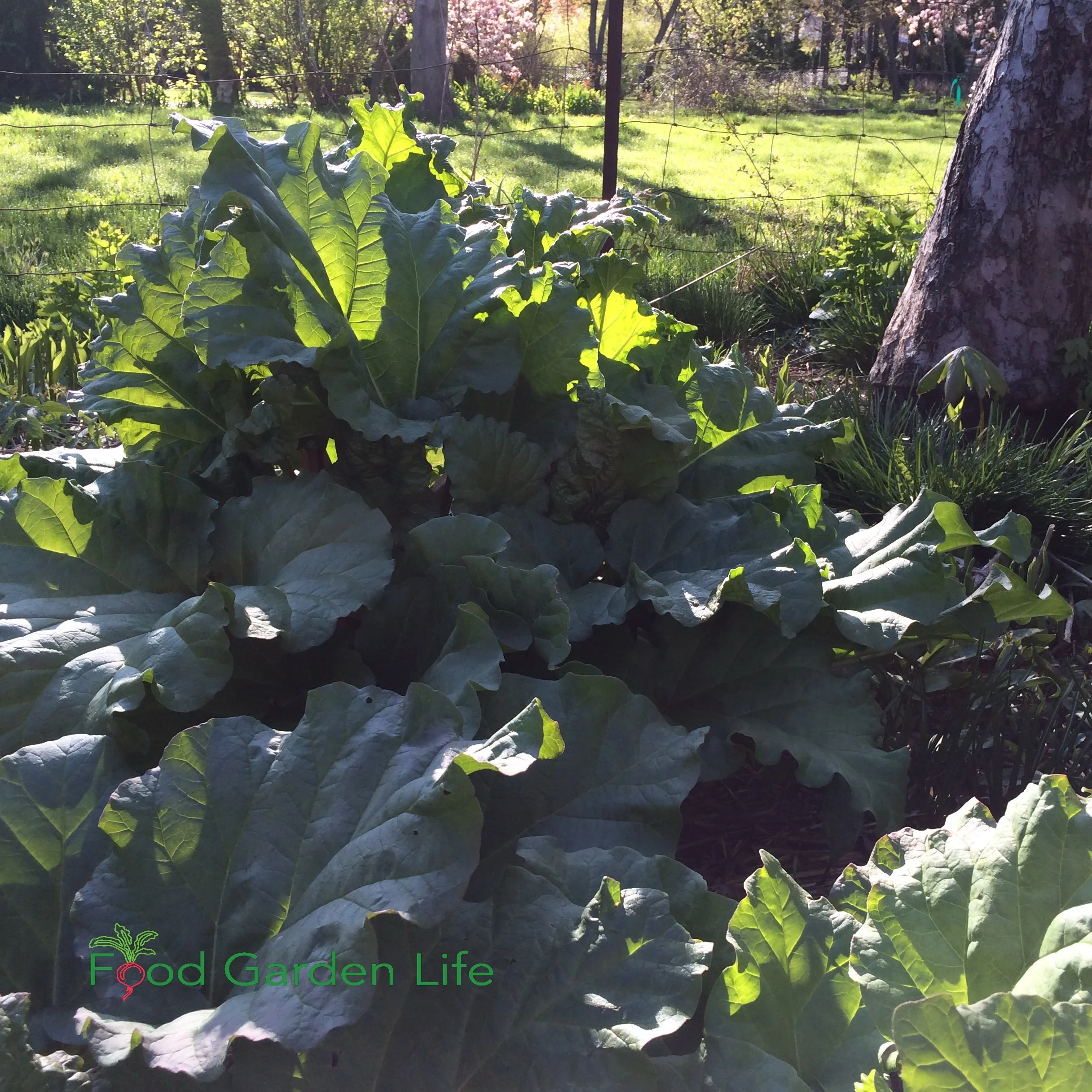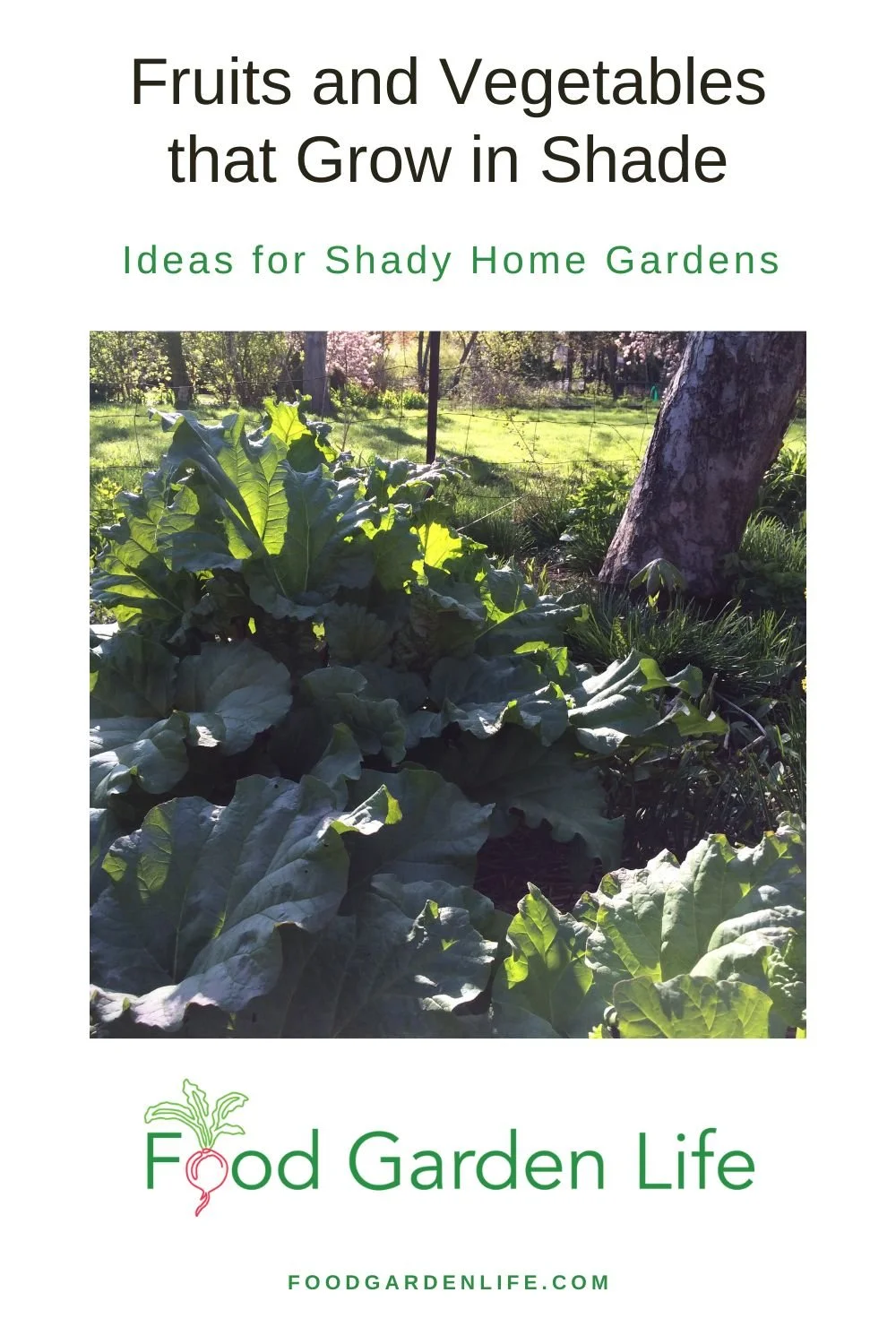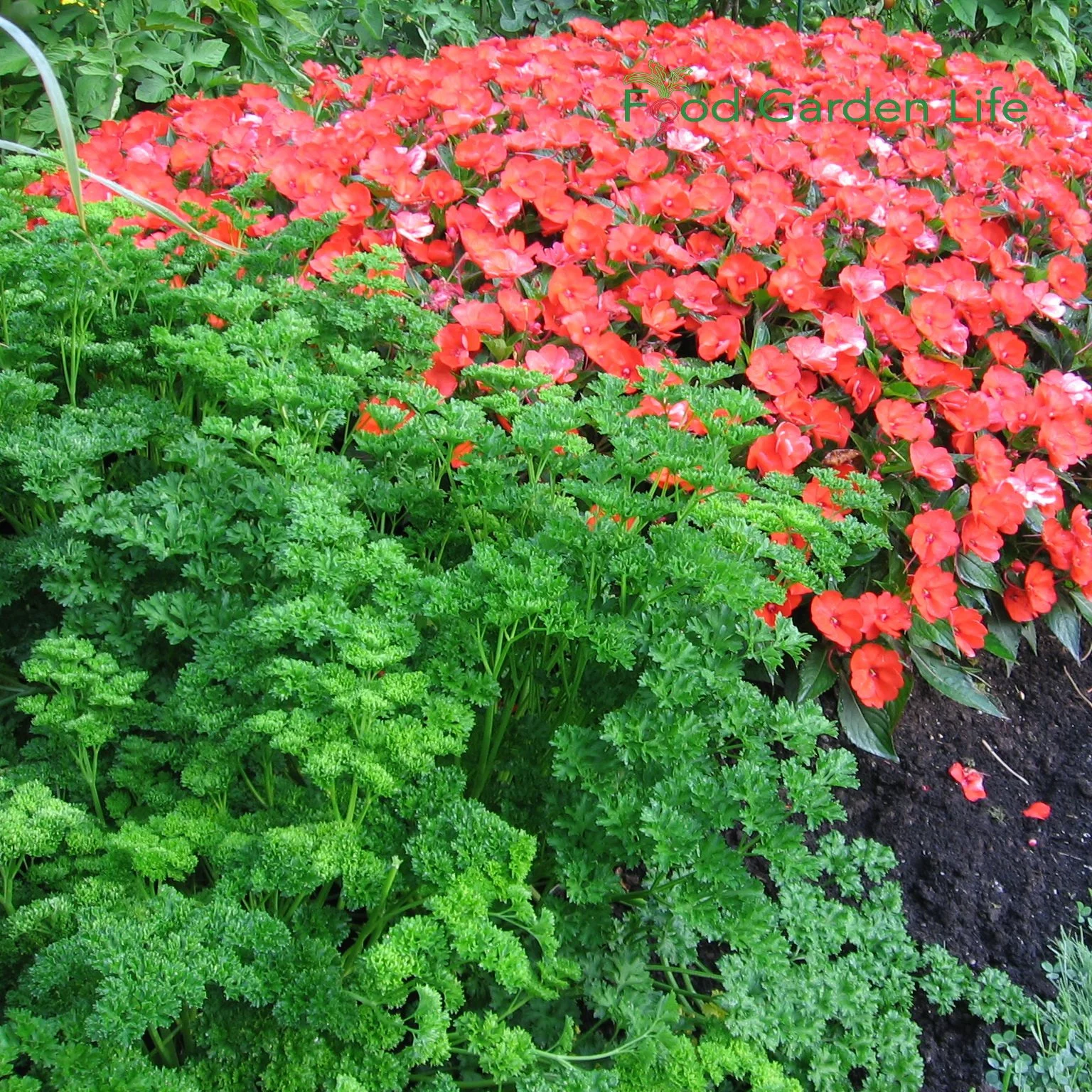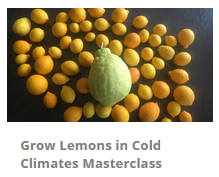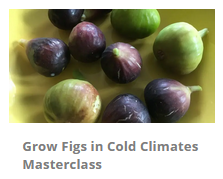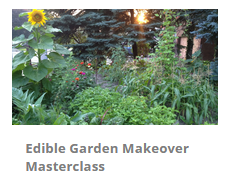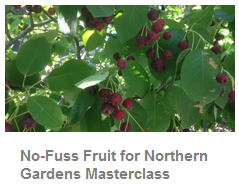
Edible Native Plants...and My Quest for a Rare Toronto Persimmon Tree
Native North American Fruits and Nuts (including persimmon and pawpaw!)
By Steven Biggs
Ontario Native Edible Fruits and Nuts
Pointing to two trees, Tom Atkinson explains that we have the makings of a golf club.
“There you have the shaft of the club; here you have the head,” he says, pointing from one tree to the other:
The shagbark hickory, with a bit of give in the wood, is ideal for the shaft.
The American persimmon, as part of the ebony family, has extremely hard wood that is suitable for whacking the ball.
Both are native North American species; and both have edible parts.
Hunting Pawpaw and Persimmon in Toronto
Our tree trek today is the result of my interest in another North American native, the pawpaw tree.
Because of my fascination with pawpaw, I tracked down Atkinson, a Toronto resident and native-plant expert, whose backyard is packed with pawpaw trees.
After I visited his yard and soaked up some pawpaw wisdom, he mentioned a fine specimen of American persimmon growing here, in Toronto.
I took the bait.
Under a Toronto Persimmon Tree
Now, in the shadow of that persimmon tree, I’m learning far more from Atkinson than persimmon trivia:
The nut of the shagbark hickory, a large native forest tree, is quite sweet.
He points to a pin oak, explaining that the leaves are often yellowish here in Toronto, where such oaks have trouble satisfying their craving for iron.
Waving toward a couple of conifers, Atkinson explains that fir cones point upwards, while Norway spruce cones point down.
There’s stickiness on the bud of American horse chestnuts, but not on their Asian counterparts.
And while the buckeye nut is normally left for squirrels, he’s heard that native North Americans prepared it for human consumption using hot rocks.
Landscape with Fruit
That’s easy to grow in a home garden!
A Backyard Native Fruit Food Forest
In his own garden, Atkinson’s focus is on native trees and shrubs. Many of them are considered Carolinian and are, here in Toronto, at the northern limits of their range.
My own interest in native trees and shrubs has gustatory motivations, but Atkinson’s came about because of his woodworking hobby. “I thought, if I was using wood, I should be putting it back,” he explains. While no longer woodworking, he still has a garden full of native trees and shrubs.
The edible native North American fruit and nut trees in his backyard food forest include sweet crabapple, black walnut, bitternut hickory, red mulberry and beaked hazelnut. “It is really for the creatures of the area, all this bounty,” he adds. I’m taken aback by his generous attitude towards harvest-purloining wildlife, but it’s consistent with his approach of putting something back.
Find out about elderberry, a native fruit bush.
American Persimmon
In the shadow of an American persimmon in Toronto. Grow persimmon in the warmer parts of Ontario.
Sitting under the American persimmon tree and looking up, I’m dismayed to find that the fruits are still green. Atkinson cautions that the fruit are astringent and bitter when unripe, so I satisfy myself with snapping pictures.
He explains that although this is a native North American species, it doesn’t usually grow wild this far north. But it grows well under cultivation.
(I found ripe, orange American persimmons a week later at Grimo Nut Nursery in Niagara, where the more temperate climate aids in ripening fruit earlier than in Toronto. They are sweet and velvety on the tongue; I’m delighted that the young persimmon tree I’ve been nurturing in my garden will have been worth the effort when it starts to fruit. And the fruit-laden trees are beautiful.)
Pawpaw
Atkinson's Toronto backyard, where he grows pawpaw trees and other native fruit trees.
Pointing to clusters of mango-like fruit, Atkinson says, “The fragrance of the pawpaw when ripe is aromatic.” He finds that the texture is like custard.
Each fruit usually contains four to eight seeds. “Like a watermelon, spit out the seeds,” Atkinson adds.
Don’t wait too long to pick it. “If it’s starting to turn brown, give it to the squirrels or raccoons,” he advises.
Pawpaws can be found growing wild on the north shore of Lake Erie into the Niagara region. Like the American persimmon, you’re not likely to find wild ones here in Toronto, but they do grow well here when planted. The large, lush leaves add a tropical feel to the garden.
Serviceberry
Serviceberry is a native edible plant well suited to growing in the city.
When it comes to native edible plants, Atkinson believes that one of the best to grow in the city is the serviceberry.
“There’s a whole bunch of them,” he explains, listing the related members of the serviceberry (Amelanchier) clan. They all have in common an edible fruit similar in size to a blueberry.
Palatability varies by species and variety. The saskatoon berry, which is also grown commercially, has consistently good fruit quality, according to Atkinson.
Serviceberry is widely planted in Toronto parks and is common in the nursery trade. They can be grown as a small tree or a bush.
In my own garden, I end up sharing my serviceberry harvest with robins if I don’t pick them quickly enough. Atkinson says that cedar waxwings like them, too.
Aside from the fruit, the serviceberry leaves turn a vibrant orange-red in the fall and the bark, smooth and grey, is showy, too.
Here’s a member of the serviceberry family that’s grown as a commercial crop: Guide to Growing Saskatoon Berries: Planting, Pruning, Care
American Hazelnut
American hazelnut is a native nut bush. It’s related to the European hazelnuts sold in grocery stores, but the nuts are smaller.
Hazelnuts send out attractive catkins in late winter, before any leaves are out.
Crabapple
“They’re a delight to look at,” agrees Atkinson as we change gears and talk about the sweet crab, a wild crabapple. “It puts on a really good show of flowers,” he says as he describes a blush of pink on white flowers in the spring, adding, “It’s as good as a flowering dogwood but in a different sort of way.” The fruit is very waxy, and very attractive, having a greenish yellow colour.
“Squirrels don’t touch it,” he exclaims. He likes the fall leaf colours, which range from yellow to burnt orange.
On the culinary side, he says the sweet crab fruit is sour, but a perfect accompaniment when roasted with a rich meat such as pork, where the tartness of the fruit cuts the richness of the meat.
Black Walnut
Atkinson speaks warmly of towering black walnut trees and of the beautiful dark wood they yield. He notes how common they are in the Niagara peninsula: “They’re almost like weeds.”
I agree with the weedy bit: My neighbour’s black walnut stops me from growing anything in the tomato family at the back of my yard. Despite its hostile actions towards my tomatoes, I have grown fond of sitting under that tree, never really considering why. “The shade under a walnut is really quite lovely,” he says, describing dappled light that results from the long leaf stalks adorned with small leaflets.
He discourages me from promoting the black walnut for edible uses because the nut meat is very difficult to extract: the shells are rock hard, requiring a hammer to crack. And the meat doesn’t come out easily like an English walnut, but has to be picked out. But by this point I’ve already decided to write about edible native plants because of their ornamental appeal.
Read about wicking beds, a way to deal with black walnut toxicity, a.k.a. juglone.
Growing Native Fruit in Urban Areas
I thank Atkinson for the tour and email correspondence. A couple of weeks later, Atkinson emails me a photo of a broken pawpaw branch. He writes: “Steve, here is what befalls a pawpaw when in an urban setting, and there are hungry raccoons about. I do not begrudge my masked friends at all for doing what inevitably they will do when after pawpaws.”
FAQ American Persimmon
Can persimmon grow in Ontario? Can you grow persimmons in Canada?
American persimmon is reported to be hardy into Canadian hardiness zone 4, though a long growing season with summer heat is needed for fruit ripening. Best in zones zones 5b-8.
Remember: Zones are only a guideline. Sometimes you can cheat if you have a warm microclimate.
Can I grow a persimmon tree from seed?
If you grow American persimmon from seed, the main thing to remember is that they are “dioecious.” This just means that a plant can be male or female. If you grow a seed and get a male plant, you won’t get fruit from it.
Many commercial varieties produce fruit without a male.
Interested in Forest Gardens?
Here are interviews with forest garden experts.
Find This Helpful?
If we’ve helped in your edible-gardening journey, we’re always glad of support. You can high-five us below! Any amount welcome!
More Information on Growing Fruit
Articles and Interviews about Growing Fruit
Courses on Fruit for Edible Landscapes and Home Gardens
Home Garden Consultation
Book a virtual consultation so we can talk about your situation, your challenges, and your opportunities and come up with ideas for your edible landscape or food garden.
We can dig into techniques, suitable plants, and how to pick projects that fit your available time.
Move Over Bedding Plants...and Try These Edible Garden Plants Instead
Replace some of your bedding plants with edible plants! Find out how to choose suitable crops to use as bedding plants.
by Steven Biggs
A Few Plants for Edible Landscaping
Attractive? Check.
Low maintenance? Check.
Edible? Check.
The peppers were the finishing touch in my front-yard edible landscape. Right by the sidewalk. A nice pop of colour.
What had been my front lawn three months before was an edible front yard—edible plants including salad greens, herbs, vegetables, fruit bushes, and edible flowers.
I was enjoying the mix of colour, height, and texture as I popped one of those peppers into my mouth.
Sound the fire alarm. My face lit up scarlet. I grabbed a basket and, between hiccups, plucked all those hot peppers…worried about hot-pepper misadventures with the school kids that go by twice a day.
So the hot peppers were not a home run.
But with those little scorchers harvested, I left the pepper plants. They had dark green leaves and compact form. Nice bedding plants nonetheless. Just not next to the sidewalk.
If you’re interested in edible plants for edible landscaping, keep reading. This post gives you design ideas and top crops for using as edible bedding plants.
What’s a Bedding Plant?
Bedding plants are display plants for seasonal plantings. Here’s a good example, at Butchart Gardens in BC.
Bedding plants are display plants for seasonal plantings. Garden bling. So choices usually combine fast-growing, colour, and resilience.
Some, like coleus, have fabulous foliage. Many have showy flowers. Commonly they’re flowering annuals—though not always. Others, like fuchsia, are tender perennials.
But what they have in common is that they’re typically transplanted into a garden to give an immediate show. Then they’re yanked out at the end of the season.
Lots of common vegetable-garden and herb-garden plants can fit the bill as bedding plants in an edible landscape.
What Makes a Good Bedding Plant?
A good bedding plant is low maintenance. It doesn’t need pruning or staking. You don’t need to hold its hand.
For summertime plantings, a good bedding plant also performs well through the heat of the summer.
Why Use Edible Plants as Bedding Plants?
Using edible plants to make ornamental plantings—instead of traditional bedding plants.
I have nothing against flowers. I go overboard planting flowers every year.
But like many home gardeners, I never have enough space to grow all of the plants I want to grow.
So if I can kill two birds with one stone—edibles for both eating and appearance—count me in. Give me space in the flower garden for some veggies…I'll make it into an edible landscape.
Bedding Plants Through the Seasons
Pin this post!
Most ornamental bedding plants are planted after the last spring frost, but there are exceptions. The most common is pansies—which shine on despite a frost.
(If you didn’t know, pansy flowers are edible!)
You might see plantings of ornamental kale and cabbage in the fall. They soldier on through fall frosts while most bedding plant snivel.
(You can eat ornamental cabbage and kale—though they’re bred for looks, not as gustatory delight.)
Just as plant choice can keep the curtains open longer for a flower garden, choosing the right edible bedding plants keeps an edible landscape looking tip-top into the fall.
Designing Edible Landscapes with Edible Bedding Plants
Swiss chard hanging out with some ornamental bedding plants.
The way you use bedding plants depends on the situation and your taste (sorry about the pun.)
My advice? Be wildly creative and do something that your neighbours aren’t doing. Gardening can be more than practical; it can be creative, too.
(It should be creative, that’s the fun part!)
To get your creative juices going, here are three broad ways of using bedding plants in your edible landscape:
Formal. Think of public display gardens with formal flower beds and symmetrical patterns. (If you’re a detail person, this might be up your alley.)
Informal. This is where you’re getting playful with colour and texture and not constrained by having one big formal flower bed. Like icing on a cake, you “ice” the garden bed…a smear of bedding plants here and there.
Carpet. I once worked at a company where we made the company logo from bedding plants. That’s carpet bedding. We’re talking about a tightly planted, intricate pattern. Like painting with plants.
5 Edible Bedding Plants to Start With
Here are five edible bedding plants you can start with. There are lots more (including the pansies and kale I mentioned above.) But these five edible plants are all work horses, easy to find, and give a good mix of colour and texture.
Swiss Chard. Such an underrated plant. While so many of its leafy-green brethren make haste to flower and die, Swiss chard just grows leaves all summer. And along with green varieties, there are red, orange, yellow—even striped red-and-white varieties. Find out why Swiss chard is also a great choice in the fall garden.
Swiss chard. This underused leafy green makes an excellent bedding plant.
Parsley. The world needs more parsley. Seriously. Beyond garnishing a cheese tray or bulking out your bruschetta mix, parsley is a performer in the edible landscape. Great for edging borders. Planted in larger blocks, curly-leaf parsley is a brush-stroke of texture. And it lasts nicely even as fall frosts fell heat-loving crops.
Parsley. A top-notch bedding plant.
Cardoon. How many edible plants can you describe as elegant? This one has a touch of class. I was riveted when I saw cardoon punctuating the landscape of the historic Spadina House mansion in Toronto. What a bold beauty this plant it! Find out more about cardoon.
Cardoon. An elegant bedding plant!
Basil. From compact, little-leaf varieties to more gangly family members, you can choose from quite a range of plant and leaf sizes. And for leaf colour, remember there’s red and purple, as well as green. The compact basils are great for carpet-style designs. Keep in mind that basil, after a spell of cold fall weather, will quickly pack it in for winter.
Basil. So many choices…here’s a shot from a trial garden.
Eggplant. Compact plant. Attractive flowers. Beautiful fruit. Eggplant can be front and centre in an edible landscape. I love the small-fruited varieties with interesting colours, such as red-fruited eggplant or the skinny striped ones. Eggplant as a bedding plant? I bet your neighbours aren’t doing this!
Eggplant. Even if you don’t love eggplant, you have to admit it’s beautiful!
Find This Helpful?
If we’ve helped in your edible-gardening journey, we’re always glad of support. You can high-five us below! Any amount welcome!
Courses
Here’s a course that guides you through creating an edible garden you love. It’s my ode to edible gardening. You’ll find out how to think outside the box and create a special space. Get the information you need about a wide range of edible plants.
Driveway Makeover! 5 Ideas for Growing a Container Garden for Vegetables
A container vegetable garden is a good way to fit lots of vegetable crops into a small space. Find out how to get started.
by Steven Biggs
My Driveway Container Vegetable Garden
Not enough space to grow everything you want? Be creative! A container garden are a great way to fit more vegetables into your yard.
Here’s our driveway container garden. The driveway container garden is a quick, temporary space-making solution so we can grow extra tomato, pepper, potato, summer squash, and chard plants.
In this vegetable container garden, we use straw bales, fabric pots, nursery pots, bushel baskets, and vertical gardening techniques to make the most of the space.
In this post, I talk about these five vegetable container gardening techniques, along with container plants and container garden tips.
Ideas for Your Vegetable Container Garden
Container gardening is part science, and part creativity. There are lots of ways to approach it. Here are five ideas we’ve used to make the most of our driveway for growing vegetables.
1. Strawbale Gardens: Grow Vegetables in Containers that are Biodegradeable
Wetting the straw bales to start the “conditioning” process.
A lot of visitors take a second look at my straw-bale garden and wonder where I put the potting soil. There is no potting soil: The straw bale is both the container and the growing medium. No potting mix required!
The decomposing straw gives plant roots needed air while retaining moisture…like a big sponge.
By the end of the season, when we pull apart a bale, the inside is dark and crumbly. It’s already partially composted and perfect to use as mulch on our gardens. Then, we start again with new bales the following year.
We plant the top with tomato plants and leafy greens. Then we put bush beans on the sides of the bales.
Important: If you’re starting with new, fresh, dry bales, the first step is to get microbial activity underway by watering them and feeding them. This step is called “conditioning.”
Find out more about straw-bale gardening.
2. Bushel Baskets: Growing Vegetables in Containers that are Repurposed
Container vegetable gardening with repurposed stuff! Potatoes growing in lined bushel baskets.
We often have extra bushel baskets from our fall cider-making. So we use them for growing potatoes. (We can’t grow potatoes in our back yard because our neighbour’s black walnut tree gives off a compound that kills them.)
We line the bushel baskets with plastic bags so that the potting soil stays moist longer and so the bushel baskets won’t decompose as quickly. (We poke drainage holes in the bottom of the bags!)
There are lots of repurposed items that work well as containers. Here are a few ideas:
Milk crates. I’ve used these in previous gardens. Just cover the openings on the side and bottom with newspaper or cardboard, so the soil doesn’t escape.
Old wheelbarrow. A friend uses an old wheelbarrow as a driveway planter.
Wash basins. I have neighbours who use metal wash basins as vegetable garden planters. (Make sure to drill drainage holes in the bottom.)
3. Fabric Pots: Garden in Pots that are Moveable
Fabric pots are moveable, and a great way to start container gardening.
These pots are widely available. What we like about them is that they have handles so we can move them aside if we need to move anything large along the driveway.
I’ve seen impressive rooftop container gardens created with fabric pots. While some gardeners use drip irrigation to keep the soil consistently moist, a more simple approach is to put a saucer underneath; as the potting mix begins to dry, water in the saucer wicks upwards.
4. Fence: Grow Vegetable Plants on Surrounding Features
We train tomato plants up the twine that is dangling from the top of the fence.
Sometimes it’s possible to squeeze more crops into a space by growing some of them upwards—a concept that’s often referred to as “vertical gardening.” In the case of our driveway, there’s a wonky board fence that I like to hide with a wall of tomato and squash!
We plant tomatoes next to the fence, and then train them up twine suspended along the fence. We also grow squash vines along the fence—well past where the garden is.
Idea: I’ve also grown squash along hedges and up trees. Because the vines roam around, there are lots of vertical-gardening possibilities.
Here’s more about vertical gardening.
5. Nursery Pots: Figs Growing in Containers
Next to my garage is my potted fig “orchard.” It’s a collection of potted fig plants growing in nursery pots. These fig trees spend the winter in my garage.
Nursery pots are an inexpensive way to start container gardening. Talk with garden centres and arborists—you can often get them for free or very inexpensively.
If you’re interested in growing figs in a cold climate, here’s more about how to do it.
Grow a Container Vegetable Garden
And get an early harvest of crops that usually take too long!
Plan Your Container Vegetable Garden
Choose the Location
If you’re thinking about a container vegetable garden but don’t know where to start, choose your location first.
Then, once you’ve decided on a location, you’ll know how much sunlight you’re dealing with. Remember that full-sun crops such as tomatoes can do respectably well in partial sun. (This is not something a commercial market gardener would do…but if you’re a home gardener, conditions often aren’t perfect.)
Something else to think about is access to water. Is there a tap or hose nearby?
Choosing Container Plants
When it comes to choosing container gardening crops, a good starting point is things you like to eat.
Then, think about crops that do well in containers. Most vegetables grow well if a container is big enough, but some crops are more practical than others.
For example:
Pole beans are great if they're next to something they can grow on, but, otherwise, bush beans are more practical because you don't need to make a trellis.
Parsnips and Brussels sprouts take the whole summer and fall to mature. Instead, look for crops that mature more quickly, like carrots and carrots.
Here’s a list of best vegetables to grow in pots.
If the location is shady, here’s a list of crops that grow in shade.
Consider Containers with Reservoirs
A key to success—and common reason for failure—with container vegetable gardening is watering. When the soil in containers regularly dries out, your vegetable plants put on the brakes. Growth stalls. Or, even worse, your plants skip straight to flowering before they're big enough.
Pin this post!
(When you’re looking for bargain plants at a big-box store and see what looks like a bonsai cauliflower plant that’s only six inches tall, chances are that the plant got parched too often…and that stress made it flower before its time.)
If the potting soil is consistently moist, your crop will be miles ahead. It makes a big difference.
You can keep the potting mix consistently moist with what’s called “sub-irrigated” pots. This is just a fancy way of saying a container with a reservoir. As the potting mix begins to dry, water from the reservoir wicks upwards, keeping the soil continuously moist.
This sort of container is widely available—but you can easily make your own.
Find out more about sub-irrigated (a.k.a. self-watering) pots.
More Container Ideas
If space is tight, small containers might be your only option. I've made herb container gardens by dotting potted plants on a staircase.
Don't forget window boxes. Although they're shallow, they work well for shallow-rooted crops such as leafy greens.
Hanging baskets are a great way to fit more vegetable plants into your container garden.
Find This Helpful?
If we’ve helped in your container-gardening journey, we’re always glad of support. You can high-five us below! Any amount welcome!
Edible Flowers: Flowers You Can Eat (AND how to use them)
Edible flowers: Find out which flowers are edible—and how to use them to spice up your cooking and culinary creations.
Edible Flowers for Your Garden
Bee balm (bergamot) is an edible flower that’s a good fit for a perennial border.
When I taught at a college with a farm-to-table horticulture and culinary program, the chef asked us to harvest small zucchinis with the flower still attached at the end. A pedestrian ingredient elevated to gourmet.
Yet they often fly under the radar. You can fit edible flowers into a vegetable garden, herb garden, edible landscape, and beyond. You might have some growing there already.
Once they’re on your radar, you’ll see them everywhere.
If you’re wondering what flowers you can eat, keep reading. This post explains where you can grow them, lists easy-to-grow edible flowers, and has ideas for creative ways of using them.
How to Grow Edible Flowers
Use bachelor’s buttons petals to decorate a cake, or dried in a tea.
Because edible flowers grow on a very wide range of plants, there’s no one-size-fits-all growing advice. Many are sun loving. Some tolerate some shade. While many are annuals, there are shrubs and trees too.
Success growing edible flowers is a matter of selecting the right plant for the right growing conditions.
Some of my favourite edible flowers are the ones that self-seed in my garden, meaning they come back year after year without me having to plant them. I like gardening that way.
NOTE: Not all flowers are edible. So don’t eat it if you’re not certain it’s edible. Start with small amounts if it’s the first time you’re eating a flower. As with any food, some people can have sensitivities.
Calendula (pot marigold) self-seeds in my garden. I let a “hedge” of calendula frame one of my potager beds.
Where to Grow Edible Flowers
Edible Flowers in the Vegetable Garden
There are lots of edible flowers to be found in a vegetable garden.
Here are some of my favourites.
Arugula flowers are edible and have a peppery taste similar to the leaves.
Arugula. Like the leaves, these small flowers are peppery. They’re nice atop a salad or a savoury soup.
Broccoli. We grow broccoli to harvest before the flowers open…but if your broccoli beats you to the punch and the flowers open, you’ll have cheery yellow flowers to toss into a salad or use as a garnish.
Fennel. Clusters of small, bright yellow flowers have a delicate anise flavour. I’ve seen a chef tap fennel flowers over a white plate to decorate it with the brightly coloured pollen. Along with Florence fennel, there’s bronze fennel, a short-lived perennial in my garden zone (and an invasive in others…). Find out more about bronze fennel and other edible perennials.
Pea. Flowers taste like…peas. As well as the flowers, you can also eat young shoots and tendrils. Caution: Flowers of peas we grow as a vegetable (Pisum sativum) are edible; flowers of sweet pea (Lathyrus odoratus), grown as a cut flower, are poisonous.
This squash flower is calling out for a wedge of cheese, some batter, and a bath in the deep fryer!
Runner bean. Along with edible flowers, runner bean flowers have long enough stems to make excellent cut flowers. In my garden, they’re a magnet for hummingbirds too! Runner beans are also a top crop for vertical gardening: Find out more about vertical gardening.
Squash. Slightly sweet taste. Stuff whole flowers with a wedge of cheese and batter and deep fry. Or, slice and serve atop a bowl of soup for a dash of bright yellow or throw into a stir fry just before serving.
All of these veggies can thrive in container gardens. I teach people how to grow great container vegetable gardens in my this masterclass.
Edible Flowers in a Potager or Kitchen Garden
I like to think of potager gardens as grazing gardens: Instead of large quantities of each crop for preserving, we’re growing smaller quantities to pick and eat fresh on an ongoing basis. I like a grazing garden with lots of annual flowers in it for cutting…and eating.
Bachelor’s Buttons. Flowers come in blue, pink, and white. Eat fresh, or dry to add colour to your home-made tea blends. Or sprinkle some petals over the bowl of whipping cream you’re putting out for dessert.
Calendula petals are a homegrown saffron substitute, great for colouring rice.
Calendula. Great for colour, though not a lot of flavour. Pluck off the petals to add to salads or dress up a plate. Use dried petals to add colour to rice dishes—a homegrown saffron substitute.
Rose. Pluck some rose petals to chop and add to a fruit salad. The lower, white portion of the petal can be bitter, so before using them, do a taste test—and remove the white portion if needed. Edible flower expert Denise Schreiber recommends rose-petal ice cream.
Sunflower. Use these brightly coloured and mildly bitter petals as a cheerful garnish.
Edible Flowers for Containers and Container Gardens
You can eat the whole nasturtium flower. It has a peppery taste, like the leaves.
Many well-known edible flowers are grown as annuals, and many are well suited to growing in containers.
Here are a couple of my favourites.
Begonia. Tuberous begonia petals have a citrusy taste and a firm texture.
Nasturtium. Unlike some flowers, where you must first remove petals from a corky core, you can pop a whole nasturtium flower into your mouth. Like the leaves, the flowers have a peppery flavour. (See below…rinsing before eating can be a good idea!)
Edible Flowers for an Edible Landscape
Here are ideas for perennials, shrubs, and trees with flowers you can eat for an edible landscape.
Apple blossoms have a floral flavour.
Apple. These blossoms have a floral flavour.
Bee Balm. A.k.a. monarda, pluck these slightly spicy petals to dry for tea or use fresh tossed into a fruit salad.
Daylily. Use the flower bud in stir fries instead of snap peas. Dice the flowers to throw into frittatas and pancakes. Or…what about an open flower to hold a scoop of ice cream—instead of an ice cream cone!
Elderberry. Use these sweet-smelling flowers fresh in fritters. Dry them for tea. Or to make cordial or elderflower champagne. Don’t graze on raw elderflower—this is a flower that should first be processed.
Redbud flowers taste sweet.
Lilac. Sweet, with a little drop of nectar in the throat. When I was a kid we’d pluck these from my parents’ hedge and suck on them to extract the sweet nectar.
Linden. Dried linden flowers make a lovely tea. My Aunt Anna had me pick them for her from the lindens that lined the front of her apartment building.
Eastern Redbud. Sweet little pink flowers that are out early in the season.
Create Your Own Unique Edible Landscape
That fits for your yard, and your style!
Edible Flowers in a Herb Garden
Basil. The flowers taste like the leaves. I pluck off these wee flowers to sprinkle over a salad or a bowl of tomato soup.
Borage flowers taste a bit like cucumber.
Borage. The sky-blue colour of borage flowers is a visual delight in the garden. Float these cucumber-flavoured flowers in a pitcher of water. This is a plant that reliably self-seeds in my garden.
Chive. Pull apart the flower heads and then sprinkle these onion-flavoured flowers over a curry!
Cilantro. This herb always flowers more quickly than I want…and as it flowers, it stops growing new leaves. But all is not lost, because the flowers, too, are edible.
Dill. Like fennel, these heads of small, yellow flowers are edible. I use a whole dill stem with leaves and flowers when I make a crock of dill pickles.
Garlic Chive. Use in the same way you do chive flowers. They look nice when you float them in a bowl of water.
Lavender. Float lavender flowers in a summery drink. One of the most unusual—and delightful—ice creams I ever had was a lavender-flower ice cream.
Lemon flowers have a very sweet smell and taste.
Lemon. I wasn’t sure where to put lemon in this post, so I’ve included it with herbs, since the leaves are used much like bay leaves. The flowers have a sweet smell and taste. Dot them on the thick whipped cream you spread over a summery fruit flan. Find out how to cook with lemon leaves.
Here’s a course about how to grow lemons in a cold climate.
Lemon Balm. The flowers have the same lemony taste and smell as the leaves. Eat as many flowers as you can, because this is one plant that’s quite naughty when it comes to self-seeding everywhere.
Mint. Shunned by many gardeners for its aggressive ways, mint flowers are a nice touch with something sweet…I’m thinking blueberry compote. (If you’re worried about mint taking over your garden, just grow it in a pot. That’s what we did when my daughter came home with 19 types of mint.)
Oregano. I love oregano with anything tomato. Or, how about a herb butter dotted with oregano flowers.
Rosemary. Like the leaves, the beautiful blue flowers have a resinous, unmistakable taste.
Edible Flowers…in the Lawn!
Chamomile. Apple-like smell. Use dried for tea, or fresh to adorn a plate. This herb is quite tolerant of being shorn like a sheep, making a chamomile lawn an unusual option.
Dandelion. I don’t know many gardeners who set out to grow dandelions, but they usually invite themselves to your lawn anyway. I harvest dandelion leaves and flowers from my lawn every spring. Pick when young, as they become more bitter when older. Pluck the petals from the centre of the flower before using.
Thyme. Like chamomile, here’s another herb that’s useful to create a lawn. When choosing a thyme variety for your edible-flower lawn, keep in mind that some types of thyme are low and creeping, while others are more upright and woody, making them less suited to using for a lawn.
Sweet Woodruff. The small, white flowers combine sweetness and vanilla. I also love the glossy, dark green leaves.
How to Harvest Edible Flowers
Pin this post!
When to Pick Edible Flowers
Pick flowers as close to when you’ll use them as possible for the best colour and flavour.
Storing Edible Flowers
Store wrapped in damp paper towel, in a sealed plastic bag in the fridge. The damp paper towel keeps the humidity high, without the flowers actually sitting in water.
Cleaning Edible Flowers
When flowers have an open structure, you can quickly spot any uninvited guests.
But if a flower has hiding spots, do give it a good rinse—or even a soak.
(I say this because once made a salad with fresh nasturtium flowers. As soon as I dressed the salad, an army of aphids marched out of those flowers. I think I ate the salad anyway…having bragged about it to my colleagues. A bit of protein...)
Tip: Edible Flowers That I Wouldn’t Eat
I don’t eat cut flowers from the store. Who knows what’s been used on them. Same with plants from the garden centre. Come to think of it, flowers from the roadside too.
Find This Helpful?
If we’ve helped in your food-gardening journey, we’re always glad of support. You can high-five us below! Any amount welcome!
More on Growing Food
Food Gardening Articles and Interviews
For more posts about how to grow your own food, head over to the library of posts.
Food Gardening Courses
Home Garden Consultation
Book a virtual consultation so we can talk about your situation, your challenges, and your opportunities and come up with ideas for your edible landscape or food garden.
We can dig into techniques, suitable plants, and how to pick projects that fit your available time.
Planning a Kitchen Garden that Awes (in Purple!)
Make a kitchen garden with a mix of your favourite crops.
By Steven Biggs
Grazing the Kitchen Garden
How to make a kitchen garden you love.
My family doesn’t think it’s unusual to hear the back door open and close as I cook supper.
They see me come in with a fistful of herbs. Or a colander with vegetables, fresh fruit, and edible flowers.
I think of it as grazing: Picking what’s ready from my kitchen garden: Small portions of a wide variety of ingredients for our meal.
What’s ready in the garden inspires what I make for supper.
Along with a varied, continuous harvest, there’s something else I think about when planning a kitchen garden: Creativity. A great kitchen garden touches the senses. Taste is obvious, smell too. But there’s also touch, sound, and sight.
If you’re looking for great kitchen gardening ideas, keep reading. I have ideas for you about how to make a kitchen garden you love.
Planning a Kitchen Garden – and Having Fun Doing it
The planning stage of gardening can be intimidating. There’s crop spacing, crop timing, succession crops, crop rotation, and more…
So before I throw out ideas for you, here’s my top advice: Have fun. The compost pile takes care of things that don’t go as planned.
Next suggestion: Be playful with style and design because it’s a personal thing. A kitchen garden plan is a personal creation. (And the fun part is that every year you can create something new!)
What is a Kitchen Garden?
How is a kitchen garden different from a vegetable garden? It depends who you ask.
When I think of a kitchen garden I think of a mix of edible plants including herbs, vegetables, fruit, edible flowers, and flowers for cutting. That sets it apart from a traditional vegetable garden geared towards large harvests for canning, freezing, and storing.
Create Your Own Unique Edible Landscape
That fits for your yard, and your style!
Creative Kitchen Gardens
More than a Vegetable Garden
It was late fall and this kitchen garden was getting tired, but the playful design and colour theme still shone through.
However you define a kitchen garden, don’t just make it functional. Make it something that gives you a jolt of delight when you see it.
For example, this fall I took a trip to the William Dam Seeds trial garden. It was late in the season and things were past their prime. But I was still riveted by what remained of their playful purple-themed garden. It was a mix of flowers, veg, and herbs.
Purple kale, purple basil, purple cauliflower, purple beans…and more.
There were lots of edibles. There was also a hefty dose of flowers. And the garden gave a wallop of colour. It had height. It was fragrant. And it was a playful pinwheel design.
My daughter Emma and I were intrigued by the use of patterns and shapes in the Food Garden at the Montreal Botanical Gardens.
I’m not suggesting a purple-themed garden for everyone. I mention the purple-themed garden to help you think about making your kitchen garden special for you.
So think about:
Colourful crops
Texture
Shapes and patterns
Plant-themes (e.g. lots of lettuces!)
Here’s a fun idea…a dragon-themed garden for kids (seriously! See below.)
Creativity is what makes kitchen gardens shine.
Don’t be afraid to play with texture in the kitchen garden! Here’s an X of celery between cabbage plants at the Food Garden at the Montreal Botanical Gardens.
Purple-Themed Fun
The purple trial garden reminded me of the purple-themed kids garden my daughter Emma included in her book Gardening with Emma.
From the book Gardening with Emma.
The gardener, Oliver, was 7 years old. He told his parents he wanted a purple-themed garden.
When Emma got in touch with him for the book, Oliver was growing these purple crops:
Eggplant
Kale
Basil
Broccoli
Peppers
Chives
Tomatoes
Beans
More Colourful Edibles
I was thinking about Oliver’s purple kitchen garden, and jotted down purple crops in my garden that we can add to his list of purple crops:
Lavender
Purple peas
Purple mustard
Purple bok choy
Bronze fennel (OK, looks purple to me!)
Purple-leafed elderberry
Purple asparagus
Purple might or might not be your jam. If it’s not, think about what delights you.
Where to Put a Kitchen Garden
Every yard is different. Every gardener is different. So there’s no one-size-fits-all answer when it comes to the best location for a kitchen garden.
But my top advice is to think about how you use your yard. Here are questions to think about:
Can it be somewhere close to the house if you want to dart outside for ingredients?
Do you want to see the kitchen garden from the house?
Where do you have growing space available?
Where in your yard are the growing conditions suited to a garden?
Kitchen Garden Plants
My own kitchen garden has annual vegetables, perennial vegetables, herbs, edible flowers, cut flowers, and fruit trees.
I’m a big believer in weaving flowers into a garden. They looks nice. They attracts pollinators. And they attract beneficial insects (small parasites and predators that help to keep pest populations in check.)
A summer succession crop of lettuce between established cabbage and artichoke crops.
Some crops (e.g. lettuce) don’t last the whole season. As you choose crops, take these short-lived crops into account and plan for succession crops to follow them. (Here’s a guide to succession crops.)
Most importantly, grow things you like to eat. Then add in a few new crops to broaden your palate.
Interested in edible perennials? Check out these edible perennials.
Growing vegetable crops in containers? Here are my favourite container vegetable crops.
Kitchen Garden Layout
How to Start a Kitchen Garden
Layout is a personal thing. I geek out at the mention of traditional French potager gardens.
My kitchen garden doesn’t look quite like a potager—but I took inspiration from that style as I added brick walkways, terracotta pots, and a mix of edibles and flowers for cutting.
Your kitchen garden layout might include raised beds, a cold frame, and large containers. It's up to you.
What is a Potager Garden?
Pin this post!
Think of it as a traditional French kitchen garden. Potager gardens blend colourful flowers, salad greens, fresh fruits, and herbs. There's often symmetry. There's often a focal point.
Oklahoma garden designer Linda Vater loves to create elegant edible gardens. Her work is inspired by the tradition of the potager garden. Get Linda’s tips for making an elegant edible garden.
I love this: Landscape architect Jennifer Bartley says, “The potager is more than a kitchen garden; it is a philosophy of living that is dependent on the seasons and the immediacy of the garden.” Get Jennifer’s tips for designing a kitchen garden.
Spacing in a Kitchen Garden
Experiment with Spacing
Recommendations on seed packets are often geared towards field-scale production, and towards fully mature crops. If you’re planning to harvest baby lettuce, it needs less space than a large, mature head of lettuce.
Another way to look at spacing is through the lens of rows versus blocks. I talk about rows and blocks in this article with 7 garden layout ideas.
Top Kitchen Garden Tip
Be wildly creative.
More Fun Theme Gardens
Fun Kitchen Garden Ideas for Kids (and Adults too!)
In Gardening with Emma, my daughter has a rainbow spread of veggies. Perhaps a rainbow planting in your kitchen garden?
From the book Gardening with Emma.
How About a Dragon-Themed Garden?
Emma and I gave a talk about kids gardening once and the next day a parent emailed to say that her son came home inspired to grow a dragon-themed garden!
Any kids you want to inspire to garden? Get ideas for dragon-themed plants.
Find This Helpful?
If we’ve helped in your food-gardening journey, we’re always glad of support. You can high-five us below! Any amount welcome!
More Kitchen Gardening Ideas
Articles and Interviews
For more posts about how to grow vegetables and kitchen garden design, head over to the vegetable gardening home page.
Courses: Edible Gardening
Want more ideas to make a great kitchen garden? We have great online classes that you can work through at your own pace.
Kitchen Garden Consultation
Book a virtual consultation so we can talk about your situation, your challenges, and your opportunities and come up with ideas for your kitchen garden.
We can dig into techniques, suitable plants, and how to pick projects that fit your available time.
Harvest from Your Hedge! Get These Edible Hedge Ideas
By Steven Biggs
Edible Hedge to Food-Forest Hedge
Find out how to grow an edible hedge.
Need more space in your garden? I’m always looking for ways to squeeze more food plants into my edible landscape. My “foodscape.”
I recently dotted my rows of currant and gooseberry bushes with plum trees. At the base of the rows are strawberry plants and mint. My edible hedge of currant and gooseberry bushes is becoming a “food forest hedge.”
The currants tolerate shade—so as the plum trees get bigger and shade them, the two can co-exist. The strawberry plants need some sun, and along the south-facing edge they get it. And the rapacious mint (which I never normally plant in the ground because it’s so aggressive) fills in shadier nooks.
If your challenge is space—if you have a list of fruit trees and bushes you want to grow, but can’t see how they’ll fit into your yard—an edible hedge might be the answer.
Keep reading because this article will give you ideas for creating an edible hedge suited to your space.
My Edible Hedge Inspiration was a Hedgerow
Wild plums growing in a hedgerow at my friend’s farm got me excited about the idea of an edible hedge and food-forest hedges.
When I was walking the edge of a field at my friend Anton’s farm one day, I came to a spot where the hedgerow was painted red by a heavy crop of fruit. Wild plums. I stood there grazing plums—and when I was full I went back to the farmhouse to get Anton.
We picked a bushel of plums and barely scratched the surface. They made excellent plum pie and plum jam.
I remember thinking that if fruit grows so prolifically on its own, the manicured approach of an orchard might not always be the best approach for a busy home gardener.
That experience also made me think of when I lived in the UK, in a rural area where small fields were separated by hedgerows. From those wild hedgerows I picked plums, blackberries, and raspberries.
(And come to think of it, my neighbour gave me a pheasant that he hunted from the hedgerows too! I made roast pheasant with a mulberry-Cointreau sauce.)
What is an Edible Hedge?
Cooking wild plums from the hedgerow.
Whenever I see a perfectly clipped cedar hedge boxing in a yard, I wonder what it would look like to instead have a perimeter of edible plants. An edible hedge.
An edible hedge is just a row of food-producing trees, shrubs, and herbaceous plants:
It can be a row of a single type of plant, like my former currant hedge – or it can be a mixed and layered planting, sometimes called a “food-forest hedge”
It can be manicured – or it can look more natural, like that plum-laden hedgerow
The plants in your edible hedge can have different edible parts:
Fruit (e.g. plum, blueberry, elderberry)
Nuts (e.g. hazelnut)
Flowers (e.g. rose, elderberry, redbud)
Leaves (e.g. grape leaves)
What is a Food-Forest Hedge?
Pin this post!
With a food-forest hedge, we take the idea of an edible hedge and weave in ideas used in permaculture, giving a dense, mulit-layered planting.
Whichever approach you prefer, with a diverse planting you can get a staggered harvest. In a home garden we’re focusing on a hedge for year-long grazing. We’re not trying to replicate the way a commercial grower maximizes yield over a short period.
One other thing: The more diverse the mix of plants in your edible hedge, the better your “garden insurance.” If one plant flounders, another takes over.
Using Edible Hedges in an Edible Landscape
There are different ways you can weave an edible hedge into an edible landscape.
Backbone. Use the hedge as the backbone of your garden, the feature that leads you into your space. I’ve often seen deep yards with long perennial beds that serve this goal…why not an edible hedge?
Backdrop. Your edible hedge is at the perimeter of your space. It defines the space, gives you privacy—and gives you food.
Windbreak. In open areas where wind is a challenge, use your edible hedge as a windbreak.
Garden room. Use your edible hedge to separate part of your yard and create a separate garden room.
Create Your Own Unique Edible Landscape
That fits for your yard, and your style!
Remember the Rules…and Maybe Break Them
If what I’ve said so far sounds like blasphemy to you—if you’re picturing a tangled mess—here’s a bit more to think about:
Small-space gardens don’t have to follow the rules that orchardist follow or that textbooks prescribe. You can plant multiple fruit trees in one hole! Check out these ideas from Dave Wilson Nursery.
Permaculture orchardist Stefan Sobkowiak joined me on The Food Garden Life Show to talk about his orchard system of “trios” that mixes up different fruit tree species with nitrogen-fixing trees. You can tailor the same sort of “polyculture” to your yard. Tune in here to hear about his system.
Gardening is a great cure for perfectionism.
Edible Hedge Plants Ideas
Here are plant ideas for your edible hedge, edible food-forest, or hedgerow.
Barberry bush in the winter. The berries are edible.
Barberry
I love barberry for the red berries that last right into the winter. Beautiful—and edible. (Try dried barberry with rice.)
Blackberry and Raspberry
Raspberry canes sucker a lot, so be prepared for them to spread. My thornless blackberries are well behaved and don’t sucker. (But they do “tip layer.” Here’s more on tip layering.)
Some raspberry varieties fruit only in summer. Some also fruit in the fall. Take your pick.
Blueberry
Not something I grow here because my soil isn’t ideal, but a staple for edible hedges where it grows well.
Bush Cherries
There are a few different members of the cherry family that have a bush-like growth habit and can be a good fit for an edible hedge, edible landscape, food forest, or hedgerow.
Nanking Cherry
Dwarf Sour Cherry
Evan’s Cherry
There are also a couple of native cherries that grow as small trees or bushes—and you can prune them so that they have a bush form.
Pin cherry, a native cherry that works well in an edible hedge.
Chokecherry
Pin Cherry
Find out more about different cherries for your edible hedge.
Take a deep-dive into Nanking cherry.
Cherry Plum
The cherry plum (Prunus cerasifera) isn’t too common in the landscape trade—and that’s a pity. It’s extremely cold tolerant, had attractive spring bloom, edible fruit, and nice fall colour.
Chokeberry
The chokeberry (Aronia melanocarpa) is a native North American shrub that is often overlooked. It’s also simply called “aronia” sometimes. The fruit has pucker power, but mixed with other fruit in smoothies, or made into a syrup, it’s great.
Hear more about aronia in this chat with agronomist Laurie Brown.
Crabapple
Dolgo crabapples.
There’s crabapple…and then there’s crabapple! Some are small and horrid, so sour and astringent that you’ll regret tasting them.
But there are others that are so tasty you’ll go back for more. My favourite crabapple is ‘Dolgo,’ a variety known for its excellent culinary properties. (We make it into a beautiful red sauce—and into crabapple ice cream.)
Currants
I have a lot of good things to say about currants (Ribes sp.) for home gardeners in cold climates. They’re great for edible landscapes, edible hedges, food forests, and more! In a nutshell, they tolerate shade and poor soil, and still fruit well even when not pruned to perfection.
Find out how to grow a great crop of currants.
Hazel
The American hazelnut (Corylus americana) is a fast-growing shrub that’s very cold hardy. If it weren’t for the army of squirrels that marches on my garden as soon as anything emerges, I’d have lots of hazel.
Like currants, it does fine in poor soil.
(And one more idea for you: If you’ve ever thought of coppicing as a way to produce your own garden poles and stakes, hazel is a good candidate.)
Hardy Kiwi
Here’s an easy-to-grow, hardy fruit vine that can be a nice addition to an edible hedge.
Hear about hardy kiwi as we chat with agronomist Laurie Brown.
Rose
Rose petals are edible, and rose hips (the fruit) are good for teas, jellies, and liqueurs.
Whatever you do, don’t put a hybrid tea rose or a fussy floribunda rose in your edible hedge. Get a disease-resistant shrub rose.
Elderberry
Flowers on elderberry are edible too!
Elderberry (Sambucus canadensis) has both edible fruit and flowers. We make elderflower champagne and elderberry syrup.
Elderberry tolerates partial shade and moist conditions. My first elderberry patch was from a wild plant I dug at a friend’s farm. But there are also improved varieties for larger fruit size and increaded yield.
Hear our chat about elderberry with agronomist Laurie Brown.
Grape
Probably not for those who want a more manicured look…but a grape vine can wend its way through a hedge until if finds space and light.
Remember, along with the fruit, young grape leaves are great for making dolmades (stuffed grape leaves.)
Looking for grape variety ideas but not sure where to start? Hear about “Canada’s Grape.”
Haskap
Haskap (Lonicera caerulea) is a very cold-hardy bush with fruit that looks like elongated blueberries.
They’re a great fit in a mixed planting such as an edible hedge because they’re the first fruit of the summer, usually ready at the same time as strawberries.
Hear our chat with Haskap breeder Bob Bors.
Highbush Cranberry
Highbush cranberry fruit.
Highbush cranberry (Viburnum trilobum) is a native North American plant that’s very cold-tolerant. It looks very nice too. There are flowers mid-summer, bright red berries for winter appeal, and you don’t harvest until after there’s been frost.
Like elderberry, it’s a good candidate for areas with more soil moisture.
(Highbush cranberry is not related to commercially produced cranberries.)
Hear foraging expert Robin Henderson talk about foraging highbush cranberry.
Plum
You have lots of choice when it comes to plums. There are wild plums, European plums, Japanese plums—and plum relatives such as damsons.
I planted damsons because I can’t find the fruit for sale anywhere…and I remember the damson-jam tarts my Nana made for me when I was a kid.
Quince
There’s the quince tree (Cydonia oblonga), and also the unrelated Japanese quince bush (Chaenomeles sp.). Both give fruit that’s too hard and acrid to eat when picked—but which can be cooked into marvellous delights.
Find out more about how to grow quince.
Sea Buckthorn
Sea buckthorn adds nice contrast to an edible hedge.
Sea buckthorn (Hippophae rhamnoides) is a super tough, wind, heat, and drought-resistant plant that grows in poor soil.
The silvery leaves and orange berries make it a beautiful addition to an edible hedge (although I can’t say I’m in love with the taste…)
Hear agronomist Laurie Brown talk about sea buckthorn.
Serviceberry
With serviceberry, we’re talking about a family of related fruiting bushes and small trees. Also called Juneberry in the USA. Saskatoon berry is a member of this clan that’s grown commercially, and has many improved varieties.
Find out how to grow the Saskatoon berry (a.k.a. Juneberry).
You Don’t Have to Rule Out Tree Fruits
If you’re not worried about a manicured hedge clipped to a low height, remember that you can add in fruit trees too.
And you don’t even have to grow them as trees…as Dr. Ieuan Evans tells us, many of what we think of as tree fruits can grow as bushes too. Find out more about growing fruit trees as bushes.
Remember You Can Add Herbaceous Plants
Permaculture design encourages multiple layers, something you can incorporate into an edible hedge.
Read about perennial edible plants for edible landscapes.
Looking for More Ideas?
Looking for more food-hedge ideas? Hedgerows might give you inspiration.
How About an Alcoholic Hedge?
Hops as a hedgerow plant.
UK garden designer Matt Rees-Warren talks about hedgerows with food plants such as blackberry, sloe berry, hops, raspberry, and hazelnuts.
Wondering about sloe berries? They’re in the same family as plums—and are often used to make sloe gin. That’s why Rees-Warren says sometimes these hedgerows are called, “alcoholic hedges.”
Edible Hedges in Permaculture
Permaculture farmer Tim Southwell in Montana grows what he calls a “food hedge” (or “fedge”) on his permaculture farm. It provides privacy, blocks wind, attracts birds, and keeps livestock where they are supposed to be.
Find out more about Tim’s food hedge.
Edible Hedges Have Much in Common with Forest Gardens
Dani Baker is a forest-garden expert. A forest garden, like a food-forest hedge, is set up with layers of edible plants, designed to be a self-sustaining system once established.
Many of her ideas can be applied to an edible hedge. Hear about how to grow a home-scale forest garden.
Edible Hedge Hints and Tips
Pick plants for your garden hardiness zone.
Think of sunlight…but don’t be a perfectionist, because a hedge isn’t a perfect setting for a crop.
Mulch so that weeds don’t get the upper hand.
FAQ
How do I prune an edible hedge?
If you a growing an edible hedge with a number of different plants in it, forget having a manicured, uniform hedge.
Prune each of the different plants within the hedge to optimize fruit production. For example, elderberry fruits best on second-year branches—so when you get to your elderberry bushes, prune away many of the old branches to encourage new growth.
I said above to forget the notion of a manicured hedge, but that doesn’t mean you can’t pick a maximum height. You might want to cap the height so you can harvest without a ladder. (That’s what I do with my pawpaw trees, keeping them short enough to pick from the ground.)
But what about birds?
Depending on where you are, you might find that some of your edible crops are very attractive to birds. I know that my haskaps are ripe when I see robins darting into the bush!
My approach to birds is to pick fruit that they favour in good time. The longer it’s on the bush, the more they get. This doesn’t mean picking the fruit before it’s ripe—but not waiting long once it’s ripe. I don’t get as much as I would if I netted the bushes…but netting takes time.
What about plant spacing for edible hedges?
Spacing recommendations are often for commercial production. A hedge is different; we’re creating a dense, layered mix of plants. Don’t be afraid to play around with spacing.
What if my garden is shady?
If your garden is shady, you can’t grow everything I mentioned above. But you DO have options. Find out more about plants for shade.
More on Edible Landscaping
Need Help?
Get professional advice from horticulturist Steven Biggs.
Edible Gardening Course
Want a Bold Vegetable? Grow This Promethean Plant (the Cardoon)
Grow Cardoon, a bold, beautiful vegetable that has great ornamental appeal.
By Steven Biggs
A cardoon plant is beautiful, enormous, and edible.
Cardoon Plant is Beautiful, Enormous, and Edible
“I MUST KNOW THE NAME OF THE PROMETHEAN PLANTS IN YOUR FRONT YARD,” exclaimed the caller, describing bold, arching, grey leaves.
I was delighted by the call, mainly because I love talking about plants—but also because I learned a new word.
I Knew which Plant the Caller Meant
I knew right away the plant in question was cardoon (Cynara cardunculus). The caller was captivated by the four-foot (1.2-m) tall, silver-grey, spiny-leaved plants arching over the edge of my driveway.
Cardoon resembles its cousin, the globe artichoke, but has bigger leaves.
Cardoon plants had prime front-garden real estate because they fit the edible theme I have for the space. Cardoon leaf stalks and flower buds are edible. (And you can do something else with it too…keep reading.)
Pin this post!
An Annual Around Here
Is cardoon perennial?
A perennial in warmer climates, cardoon grows as an annual in many parts of Canada.
Many years mine die over the winter here in Toronto, Canada.
But sometimes, with the right combination of mild temperatures and an insulating blanket of snow, they survive.
When they survive the winter and grow for a second season, they flower.
Cardoon Flowers
Cardoon flowers are smaller than globe artichoke flowers, but look very similar.
They are purple and thistle-like, arriving mid-late summer.
When you grow cardoon as an annual, starting with new seedlings every year, there’s a good chance it won’t flower. It flowers in its second year.
If you’re growing cardoon as an annual and do want flowers, here’s a trick:
Give the plants a chill treatment, which tricks the plant into blooming in its first year.
Chill Treatment for Cardoon Seedlings
Chill young plants before planting out in the spring to induce flowering. (Cold-climate artichoke growers do the same thing.)
Put the seedlings somewhere cold—but not freezing—for about 10 days.
A fridge works well; or put them outdoors on cool days, and move them somewhere protected overnight so they don’t freeze.
Can You Eat Cardoon Flowers?
I was told by a Palestinian chef that while the leaf stalks are what is eaten in Southern Europe, in parts of Palestine it’s the flower heads that are eaten. I have not yet tried cooking the heads—but it’s on my to-try list.
Grow cardoon, an edible and attractive relative of the artichoke. Pictured is ‘Rouge d’Alger’ cardoon.
Grow Cardoon From Seed
Cardoon transplants are a rare find at garden centres. Luckily, it’s easy to grow cardoon from seed.
(If you don’t find cardoon seeds in the vegetable section of seed catalogues, check under annuals.)
Start cardoon seeds indoors, about 10 weeks before the last spring frost. Transplant outdoors after the risk of frost is over.
Another advantage to growing cardoon from seed is that you can grow a showy variety such as ‘Rouge d’Alger,’ which has red-tinted stalks.
Cardoon In the Garden
How to Blanch Cardoon Stalks
If you grow cardoon, wrap it with cardboard, newspaper, or burlap (pictured here) to get a milder flavour.
To get cardoon stalks that are whiter, more tender, and less bitter, blanch them.
Blanching simply means excluding sunlight.
To blanch cardoon stalks, wrap the bottom 12 inches (30 cm) of the plant in cardboard or newspaper two to four weeks before harvesting
Harvest inner stalks, not outer the more stringy outer ones
I’ve also seen cardoon stalks wrapped with burlap or fabric.
Find out how to blanch vegetables in the garden.
Grow Cardoons in Containers
If you’re gardening in a small space, you can still grow cardoon, either as an edible or an ornamental plant. Cardoon grows very well in containers.
Cardoon in Edible Landscapes
While cardoon is a sun-loving plant, it grows respectably well in partial sun, making it very versatile for use in an edible landscape.
Cardoon for Fall and Winter Interest
Cardoon plants soldier on when cold fall weather arrives. When brushed with frost, they droop a bit, and then spring back as the sun burns off the frost.
As very cold weather with hard freezes arrives, the cardoon plants will be done for the year.
Cardoon as a Cut Flower
No need to say too much here. These bold, dramatic flowers are a great addition to flower arrangements.
Cardoon in the Kitchen
How to Eat Cardoon
I’ve sent home many visitors with leaf stalks from that dashing row of cardoon plants in my front yard.
But take care if you’ve never cooked it!
“Wow, that was disgusting!” my wife and I stammered to each other after our first attempt at eating steamed cardoon.
But I’ve heard from people who love cardoon, and a festive seasonal cardoon soup served in parts of Italy.
Preparing Cardoon Stalks
Use a knife or vegetable peeler to remove the stringy, outer part of the stalk.
Inner stalks on plants that have been blanched are less stringy.
Best Way to Cook Cardoon
I have found that the best way to cook cardoon is to cut stalks into inch-long (2.5-cm) pieces, then bread and deep-fry them, giving crunchy morsels that are a perfect vehicle for a dip.
Minimize Bitterness
Cook cardoon to minimize bitterness, using these pointers from a chef who heard about my reaction the first time I cooked it:
Deep frying helps counter bitterness
Add salt to the water if boiling cardoon (and it’s best to change the water at least once during cooking)
Or roast and lightly char stalks to counter bitterness
Other Ways to Use Cardoon
Cardoon as Rennet Substitute
Extracts from the cardoon flower are used to make a vegetarian substitute for rennet—which is used to make cheese.
Shopping for Cardoon Stalks
Cardone Vegetable
If you want to buy cardoon stalks, they might not be labelled “cardoon.”
At a local grocery store, cardoon stalks are labelled as “cardone.”
More Vegetable Gardening Ideas
More Mediterranean Crops to Grow in Cold Climates
Guide to Growing an Olive Tree in a Pot
Intro to Growing Figs in Cold Climates
How to Grow Artichoke in Northern Climates
Guide: How to Grow Lemon Trees Indoors That Actually Produce Lemons
Courses to Help You Grow Mediterranean Crops
Books to Help You Grow Mediterranean Crops
These Edible Perennials and Perennial Vegetables Make a Delicious Edible Landscape
Edible perennials are perfect for an edible landscape! Find out which ornamental perennials are edible, and get ideas for perennial herbs and vegetables.
By Steven Biggs
Grow a Grazing Garden with Edible Perennials and Perennial Vegetables
When I was a child my dad showed me how to take a leaf of stonecrop sedum, methodically press the whole surface of the leaf between my thumb and forefinger to soften it, and then gently push sideways to loosen the skin on the front and back.
Once the skin was loose, we’d blow into the sedum leaf to inflate it – like a little balloon!
It’s a fun trick for a kids. And I still have fun showing it to kids who visit my garden.
Multi-Purpose Plants
In a small-space garden, I like to include multipurpose plants, plants that are more than just ornamental. Edible perennials and perennial vegetables are great for small-space gardens.
Stonecrop Sedum flowers late in the summer. And it’s edible!
Stonecrop sedum is very ornamental. It’s a reliable, easy-to-grow perennial that flowers in the late summer when most other perennials are done flowering.
It also adds winter interest to the garden. I leave the dry stalks and flower heads in the garden all winter. They add texture and catch the snow.
Beyond it’s ornamental appeal, chalk up two other things for stonecrop sedum (or, as Dad always calls it, frog’s belly.)
The balloon-like leaves are amusing for kids (and adults too!)
It’s edible. You can eat the leaves. They’re mild, slightly lemony.
Keep reading for some of my favourite edible perennials, including herbs, ornamental perennials, and vegetables.
Use Edible Perennials in the Landscape
Traditional vegetable gardening involves a lot of annual crops and annual preparation of the ground. It includes starting transplants indoors, sowing seeds directly into the garden, and preparing the garden soil to make a nice bed.
Even no-dig vegetable gardening systems usually include some sort of soil preparation, whether it’s solarizing the ground (by covering with tarps), scuffing the soil surface to kill small weed seedlings, or mulching.
With this traditional approach to food gardening, there’s often a focus on growing enough to preserve by canning, freezing, or drying.
Perennials for an Edible Landscape
What if you just want to be able to go out into your garden and pick something for the meal you’re about to cook? To see what looks good in the garden – and see what inspires you to be creative in the kitchen?
An attractive edible perennial: Airy yellow flowers and a bronze coloured leaf make bronze fennel a beautiful addition to a perennial garden. And leaves and flowers are edible too!
I call this “grazing.” It’s picking just enough for the meal at hand, and letting what you find in the garden inspire what you create in the kitchen.
If you’re a fan of the potager-style garden, which mixes up veggies with herbs, edible flowers, flowers for cutting, and fruit, you’ll get the idea. We’re talking about a grazing garden.
So let’s take this idea of a grazing garden and use it in our perennial flower beds, dotted the landscape with perennial plants that are edible and look nice. This approach to gardening is a great way to grow some of your own ingredients even if you don’t have the space or the time to undertake a more traditional vegetable garden.
Here are some of my favourite edible perennials for a grazing garden:
Perennial Vegetables and Herbs
Lovage deserves a space in any ornamental perennial bed. The celery-like leaves are great in soups and salads.
Asparagus: After you’ve finished harvesting asparagus spears in the spring, this perennial grows into a tall, ferny plant that adds great texture and movement to a garden. Because it’s tall, put it at the back of the garden. Support it to prevent it flopping onto its neighbours.
Bronze Fennel: The feathery, bronze leaves are edible, as are the flowers. The pollen can be used to decorate a plate: Tap the flowers over a white plate to adorn it with the brightly coloured yellow pollen. I like to use the seeds when I make sausage.
Chives: Both leaves and flowers are edible. A tidy, well-behaved plant that looks great when used to edge a garden.
Horseradish: The root is grated to make the well-known condiment. Leaf pieces are sometimes added to pickles. This is a bomb-proof plant with a deep root system that’s hard to remove once established, so put some thought into where you would like it to be in the long term.
Jerusalem Artichoke: This one is in the Weed Guide of Ontario…so beware. But it’s a versatile plant, taking full sun to part shade. The tubers are plentiful.
Lemon Balm: Use young leaves in salads, and dry leaves for tea. This is not a timid plant; it spreads. But I love if for the fragrant foliage. Plant it somewhere where you’ll brush against it while in the garden and you’ll be glad you have it.
Lovage: My neighbour Dave says that this is the secret ingredient for an award-winning tomato soup. The leaves have a celery taste. It’s an imposing perennial that deserves a space in any ornamental perennial bed.
Mint: My daughter got 19 types of mint one year: chocolate mint, spearmint, pineapple mint… There are so many types. It’s excellent for teas, and we enjoy making mint ice cream. Mint can be invasive. So grow it in containers if you don’t want it to overrun your garden. But if you have a shady corner where not much grows, this might be a suitable place to plant your mint in the ground.
Oregano: A well-known herb that is hardy and an excellent ground cover too. When it’s in bloom watch to see what a bee magnet it is.
Rhubarb: My neighbour Chris planted it next to his pond because the big leaves are so beautiful. Easy to grow and productive. Recommended for sun, tolerates part sun very well. Find out how to force rhubarb indoors in the winter.
Sage: Along with the common grey-green leafed sage, there are varietgated and tri-colour varieties. If, like me, you’ve over-saged the thanksgiving turkey stuffing one too many times and don’t care if you ever cook with it again, some of these tricolour sages still make a beautiful addition to a herb garden.
Sorrel: My favourite. Easy to grow, rarely for sale at the supermarket. I use these tangy leaves mixed in with salad greens, to make soups, and when braising fish and poultry. Think of sorrel as a lemon substitute for northern gardeners. There’s wild sorrel, as well as large-leaved cultivated varieties.
Edible Ornamental Perennials
Daylily flowers and buds are edible.
Bergamot: Great for attracting pollinators, very ornamental – and edible. The leaves can be used to make tea. And the edible flowers are nice when tossed into a fruit salad.
Daylily: A perennial that has naturalized in some rural areas here in southern Ontario, it’s grown as a vegetable in other parts of the world. Unopened flower buds are a great addition to a stir-fry. And the flowers are an excellent garnish. Idea: How about a daylily flower instead of an ice cream cone?
Hosta: This ornamental perennial is a very widely used perennial. It does well in shade, makes a good ground cover – and the unfurled leaves in spring are nice steamed and buttered.
Stonecrop: Like hosta, a perennial garden workhorse, with flowers late in the summer when many other plants in the perennial garden are done blooming. But the leaves are edible and can be used in salads. And…there’s the fun of blowing up the leaves!
More Edible-Landscape Ideas
Plant ideas, techniques, and creative ideas to transform yards into fantastic edible landscapes.
Edible Landscaping: See My Ornamental Edible Garden
Check out this video of my garden to see how I mix together lots of edible plants in a garden full of colours, textures, and eye-catching form.
Ornamental Food Garden
Want to harvest more food from your home garden?
(And make a garden that looks really beautiful?)
Forget the farm-style garden, with row after row of crops. (They’re practical for large spaces…but not ideal for a small home garden.)
Check out this video of my garden to see how I plant a mix of edible plants to create a garden full of colours, textures, and eye-catching form.
Grazing Garden
Home gardens are often small. Rather than focus on a whopping big harvest for storage, I like to focus on a wide variety of crops for harvest on an ongoing basis.
Think of it as a grazing garden. Pick something for each meal, whether it’s pea tendrils as a garnish, edible flowers, or herbs.
In a home-garden setting, where there are competing needs for a small amount of space, we can make food gardens that:
Look beautiful
Are compact
See how I combine edible and ornamental in my garden.
Thanks to my friend Steve Benjamins for making this video for his Good Harvest YouTube channel.
Guide to Fruits and Vegetables that Grow in Shade
Looking for fruits, vegetables, and herbs that grow well in a shady garden. This article has partial-sun crop ideas for you.
By Steven Biggs
Shade-Tolerant Vegetables and Fruits for Home Gardens
But there are fruits, vegetables, and herbs that do nicely in a shady garden.
Not enough sunny real estate in your yard? Partial sun? Light shade? You're not alone.
When I first landscaped my place, my neighbour Bob asked, "Steve, why is your patio so far from your house?"
Here's what I told Bob:
"It's all about the vegetables. Direct sunlight for my vegetables, and the shady spot for the patio," I told him.
House, garage, fence, shed, tree, hedge...there are lots of things around a home that cast a little shade. And not all fruits and vegetables grow well in shade.
Lots of crops need "full sun" (6-8 hours of direct sunlight every day) to grow well.
But there are fruits, vegetables, and herbs that do nicely in a shady garden. This article has partial-sun crop ideas for you.
Perfectionism meets Shade Garden
Don’t have a sunny field for growing vegetables? That’s fine, there are many shade-tolerant crops.
Before we get to shade-tolerant crops, let's start with the elephant in the room.
Perfectionism.
Many seed packets suggest full sun...and many yards don't have full sun. You might be contrasting your shaded yard to bright, sunny fields of vegetables.
Your space doesn't compare...
So what?
So what if your plants don't look as good as what a commercial grower would grow! If you're a home gardener, you're just growing edible plants for yourself, not to sell at market.
When I needed more growing space, I decided to reclaim the end of my ridiculously long driveway as a straw-bale garden that I could pack full of tomato plants and pole beans. (Find out more about straw-bale gardens here.)
My driveway garden is in partial sun, nestled between two houses.
The driveway is nestled between two houses. It gets less than six hours of sun exposure. But it’s better to have some less-than-perfect tomato plants on that driveway and get a decent harvest than to have no tomatoes from that driveway.
Five hours of sun isn't perfect. So what? The results are still quite satisfactory.
A vegetable garden is a great cure for perfectionism. In home gardens we often have less-than-perfect conditions. So what!
A Word on Shade
Not all sun (and not all shade) is created equal. Here are things to consider as you look at the shady spots and sunny spots around a yard:
Dappled shade. Think of the shade under a locust tree, spotted with little flecks of light.
Deep shade. This is where no light is gets through or is reflected, like next to buildings or under trees with dense canopies. Norway maple...I'm talking about you!
Afternoon shade. A.k.a. morning sun...and morning sun isn't as strong as afternoon sun.
Morning shade. Or afternoon sun.
Create Your Own Unique Edible Landscape
That fits for your yard, and your style!
Choosing Crops that Tolerate Partial Shade
Start with Leafy Greens
Start with leafy greens when gardening in partial shade.
The reason partial shade is fine for leafy greens is that we're not trying to grow a perfect crop: All we want is the leaves. We're not growing for flowers or fruit or seeds.
(And with a bit of shade, leaves are often bigger!)
Many of the crops we grow as leafy greens (e.g. arugula, lettuce, and spinach) have a short life cycle that's less that the length of the growing season. And that means that at some point they give up making tender leaves, and send up a flower stalk. (This is called "bolting.")
Bolting happens more quickly in hot, sunny locations. By growing leafy green crops in partial shade during intense summer heat, they'll bolt more slowly, and make tender leaves for longer time.
So even if you have a north-facing garden area or planter, grow leafy vegetables.
Here’s more about how to prevent lettuce from bolting.
Leafy Vegetables That Grow in Shade
Here are a few leafy greens that do very nicely in partial shade:
These lettuce plants will do well in this dappled light over the summer. It’s cooler than in direct sun.
Amaranth
Arugula
Beets (for the edible leaves…don’t expect as much from the roots as you get in a sunny location)
Bok choy
Claytonia
Collards
Corn salad
Cress
Endive
Kale
Lettuce
Mizuna
Mustard greens
Spinach
Swiss chard
If you have a favourite leafy green that's not on this list, try it. Leafy greens usually do very nicely in partial shade.
One more crop that I don't think of as a leafy vegetable (even though we eat the leaves) is green onions. With green onions, we're not trying to encourage bulb development...we're just trying to get tender leaves. So partial shade is fine.
Try Vining Crops in Partial Shade
Grow vining crops that can grow upwards and into the sunlight.
If you have a partially shaded area where vining crops could grow up into a sunnier location, this can be a useful strategy.
Train them up a trellis, arbour, hedge, or tree into sunnier conditions.
Cucumbers. They also grow respectably well in partial shade. I've grown them in afternoon sun, up a trellis on the west side of a garage with very respectable results.
Squash. Like cucumber, they grow respectably well in partial shade. I've grown them along a semi-shaded cedar hedge, and was delighted to find the hedge studded with squash at the end of the season.
Pole and runner beans. The year I grew runner beans up a tee-pee underneath my apple tree they grew right up into the tree above...and those scarlet flowers looked great amongst the green apples!
Vining Peas. Some pea varieties are bush-like, but if you want a vining crop to grow up into a sunnier space, look for vining peas. And with peas, you can also harvest and eat young shoot tips and tendrils.
All of these vining crops work well for vertical gardening. Find out how to make a vertical vegetable garden.
Grow a Container Vegetable Garden
And get an early harvest of crops that usually take too long!
Beyond Leafy Vegetables
I already told you about my 5-hour-a-day driveway tomatoes.
If you're experimenting with other sun-loving vegetables in partial shade, just expect them to have lanky growth and lower yield. And at a certain level of sunlight, you won't get enough to make it worth your while.
But if you don't try, you won't know.
Herbs for Partial Shade
Lovage is a perennial herb that tolerates some shade.
There are many herbs that grow in shade. Here are my favourites:
Chives
Cilantro
Dill
Lemon Balm
Lovage (this perennial herb lives in my semi-shaded perennial border)
Mint (see Full Shade, below)
Parsley
Fruit Crops for Partial Shade
When growing fruit in partial shade, take the same approach we do with veggies. Just adjust expectations accordingly.
Here are fruit crops that grow well in partial shade:
Choke cherry. Often found on the forest edge, where there's some shade. (Find out about 5 Types of Cherry Bushes for Edible Landscapes.)
Currants. My favourite. Here’s an article about how to grow currants.
Elderberry. Often found on the forest edge, where there's some shade.
Gooseberry. They take the same low-light conditions as currants.
Hardy Kiwi Vine.
Pawpaw. While young pawpaw trees benefit from shade, best fruit production is in full sun. But they fruit well in partial shade. No surprise as that's where you often find them in the wild.
Serviceberry. An understorey tree often found on the forest edge, where there's some shade. My favourite member of the serviceberry clan is the Saskatoon bush. Find out more about the Saskatoon bush.
Landscape with Fruit
That’s easy to grow in a home garden!
What About Full Shade?
This rhubarb plant is in partial shade, but I’ve seed decent rhubarb patches even in full shade.
If you have a space without any direct sunlight, reflected sunlight, or dappled sunlight, your crop options are more limited.
Here are ideas for you:
Mint is an invasive plant that I normally only grow in containers. But in full shade, mint can be your friend. This is the one situation where I plant mint in the ground.
Rhubarb can do very nicely in full shade. My friend Chris had a lovely rhubarb plant that graced the edge of his shady pond...it looked quite tropical with the big leaves! Find out how to force rhubarb indoors over the winter.
Currants and gooseberries are a good fit underneath bigger trees. My neighbour Mr. Browne had a currant bush growing in the full shade of an apple tree...and that bush faithfully fruited year after year, albeit not as much as it would have in a sunnier spot.
FAQ Shade Tolerant Crops
Pin this post!
What is the best shade tolerant vegetable?
Parsley. Hands down. Because it's delicious, tolerates a wide range of conditions—and it’s very ornamental. I’ve used it as a flower-border edging plant on the north side of a house. The curly-leaf types add great texture, and last well into the fall in cooler temperatures—until there's a hard freeze.
You might be saying, "But it's a herb." I've heard people argue it's a herb, others say it's a vegetable. In the quantities I use in my salads, I'm using it as a veg.
Can vegetables get too much sun?
Yes. Too much sun and too much heat cause many of the leafy greens to bolt quickly. They do better in shady areas in the heat of summer.
What is the difference between partial sun and partial shade?
If you read different sources, you'll come up with various definition.
To me, it's semantics. It just means less than full sun. I guess it depends whether you're the type of person who sees the glass as half full or half empty!
Parsley does very well in shady locations. And it’s a great plant for adding texture to a garden!
Find This Helpful?
If we’ve helped in your food-gardening journey, we’re always glad of support. You can high-five us below! Any amount welcome!
More Articles on Growing Crops
Articles about Growing Vegetables
Find out how to stake and support tomato plants.

